-
Posts
864 -
Joined
-
Last visited
Content Type
Profiles
Forums
Gallery
Events
Everything posted by Rik Thistle
-
surprised, that the second dovetail on the saddle was made from a separate piece of steel. Yes, me too, especially when all the other dovetails were one piece. There is a little bit of slack in the 2x Mild Steel (MS) Way fixing holes, so that may be to allow clearance and parallelism adjustment. I don't think PMR are that worried about using robust bearing surfaces with this model since most of the dovetails have at least one Aluminium to Aluminium bearing surface ,which tends to lead to galling. I had thought that maybe the MS Way needed to be removed to install/remove the assembled Bed, but of course the 2x Way fixing screws would be inaccessible. Perhaps the actual reason will reveal itself later in the build, or not 🙂 Richard
-
Hi all, Below, a quick reminder of my final goal. I'm probably about 10% of the way there at the moment. Last post, I had got as far as fitting the knee and trimming the brass gib to length. Today's post will be about the Saddle (Pt 3), the Saddle Way (Pt 35) and the two pulleys (Pt 5). Below, the detail of the Saddle. A small part but with a reasonable amount of features that need machining. The Saddle is supplied as an Aluminium casting. So starting with cleaning up the edges to give me something square to clamp on. There are two dovetail features on the Saddle, one that mates with the Bed (Pt 4) and the other with the Knee (Pt 2). Below, first the Bed 60 deg dovetail is machined. Quite straightforward - generally the Aluminium cuts quite nicely, although I think I sometimes feel gummy inclusions in the castings. Drilling and counterboring Saddle (on both sides) for later parts to attach to. Now the Saddle is flipped over and the Knee's dovetail machined out. Drilling and tapping three #1-72 clamp screw holes for retaining the brass gib (Pt 50) between the Knee and Saddle. The Saddle is shown angled up at 60 deg in the vice. The other half of the Bed dovetail is made from a piece of 1/8" x 1/4" mild steel. Seen below sitting on the Saddle awaiting machining. Below, machining the 60 deg angle of the Saddle Way. And a close-up of the Saddle and Way fitted to the Knee. (Edit - I much later noticed the Saddle is positioned the wrong way round in these pics.... the Way should be to the outside) Next, two cast Aluminium Pulleys (Pt 5). At first I couldn't figure out why there was two of these since the drawing only shows one. But on more careful reading of the drawing Notes it does say "line shaft - one required". So one of the Pulleys is intended for use if there is a ceiling high drive line feeding belt driven power down to the milling machine. The castings were generous in size with plenty of meat to machine off. I eventually figured out the best order of machining was - hold in 3 jaw, clean up one end, drill and ream 1/4" through-hole, turn around in 3 jaw, clean up and machine other end to length (1.000"), and then mount on a 1/4" mandrel in a collet chuck. On the mandrel, in the collet chuck. The pulley below doesn't have the narrow end cleaned up...the second pulley did 🙂 Machining the belt steps in the pulley. Below, an almost finished pulley, and one still on the mandrel. A #1-72 hole will be tapped in them, and surface finish will be improved! Drilling the #1-72 tapped hole. And a sub-assembly of where we have got to so far. The pulley sits on a piece of stock 1/4" rod. I've still a few parts to make in this area of the mill - at least the two mild steel 'shafts' below, plus a spacer and three mild steel pulleys. As always , I am constantly revising the order of parts to machine first ...it's a moving target! Hopefully next post will see this area of the mill mostly finished. But, regarding the overall project, a long way to go yet... which is good 🙂 All for now, Richard
-
Paul, Thanks. Yes, I've made mistakes in everything I've ever worked on (some big, some small), but spotting them in time and taking proper corrective action is the name of the game. Hopefully the JBW can cope with what's still to come...drilling, tapping etc...I think it will. I find the Wixey quite amazing. It is very capable... mine's cost near £40 ... https://www.amazon.co.uk/gp/product/B00OTUTRFG/ref=ppx_yo_dt_b_search_asin_title?ie=UTF8&psc=1 - if I need to check the angle of a face too narrow to get the Wixey (magnetic) base on to, I stick a parallel on that base and place the other side of the parallel on to the face. A small set square does the same job but at 90 deg. - it seems more than accurate enough.... Resolution - 0.1 Degrees, Range - +/- 180 Degrees .... Accuracy - +/- 0.1 Degrees, ....Repeatably +/- 0.1 Degrees - has auto shut-off after a few minutes, but remembers settings. Battery lasts for ages..... still on original battery after 2 1/2 yrs. - I occasionally use a protractor for marking, but the Wixey is my go-to these days for everything else. Richard
-
Hi all, A short update on where I have got to in recovering the situation with the Saddle. In the previous main post I had realised that I had mistakenly used the bottom edge as my datum rather than the top of the dovetail lugs - see below. Note: The above 'datum' should be from the top leader line of the 1/8" dimension top right, all the way down to the bottom leader line of the 1.313" dimension. My first plan had been to fill in the wrongly removed metal with JB Weld epoxy resin. I did that, let it sit for 24 hours, and then skimmed the top surface. That revealed some air bubbles had been trapped in the JBW so they were filled in, and another 24 hours passed....see below. Once the JBW was hardened, I had another go at cutting the dovetail slot - that seemed to go OK, and the JBW stood up well. JBW isn't as hard as the Aluminium of the Knee but it's good enough for what I'm trying to do ie build a model. If this little mill was a functioning model I might go to Plan B, buy a replacement Knee (see later) Now to machine the 1/32" deep groove in the dovetail slot's bottom. This allows the Stand's boss (with the 0.250" hole) to miss the bottom of the dovetail slot. Machining the 1/32" groove. A quick sanity check whilst the Saddle is still clamped in the vice - the Stand slides easily into the Knee's mating dovetail slot, which isn't surprising since the Knee's dovetail is 0.022" wider to accommodate a 0.020" thick brass gib. Now starting to re-machine the milled pockets that were originally out of place due to my earlier error. Below - now checking the Knee plus brass gib does fit on to the Stand. It was a bit tight at first, but then I removed a bit more off the mating dovetails' corners. After doing that it all fitted quite well. Below, adjusting the overall length of the Knee by skimming some material off the bottom...IIRC it was about 0.058" Final pic below shows the Knee ready to leave ER .... there is still another pocket to machine and some holes that will wait till other parts are made. But the patient's recovery seems good. Finally, I did put in place my Plan B, to source a replacement Knee (...I'm resisting another ER joke here). I contacted Forest Classics in England and they kindly offered to get one included in their monthly shipment from PM Research. The cost was very reasonable, and I should get it in a few weeks. So if the JB Weld Knee falls apart I still have another Knee to fall back on. In summary, things have turned out a good bit better than I had hoped for when I first spotted my mistake. All for now, Richard
-
Andy, Yes, some of the Comments were a bit confusing, but some seemed to show experience in that industry. I have no experience in that industry - I'm just an ex-Mechanical Design Engineer interested in all forms of technology. For me, what came out of the video and the Comments was that the vessel would carry with it instructions on how to 'dry dock' it. The vessel owners would then sign off on whether that work was done correctly. Then as painting the hull etc was carried out the maintenance team would have to follow a strict set of procedures eg maintaining the CoG position. It will be interesting to see what the Investigators come up with. Richard
-
An insight as to why the vessel might have shifted ..... UPDATE: R/V Petrel - https://www.youtube.com/watch?v=Mg8nZy7KVTw TLDR: The side braces may have failed or been fitted incorrectly. Some of the Comments below the YT video are interesting. One of the Comments raises the issue about the side braces/shores being used in tension rather than compression, since compression will lead to buckling whereas tension tends to (usually) stretch the brace material within it's elastic limit. But if tension is used then that means the brace must be securely attached to the dock and the hull. Richard
-
Paul, Yes, you take your eye of your hobby for a brief moment and it bites. But, as you say, I think it is saveable ....it's all part of what we do.....if it was too easy it wouldn't be a challenge or half the fun. Tomorrow will be a day for contemplation, staring at drawings and watching JB Weld harden 🙂 Regards, Richard
-
Hi all, An update on progress this week, plus thoughts on a likely mistake 😞 Below, the Knee details. As more metal is removed from it, it becomes more and more delicate. So, as usual, work holding plays a key role. Firstly, sculpting out the 5/8" x 5/16" hole shown in the top view of the drawing. I used a 6mm 2 flute end mill to remove most of the material and then went back in with a 3mm end mill to approximate the 1/16" radii on the corners. Next, cutting the external dovetail for the Saddle (Pt 3) to run on. Cleaning up the ends of the dovetail with a 12mm end mill. A quick look at the Knee progress so far. To allow me to clamp the Knee in the mill vice, I attached a 10mm square piece of Aluminium into the flat area between the two 'lugs'. Knee clamped in the vice, and a 6mm two flute end mill ready to create the 1/2" x 1/2" cut out shown in the drawing above. As earlier, this was followed by a 3mm end mill to give a tighter radii in the corners. A close-up of the operation. Through-gaps are now starting to appear as more of the Knee disappears as swarf. The almost finished cut-out. Cleaning up the cut-out's burred edges - using a Stanley blade as a cutter/chisel on the soft Aluminium followed by a touch with the needle files and then some fine Emery. There is a 0.020" thick Gib fitted to Knee, so there are three holes to be drilled and tapped for the Gib's #1-72 clamping screws. Setting up the Knee at the correct angle to firstly skim the tops of the hole bosses so that the tapping drill doesn't wander. An extra pic of the above has squeezed in somehow. I'll just leave it in 🙂 Below, skimming the tops of the bosses with a 3mm end mill. As with most of the operations now, I am taking finer and finer cuts as the clamping of the Knee gets a bit closer to the limit ie minimum clamping force to prevent the Knee structure collapsing under the vice pressure. I don't think I was that close but better safe than sorry. I felt I needed to clean up another couple more of the Knee's faces to give me another secure way of holding the Knee in the vice. So just visible below, is the external dovetail edge peeking above the vice jaw to allow me to put the Wixey on it to ensure it was flat to the vice. The target face for milling is the surface with a curved edge on it (and the one on the far side). And now using the new clamping faces I started to remove material in preparation for the 60 degree dovetail cutter that would create the internal dovetail. It was at this point I started to get a feeling 'something wasn't quite right'. I confirmed this when starting to take a cut with the dovetail cutter - fortunately I did not go too far in with it. So back to the drawing (see below) . The key dimension here is the 1.313". I have added the word 'Datum' and the big arrow. I had used the other end of that dimension as my datum, taking a light skim of that end first, to give me a square face to work from. With 20:20 hindsight I can see that I should have used the opposite end of the '1.313" ' dimension ...but how could I if it didn't yet exist? So perhaps making that internal dovetail is one of the first operations I should have done...sigh. Anyway, the result is that the 1/8" dimension over on the right is closer to 3/16" meaning the lugs will not be held on by much material. I'm not sure where the 1/16" went...I'm fairly sure I only took a light skim of the bottom face to square it....possibly 0.010" - 0.015" at most. Anyway, this mistake could throw out the mating parts by about 1/16", so the committee is in session figuring out what the actual implications are and are they manageable. Meanwhile the missing 1/16" of material at the top (Datum line) has been replaced with a thick spread of JB Weld (24 hr drying time). I'll let you know how I get on next week - I am tending towards thinking the situation is saveable. But if the worst comes to the worst, I can remake the Knee out of a solid piece of Aluminium - PM Research don't seem to sell replacement castings, and even if they did it would probably cost a fortune to ship from the USA to the UK. And it all seemed to be going quite well! Richard Edit: Examining the two pics above, the first one shows the unmachined knee, and the second pic shows the bottom end of the 1.313" dimension cleaned up. The curved line stops at the same spot relative to the cleaned end in both pics, so I did not take too much off that bottom face. So I must have removed too much material when cleaning up the other end of the external dovetail ...so that makes the situation more 'saveable' I think. Over to you JB Weld! Edit 2: It seems the Datum line should be top face of the 1/8" dimension over on the right lug (see below) . And then machine every feature from that line down. Unfortunately, I took the far end of the 1.313" dimension as my datum - it seems a bit obvious now what I should have done. Having said that, the lug is a cast feature, plus the drawing seems to imply there is a machined flat on top of the lug.
-
Hi Welfalk, Hope you had a good trip. my machines are somewhere between this model and the 'real' thing That's a lovely looking little green mill. I just had a quick read-up on Dixi .... http://www.lathes.co.uk/dixi/ I can see why you use it. cut these left-hand threads between centres Yes, that is a good idea. After re-checking the drawings, the LH threaded parts do not have as long threaded portions as I first had thought, so I might get away with a die only. But there is a Worm Drive part (see below) that requires a special LH thread, so I will be screw cutting on the lathe one way or another 😉 The part I'm currently working on (the Saddle) is quite challenging. It requires machining on all faces, it seems. I think I'm only about 1/3rd of the way through it, if that. And I may need some jigs made to clamp on to at least one dovetail side. So this project will likely not progress anywhere near as fast as the small lathe or the Stuart engines. It really does require a lot of planning but is still enjoyable, if sometimes puzzling. Regards, Richard
-
Paul, M3 left hand studding That was one of the first things I thought about when I saw the long, slender thread 🙂 ...but I felt it might be a little bit like 'cheating', but if it works.... Plan A is have a go at screw cutting (and your info on the cutting forces is good), Plan B is die'ing and Plan C is studding. I'll show an image of the slender thread part's drawing in my next build post. I've read through the drawing notes a few times but nothing stands out. Earlier in my career I used to run a small R&D DO and you are correct - properly done design drawings should contain all relevant information. Cheers, Richard Edit: I've added below the pic of the part with the longest left hand thread. Now that I look at it again, the threaded portion isn't quite long as I thought it was. I think I can get away with using a die. We'll see 😉
-
Paul, For instance, if you machined the bottom of the main casting first and then fastened it to a square block. An al/al block would do in this case and block should be a little bigger than the base of the casting. You can now machine any of the other 5 faces of the casting by holding the block in the vice. I hadn't thought of that. I would probably pin the base to the block (by reaming the four fixing holes) to ensure it was properly located, and then use at least a couple of clamps screwed in to the block to hold the base securely. My vice jaws only have about 1" depth so not a lot of gripping available in that direction, but still a good idea. Thanks. Do you have to cut the bevel gears or are they already complete? The kit comes supplied with the bevel gears. I did do gear hobbing/cutting etc many decades ago and it would be a nice challenge - however, it could add a few weeks to the build length...so next time 😉 Are you going to make your own left hand tap? haha No, I bought left handed taps and die 😉 I couldn't find a UNC version but did find an M3 equivalent which is close enough. But Joe Pie effortlessly cut a left handed thread on his lathe for his PMR Shaper. I've watched that part of his video a few times and will watch it again. Thing is the threaded portion is very long and slender, and I feel a die will wander. So I think there is a chance I may screw cut it on the lathe (...if I can take the slop out of the saddle...I have added a clamp but for screw cutting the saddle needs to move freely....it's a Chinese import and although good for the price it does need constant fettling). Again, screw cutting is something I've done in the past but maybe not at that length. Joe seemed to use an SRBF steady, so more investigation required there. Does the kit come from the US? Although it is a USA made kit, it bought mine from PMR's UK distributer (Forest Classics). I think you have studied the drawings more than I have 😉 ... so please keep the pointers coming. All the best, Richard
-
Thanks Gary, I promise 'more on the way' but I'll be going carefully....this one's a bit tricky 😉 Andrew Whale only started machining things 5 yrs ago ... https://www.youtube.com/watch?v=KP1MzFsrSLE ....but now he is taking on some quite complex and interesting projects. IIRC, he may have said he was originally a sotware engineer ....as is Blondihacks .... https://www.youtube.com/c/Blondihacks/videos So sufficient machining expertise can be learned in a few years....certainly enough to really enjoy the hobby. Yes, the Beam Engine holds pride of place in my collection, at least for the moment. Richard
-
Mark, why Allen screws are called Allen screws Yes, there are quite a few things in engineering that are known by different names, even in the same company never mind on different continents. I think I've used 'hex keys' and 'Allen keys' in my time but tend to default to 'Allen key'. And I'm glad I held on to my Allen keys from decades ago. They seem stronger and hold their shape better than the more modern stuff. But that might be because I tend not to now procure the top quality items that 'industry' uses but rather items that are good-enough for the home hobbyist. Thanks for the kind words, also. It's a challenging project and could take quite a while to finish. Regards, Richard
-
Hi all, Below is this week's update on the PM Research model milling machine. As usual a lot of time is spent staring at the drawing set figuring out what is actually required to be done - there are quite a few missing dimensions on the drawings. Engaging Sherlock Holmes mode usually leads to the missing dimension being found on a mating part - I'm not sure why they do that, but I guess it adds to the puzzle solving 'enjoyment' of such builds. And, again, a lot of time is spent figuring out how to hold cast (un-square) parts in the milling machine vice. Below, still doing some work on the Stand - ie the holes on the two bosses show on the left view below. The top hole is tapped #4-40 x 1/4" deep and the lower boss has a 1/8" reamed hole that mates up with a 1/4" hole drilled from the far side of the Stand. Below, marking the centre of the bosses. The Stand drawing does not give any 'centres' distance between the two bosses so I just found their individual centres and drilled them. Marking the centre height for the 1/4" hole on the far side of the pedestal. I used a DIgital Height Gauge to mark the centre in the other axis - the Stand is tapered so using the callipers was a 'good enough' solution. There is a #5-40 screw that passes through the 1/4" hole, so plenty clearance for the screw to find the 1/8" hole on the opposite side. Tapping the top boss with a #4-40 thread. Using a mirror to show the 1/4" hole on the back and the two screws on the 'boss side'. The top screw is a Button Head with a 1/16" A/F Allen Key drive. Despite having used the term 'Allen Key' for many years I hadn't realised it originated in 1910 for the USA's Allen Manufacturing Company ... https://en.wikipedia.org/wiki/Hex_key I learn something new every day 😉 Below shows Pt 24 - the fat end is held on to the bottom boss by the #5-40 screw. This part supports the Feed Pulley (Pt 9)...more on this in a later post. Now on to the next cast item, Pt 2 - the Knee (see below). The Knee moves up and down on the Stand's vertical dovetail rail. It has many faces that need to be machines square and accurately. But it is a casting so, as usual, how to hold it firmly in a vice is the first question. Below, the bare casting before any machining. After a very long stare at the Knee part/drawing and quite a bit of trial and error regarding clamping in the vice, I settled on using the two faces with the arc feature. I could manage a vice clamping force that would allow maybe 0.002" cuts with an end mill on the top 'platform' complete with casting sprue. I used my Wixey to zero in the part to the vice's planes. A 1/2"square length of HSS stock is sitting in the flat area between the curved sides of the Knee to lift the WIxey away from them. This was probably the dodgiest operation yet, using a 12mm end mill to face off the 'top platform - 0.002" cuts were the maximum I allowed. Whilst I had the Knee clamped in the vice I took the opportunity to square off any other sides that were within reach. Below, taking a light skim off the two edges of the vertical dovetail, and (most) of the end face. Below, the blue highlighting shows the faces that have now been squared off. And similar, from another viewpoint. I now felt I was getting close to have some decent, square clamping faces to then tackle the actual machining of the Knee features. Using the newly squared faces, I also squared off another 'end' of the Knee. I now needed to form the 'top platform' - it has it's own dovetail feature which allows the Saddle (Pt 3) to slide along. A 10mm square piece of Aluminium was positioned to utilise the flat area between the vertical dovetail curves. As can seen below, from the bluing, the platform is quite tapered. Finally, the platform is squared to (almost the final width off 0.875"(...I left a couple of thou either side just in case I later need them) and the casting depth reduced by 0.057" to get to a 0.187 thickness (...not dimensioned on the drawing). Well, that's it for this week. The Knee still has a lot of work to be done on it - it is quite a complex part - and I have to remember how it interfaces with other, yet to be made, parts. I think this is one of (...actually, probably is...) the most challenging metal model I have done so far, and I'm still at the beginning 🙂 But it's fun and absorbing which is what counts. As usual any comments/advice welcomed. Richard
-
Hi all, Work on the Milling Machine model's Stand casting continues. There's a lot to it, and not all the Stand's machining will be done right away. Below, using a ball nosed cutter to flatten the top side of the Stand base and merge the flat with the curved fillet. Final thickness of the base is 0.125" (3.2mm). Again, the base was rotated four times in the vice with different clamping methods since each face of the body is unique. Now cleaning off the top of the Stand to the correct thickness and machining the lug faces square to the top. Reasonably painless. As I had mentioned in the previous post, a fine spray of Paraffin was used as a lubricant. The Paraffin works OK but has a tendency to give the swarf something sticky to hang on to when I'd rather the swarf chips just left the scene completely. So my jury is still out on the use of Paraffin. Squaring the other side of one lug and the two bosses. The lug had been milled square in a previous orientation above, but the finish was a bit rough so I gave it a quick touch up. Below - Now on to the dovetailing of the vertical face that the mill's Knee (Pt 2) moves up and down on. Firstly, it's thickness needs reducing to 0.125", then it's width to 0.875". Creative clamping was the order of the day. My first test layout is shown below, but the raised profile of the Stand 'door' stopped the casting aligning parallel with the jaw faces. So a couple of parallels were introduced to stop the door contacting the jaw face. The strips of Yellow Post-It Notes indicate the faces clamped. Then reducing the thickness in 0.004" steps was started. I'm wary about taking too deep a cut since the clamping, although firm, isn't extremely robust. Now we are getting to into some more fun stuff - cutting the first dovetail feature. The 60 degree dovetail is 0.125 in depth. I later discovered I probably should have gone another 0.015" - 0.020" in depth - see later. I used a couple of mirrors to monitor the machining of the back face of the dovetail. Blueing the surface gave a good visual indication for when I was getting close to the finished dimension (width). Next was drilling and reaming a 0.125" hole in the bottom lug followed by a 0.250" hole in the top lug. All still using the original clamping set up for the vertical dovetail face. I then went back with a square end mill to clean up the top and bottom ends of the dovetail feature. I had mentioned earlier I should have possibly went a further 0.020" deeper with the dovetail cutter which should have prevented the ragged, burred edge (on both sides) shown below. It was too ugly and too noticeable so it had to go, somehow. I hummed and hawed for a while about how to remove the edge. Before I tried anything I protected the dovetail with white electrical tape. Then I started with a rectangulear needle file, then tried a bare Stanley blade (soft aluminium can be cut and chisled) ...but it was all a bit tedious and not quite optimal. So I brought out my mini-'Dremel' and used an angled cutter. This gave the best result but will still need a little tidying up with 'something' (TBD) at a later date. I will keep returning to the Stand to machine additional features, since all the other parts are attached to it, but I'd rather make some of those parts first before machining their attachment points on the Stand, just to get a better overall picture. To be honest, I suspect the best way to make one of these models properly is to build one, and from that learn the best order of manufacture etc and then make a second model. But that's not me - nothing like charging in head first ...with occasional reference to the 'manual' 😉 Any comments/advice, as usual, very welcome, Richard
-
Given the number of casualties, some of them serious, it seems the structure supporting the hull in the dry dock gave way suddenly - no one had warning so no chance to brace themselves. The Petrel has been moored at Leith since September 3, 2020, due to "operational challenges" from the pandemic, according to a statement on the vessel's social media page. - https://www.edinburghlive.co.uk/news/edinburgh-news/seven-casualties-remain-edinburgh-hospital-26543218 So the ship had been sitting in dry dock for around 2 1/2 yrs, and probably not moved. I wonder what the inspection procedure is for checking the integrity of the supports, as time goes by? Richard
-
My Spring 2023 project is the PM Research Milling Machine Kit, bought via the UK supplier Forest Classics ....https://www.forest-classics.co.uk/pm-research/pm-machines/pm-research-milling-machine-kit The kit uses Aluminium castings rather than the cast iron castings that Stuart Models use. The Aluminium should be a bit gentler on the cutting tools and create cleaner swarf. Below - The kit arrived in a very similar box to that which Stuart Models supply ie neat and sturdy. The big difference though was it was much lighter. The contents comprised three large drawing sheets, a number of aluminium castings and various pieces of steel and brass stock, and fixings. The thread forms used are UNC so suitable taps and dies were also procured. The Stand, sitting at the front of the box, would be the first part to be tackled. Below - the 50+ parts that make up the milling machine. A lot of the finished parts need to be quite accurate to allow working alignment in a number of different planes. So, on to the Pt 1, the Stand. The main body of the stand is tapered upwards on both sides so work holding and clamping methodology was already rearing it's head. Since it is a casting none of the faces are truly square, therefore the first question was what feature should be the first to be machined and used as a reference to machine the other Stand features to. After a couple of days consideration, the base of the stand stepped forward and offered itself to be squared. Below, a quick check with a set square to get a feel for how square the cast base might be - two opposing faces were reasonably square but still required tidying up. The top end of the casting though was what was clamped in the vice (...that top end also had a couple of reasonably square faces). The hidden underside of the Stand body was supported by an adjustable parallel resting inside the vice . As can be seen above, the base has the remnants of a casting sprue, and as shown below the stand base is also oval shaped in side profile. I had a long series 16mm diameter end mill that just covered the depth of the base and no more. So, carefully taking very fine cuts (...maybe 2 or 3 thou", less than 0.1 mm) I started to flatten off the base of the Stand. I used paraffin spray as a lubricant. Once that was complete, I kept the same set up to skim the top edge of the base flat. Next, the other three edges of the base also needed skimming flat and square. As the stand is asymmetrical, I employed different clamping methods for each base side. This all resulted in a Stand that stood perpendicular and had base sides that were square to the, as yet, unmachined features elsewhere on the Stand. Well, that's the hope 😉 I'm not sure how regular I'll be updating this build (...maybe once a week?) as there is a fair bit of head scratching required before any metal can be cut. As usual, any advice/thoughts welcome. And for an idea of where I am (hopefully) headed, the skilled Joe Pie has completed the PM Research Shaping Machine ... https://www.youtube.com/watch?v=eqBK6PLqwmE&list=PL4wikbEbcE3K3c4Z56U3nXZtgOmzFjahT This has been very helpful for ideas etc. since the machines are kinda similar in many ways, as are the machining methods I won't match Joe's standard but they are good footsteps to try to follow. All for now, Richard
-
Paul, Keep 'em coming 😉 From above, the Tailstock slopes away at both sides....thinking....ah, OK.... the soft jaws would clamp the long straight sides but the castellated jaws would be slightly shorter than the Tailstock long sides.... giving the end mill access to the Tailstock ends. I don't have soft jaws but could make some. As always, it a question of getting the right result with minimum effort. As I improve I will be more prepared to make jigs and fixtures. When I did my crash course 'apprenticeship', and later with full access to the R&D workshop, the shaping machine was in use most days.... we had 4 or 5 lathes of various sizes, 3 milling machines, grinders, welding, brazing etc etc ...all the kind of machinery required to make prototypes. It was a great place to work. I was initially in charge of the R&D D.O. later progressing to senior engineer ..... then off elsewhere .... including F&G in Koln ...which Wefalck may recognise. Wefalck, that hand shaper looks very neat... http://www.lathes.co.uk/adeptshaper/page2.html Regards, Richard
-
Paul, OK, got it. Yes, now why didn't I machine both those faces whist clamped in that position?.... good question. ..'not sure' is the answer. So next time 'yes'. I think I'd add extra clamping though...in the pic the left side is butted up against the vice to stop the part rotating etc. I've got a couple of diamond stones that I use to take the edge of tool tips....but I'm finding they wear kinda quickly. I do have a couple of carborundum stones somewhere 'safe'...need to locate them. Yes, the X & Y DROs will make a big difference. The tumblers on the handwheels have (IIRC) 80x metric increments for one revolution which can lead to confusion if I'm thinking in Inches that day. The tumblers can also slip slightly out of position. I fitted a Z axis DRO last year and that made a huge improvement in accuracy, speed, and much fewer mental calculations. I've built 2 1/2 model wooden ships so far, but took a sabatical once I saw the Flirt rigging coming over the horizon + slight concerns about wood dust. I will return to it. I'm enjoying the chat so any advice/inputs more than welcome. As I said, I hope to start on the model milling machine in two or three months. Joe Pie has already build a superb PMR shaping machine that I have been studying for tips. Shaping machines are one of the unsung heroes of the workshop. Regards, Richard
-
Paul, Much appreciate the kind words and advice. From Post #4 "...opportunity to machine 2 sides in one set-up." Is the pic above what you are referring to ... ie the 'blued' sides? Unfortunately the ends are actually sunk a few mm down into the vice so the cutter can't go down there. If it was something else you meant, fire away 🙂 Mandrels - Yes, agree with everything you say. It's just that Supergluing items on to them has now become a 'thing' and it's quick and simple. But true mechanical clamping on mandrels is the proper way to do it. And the part can be released from the mandrel in seconds. Bronze etc- Yes, correct tool cutting angles should be aimed for. I'm still re-learning all that, and sometimes take the quick and dirty solution eg leave a tool that has been ground for Mild Steel (say) in the tool holder. And yes, the MS that Stuart supplies is generally OK but there are no markings as to what grade it is. All in all though, for just North of £200 the Stuart Lathe is a nice project. Next project is sitting about 5 feet from me... it's a PM Research Milling Machine https://www.pmmodelengines.com/shop/machine-tools/machine-models/milling-machine-kit/ No more cast iron! ... this is a mostly Aluminium kit 🙂 It's still zero degrees C in the shed so it will probably be Spring before I get going on it. In the meantime I'm fitting X and Y Digital Read Outs to my mill bed. All the best, Richard
-
Andrew, " ... though I always find rigging daunting and a bit fiddly with my fingers and thumbs! I can see the attraction of "Admiralty Models" with no mast and rigging 😂 but don't think I could personally be happy with stump masts on a model, just me, I know others like them and the larger models/scales mean it is the only option unless you live in a Mansion." Good paragraph...sums up my current thoughts on the matter that I need to address. I'm currently staring at an unfinished Flirt (...got to the beginning of the rigging stage and ground to a halt). Maybe I need to ease myself in with a Nisha. When I first saw an 'unfinished' model ship with stump masts I thought 'why?', but now I'm beginning to understand the beauty (and relative compactness) of them. The detailing on your Nisha is excellent....well done. Like you, I bought Chris' model figures (for my Fifie) and had a go at painting them - they look OK from a distance. The original 3D printed detail on them is fantastic - I had not appreciated that 3D design/printing could get that good. And then there are the pics of the fully painted models on Chris' web site...stunning...I'd love to see a tutorial of how Chris' friend did that (hint 😉 ) . Anyway, very good stuff by you. Richard
- 206 replies
-
- Vanguard Models
- Brixham trawler
-
(and 2 more)
Tagged with:
About us
Modelshipworld - Advancing Ship Modeling through Research
SSL Secured
Your security is important for us so this Website is SSL-Secured
NRG Mailing Address
Nautical Research Guild
237 South Lincoln Street
Westmont IL, 60559-1917
Model Ship World ® and the MSW logo are Registered Trademarks, and belong to the Nautical Research Guild (United States Patent and Trademark Office: No. 6,929,264 & No. 6,929,274, registered Dec. 20, 2022)
Helpful Links
About the NRG
If you enjoy building ship models that are historically accurate as well as beautiful, then The Nautical Research Guild (NRG) is just right for you.
The Guild is a non-profit educational organization whose mission is to “Advance Ship Modeling Through Research”. We provide support to our members in their efforts to raise the quality of their model ships.
The Nautical Research Guild has published our world-renowned quarterly magazine, The Nautical Research Journal, since 1955. The pages of the Journal are full of articles by accomplished ship modelers who show you how they create those exquisite details on their models, and by maritime historians who show you the correct details to build. The Journal is available in both print and digital editions. Go to the NRG web site (www.thenrg.org) to download a complimentary digital copy of the Journal. The NRG also publishes plan sets, books and compilations of back issues of the Journal and the former Ships in Scale and Model Ship Builder magazines.

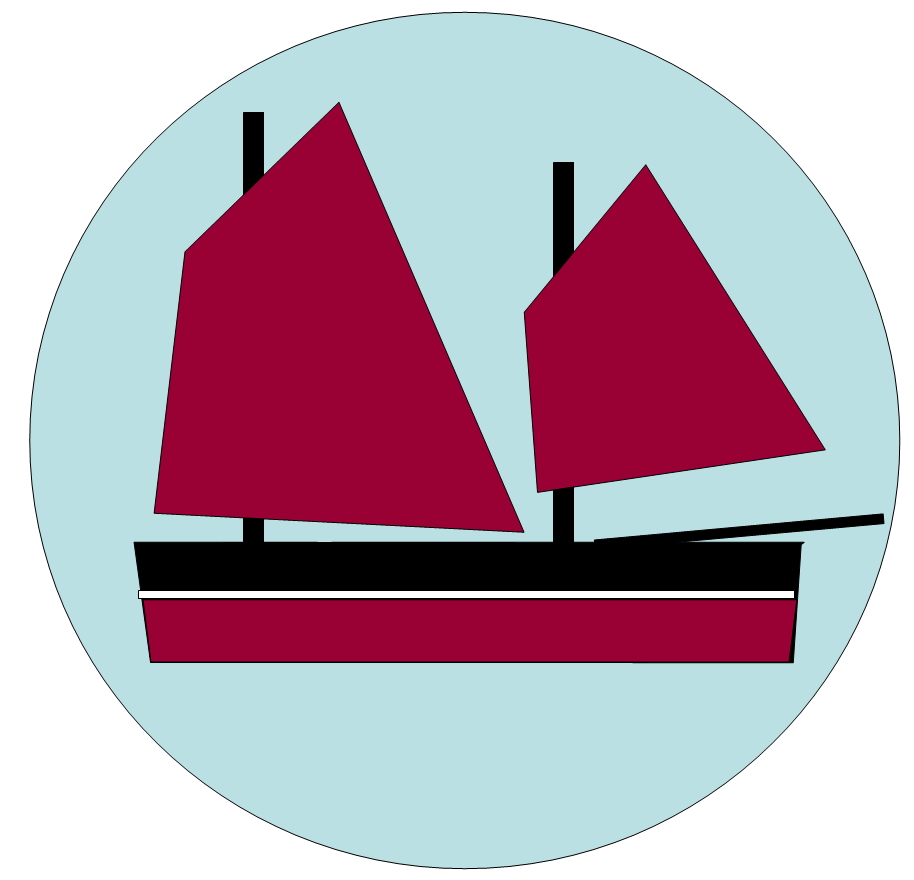


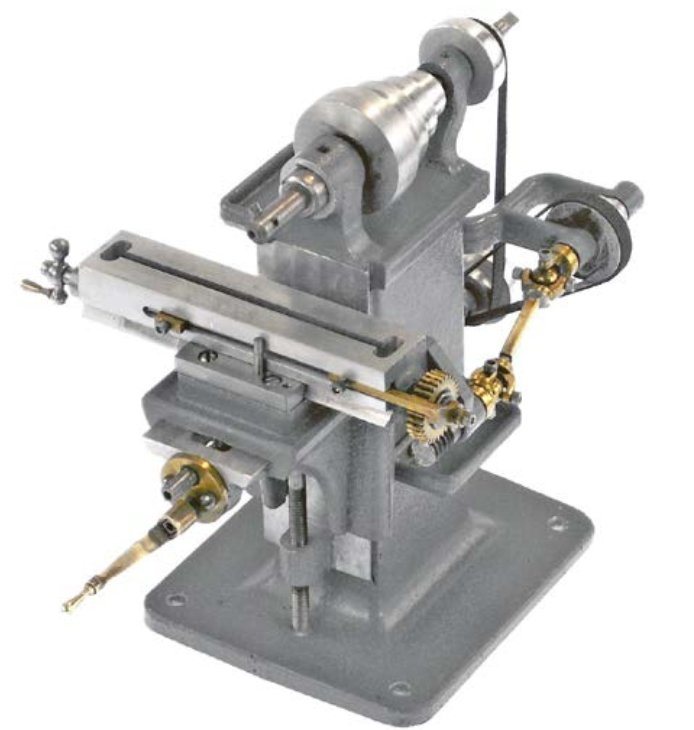
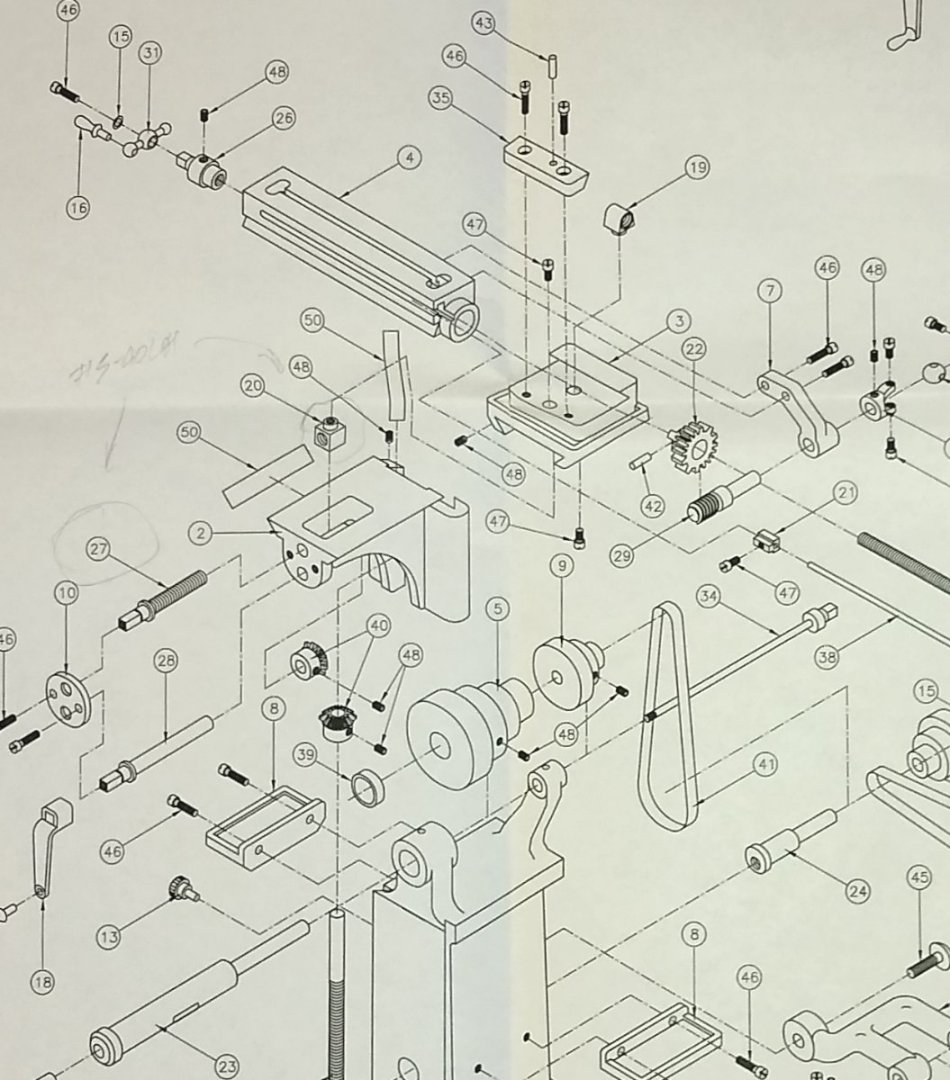
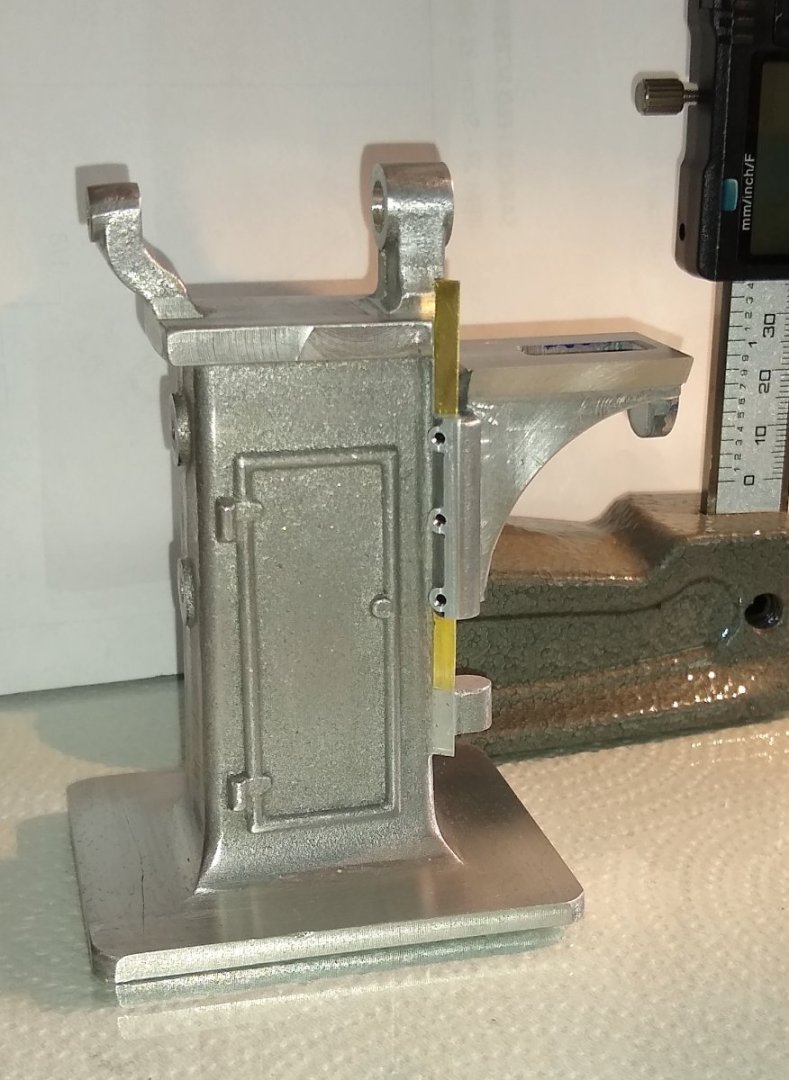
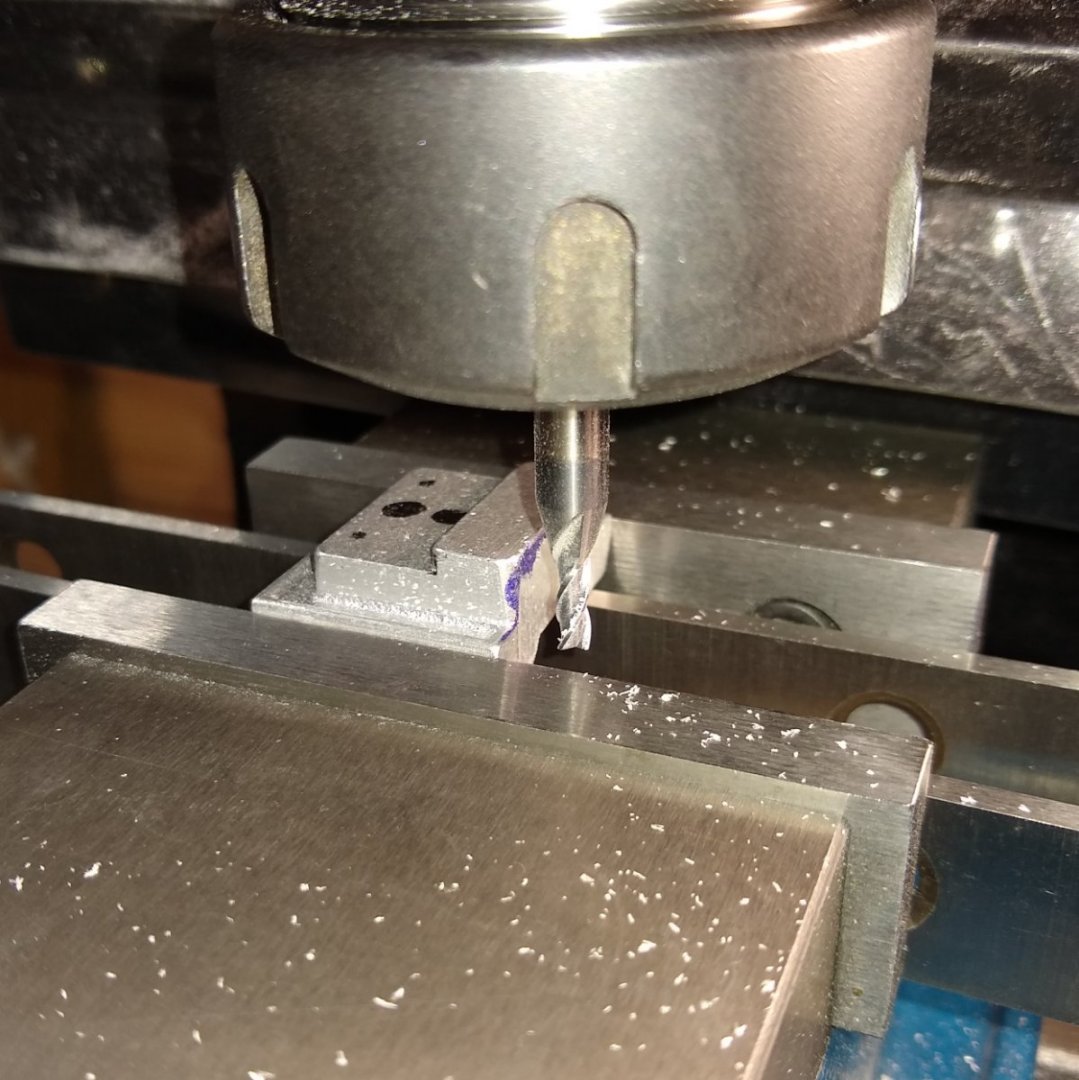
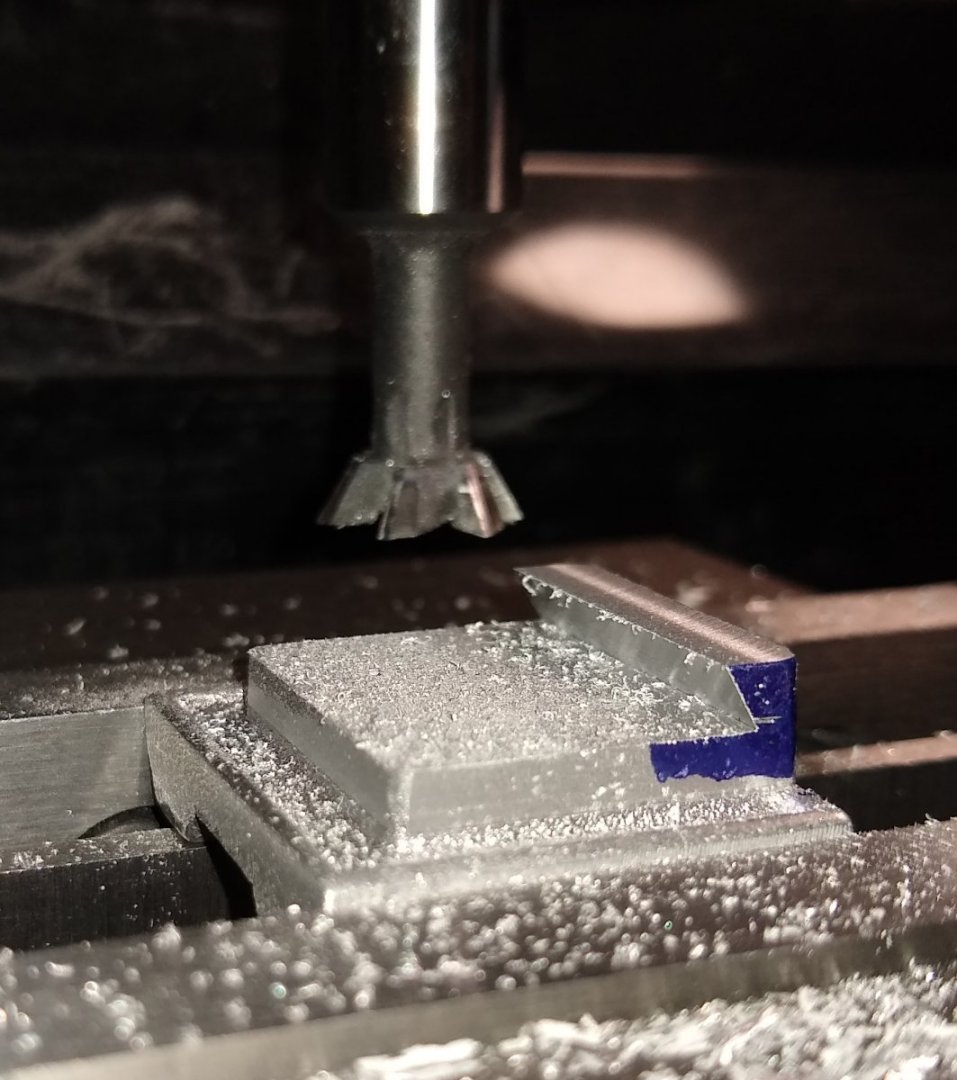
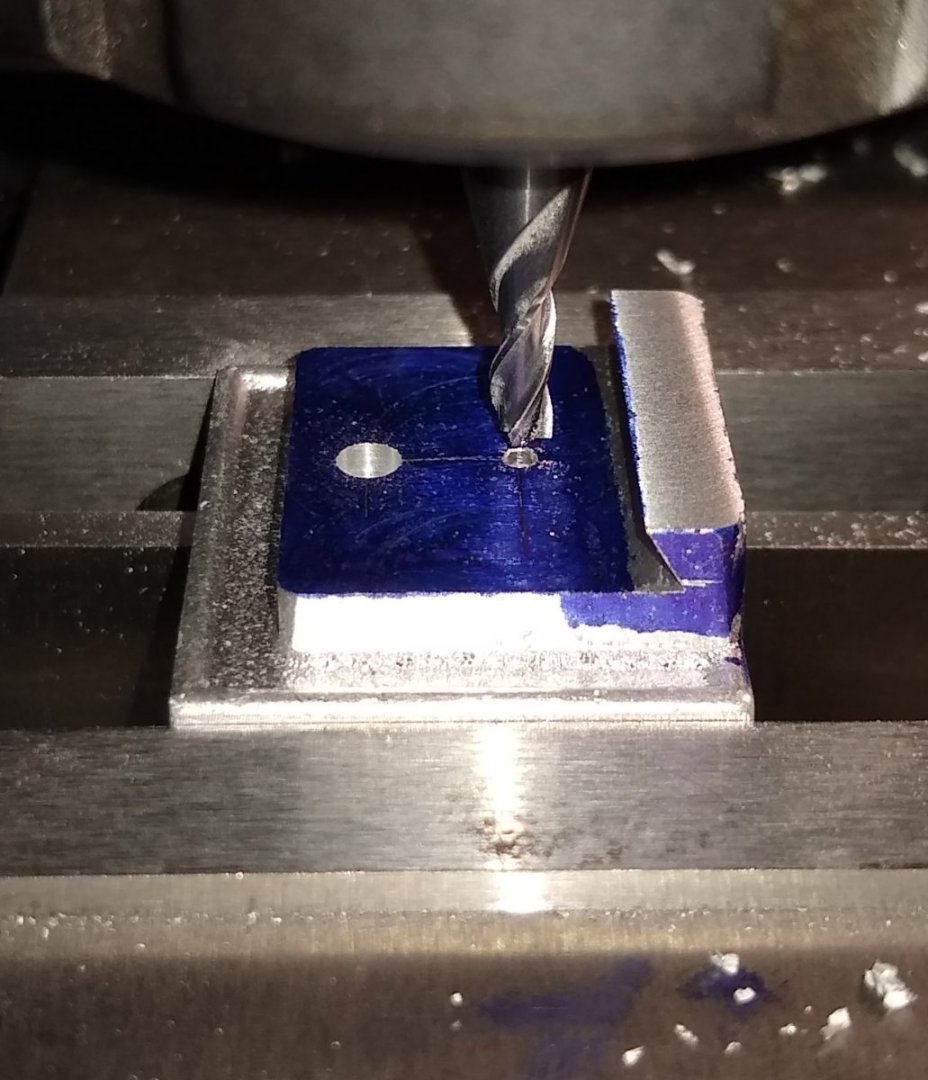
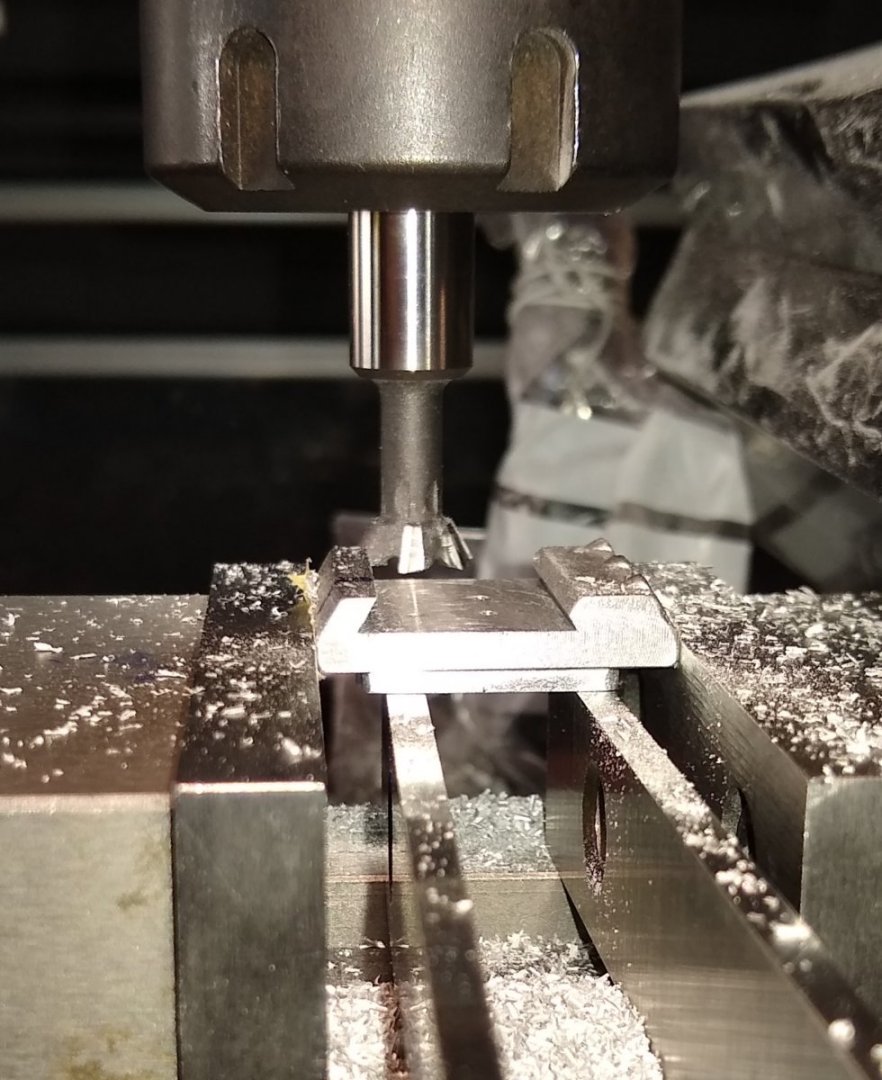
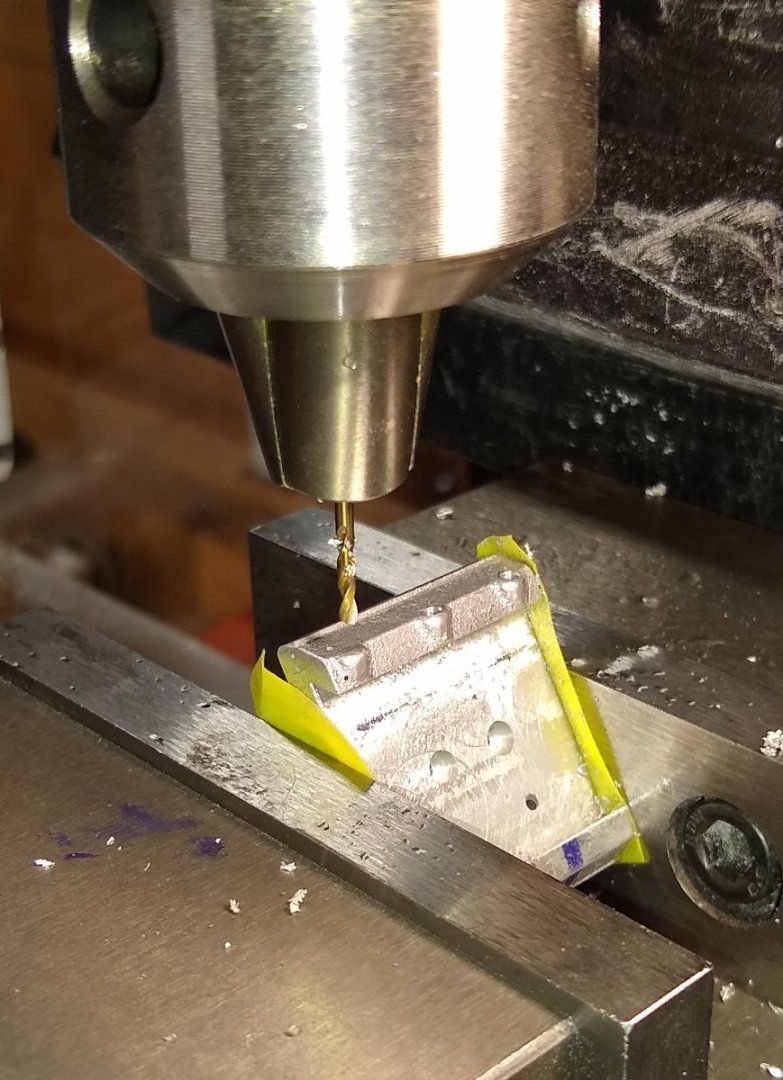
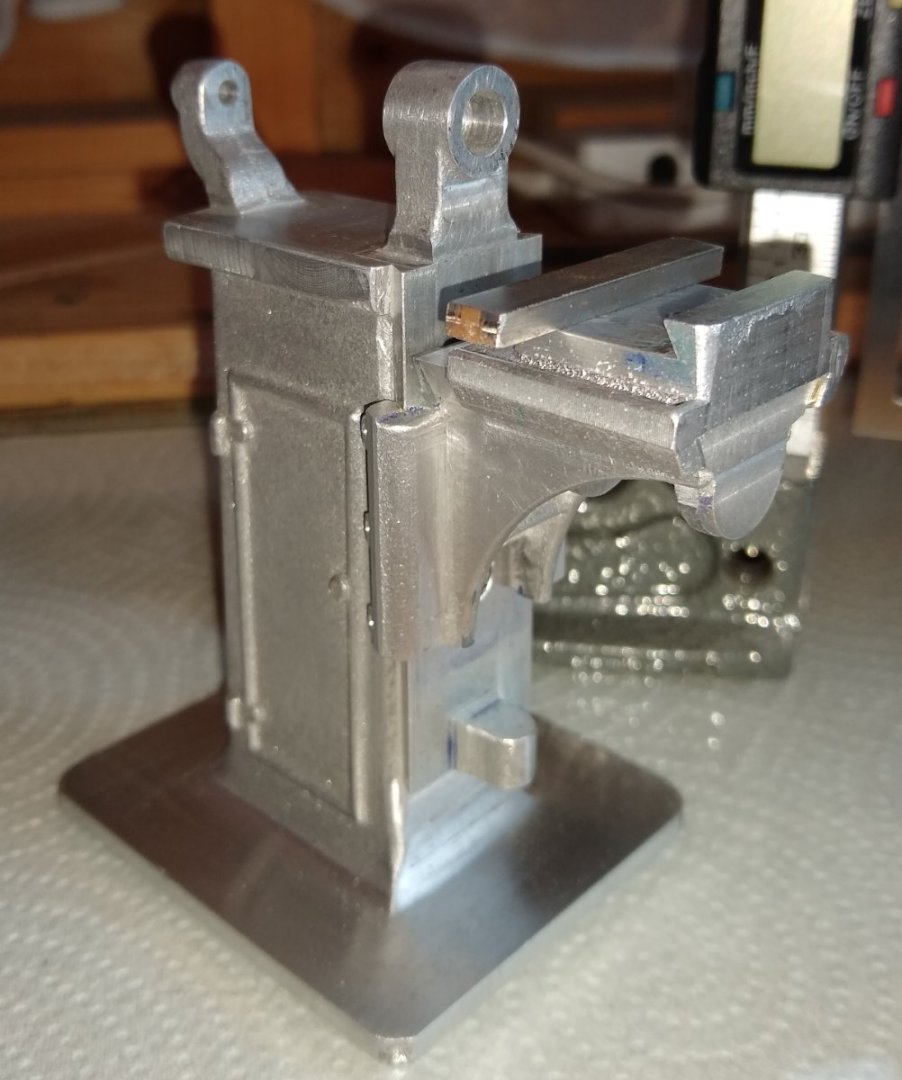
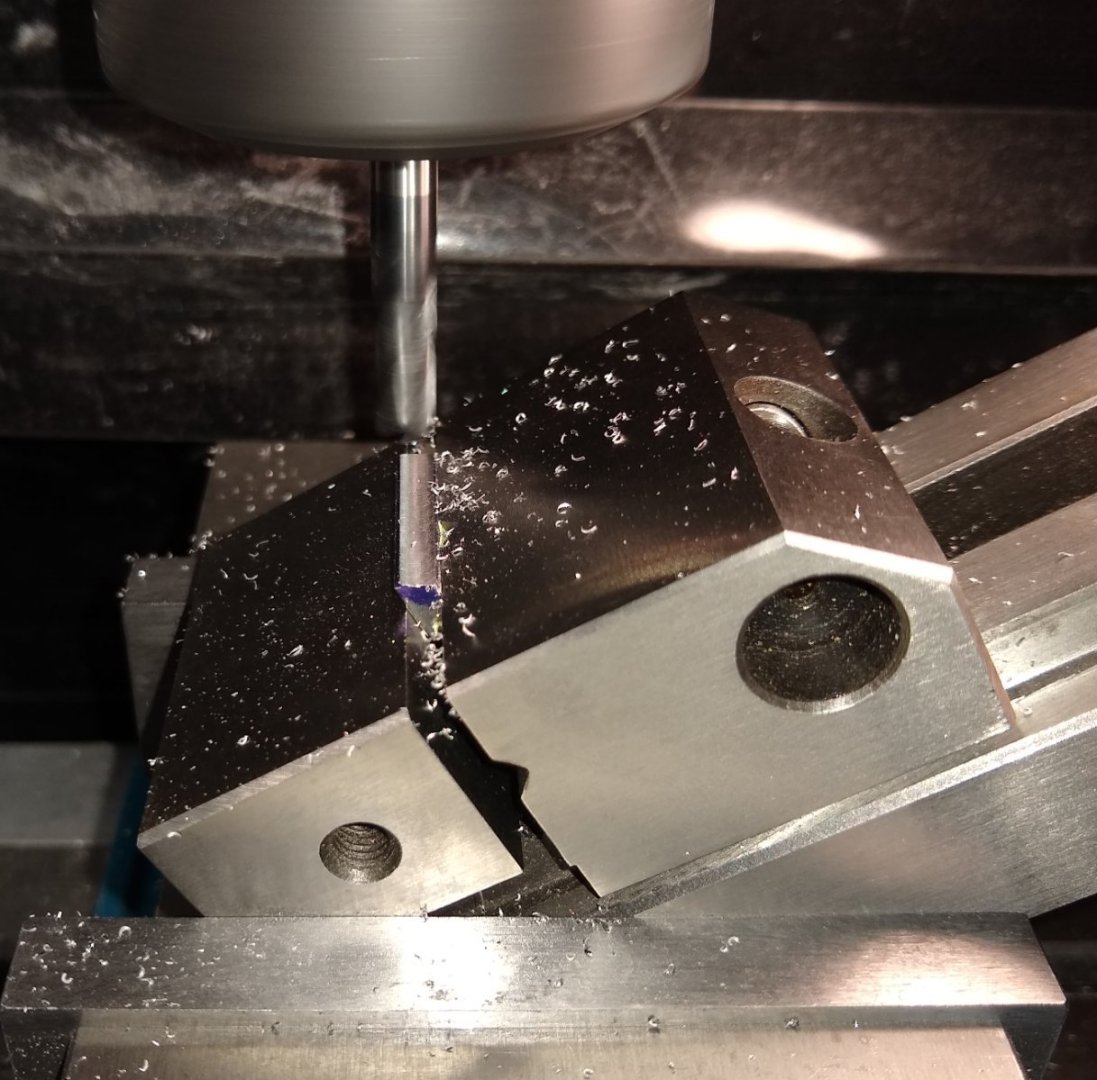
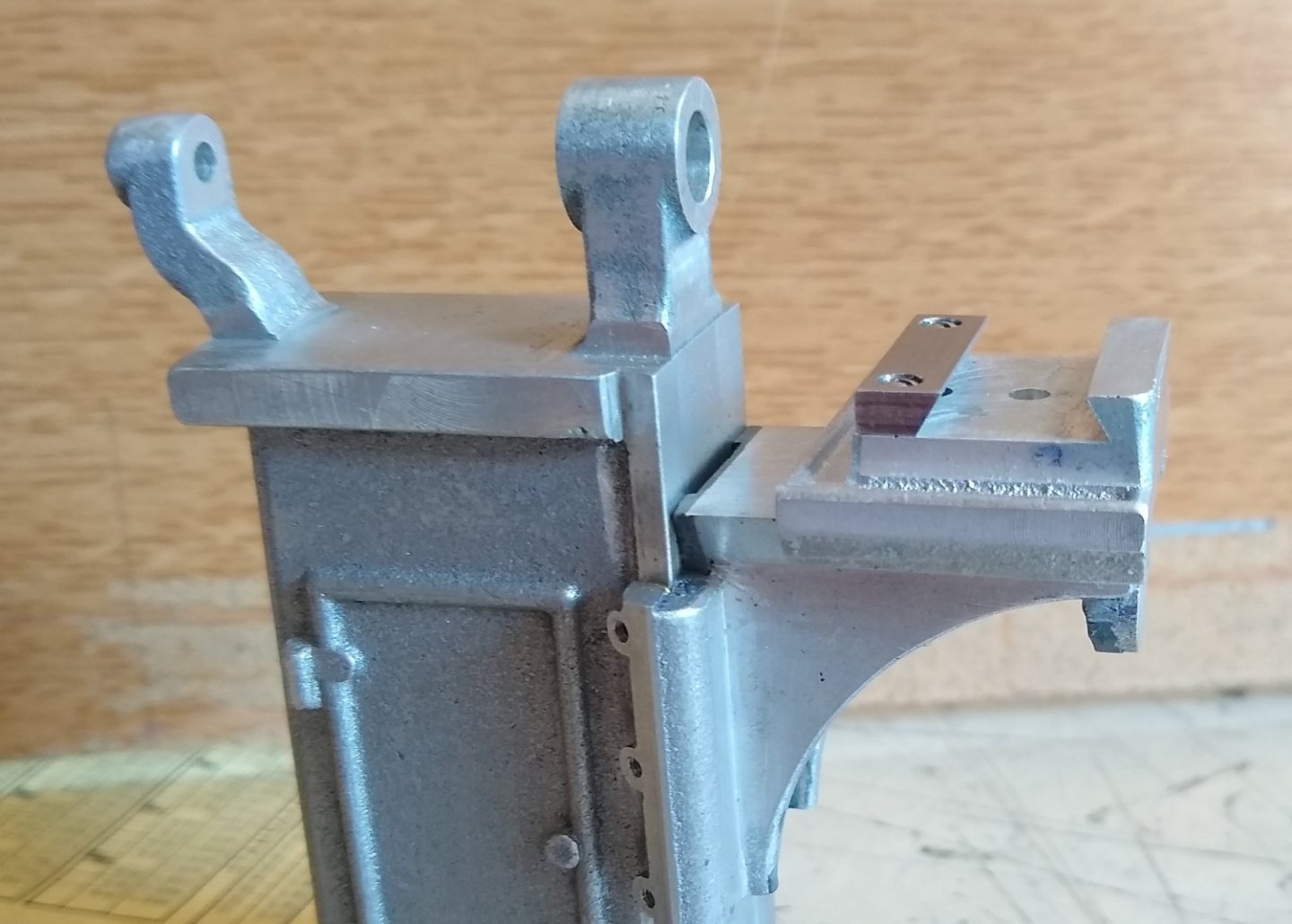
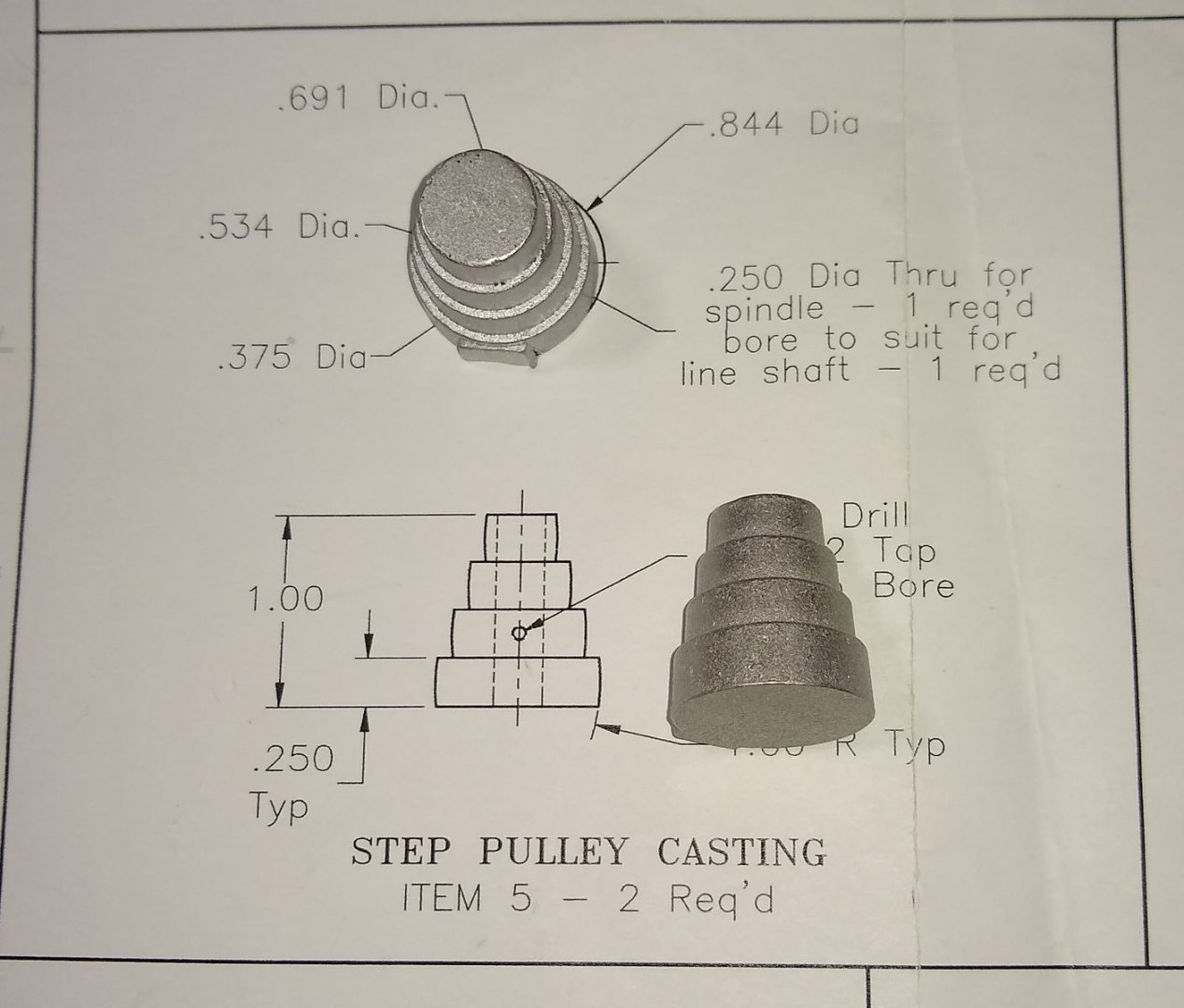
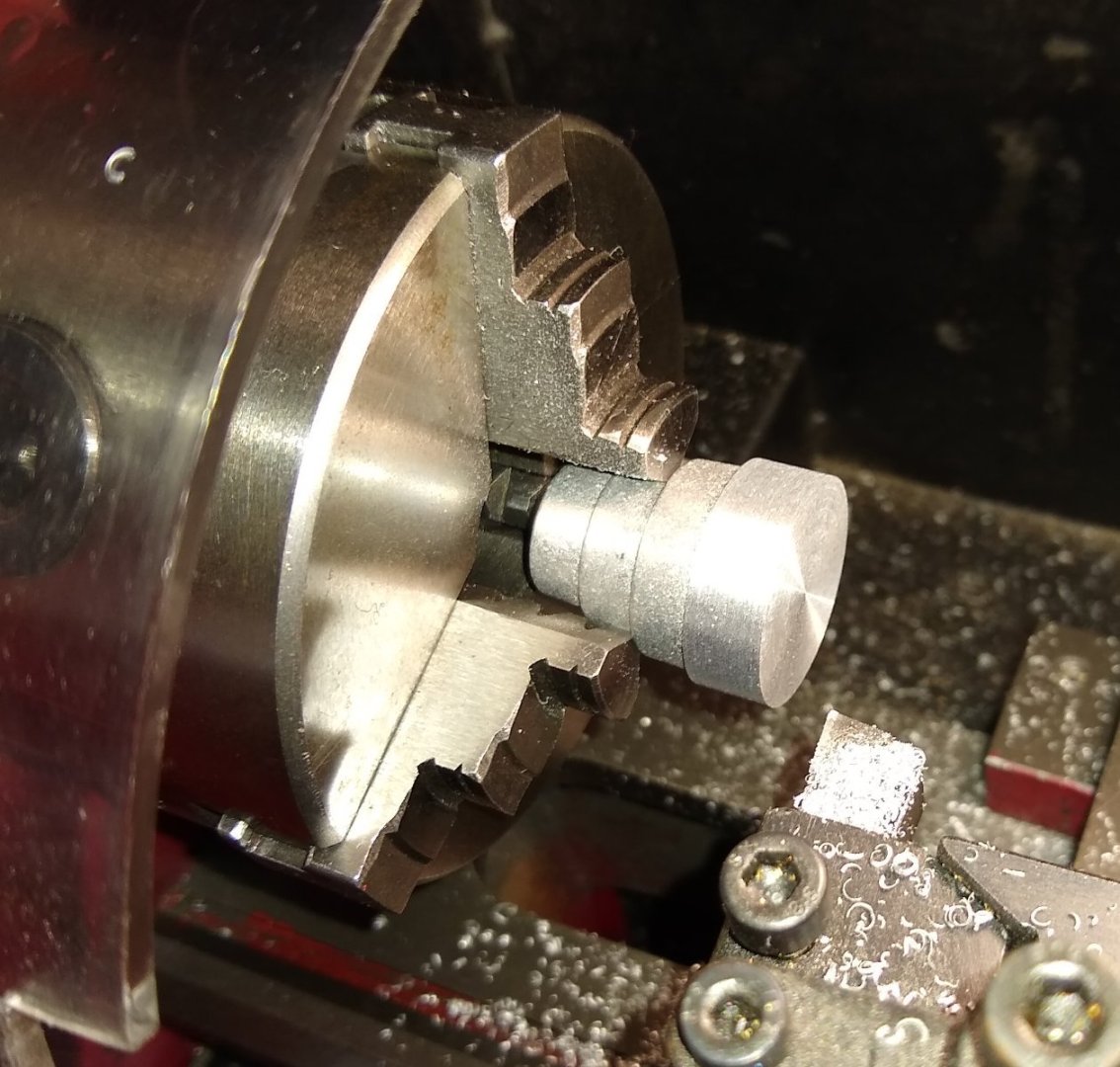
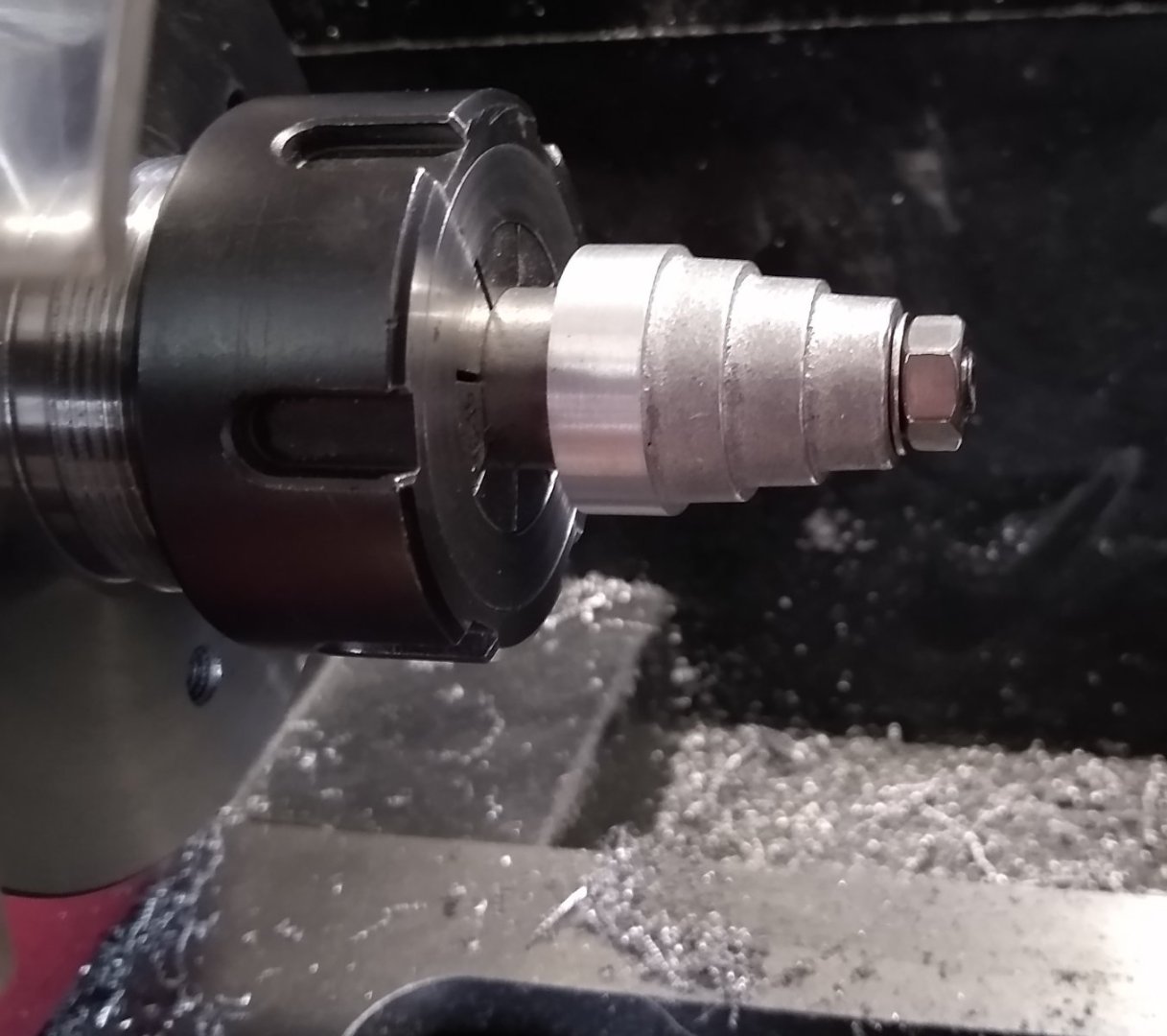
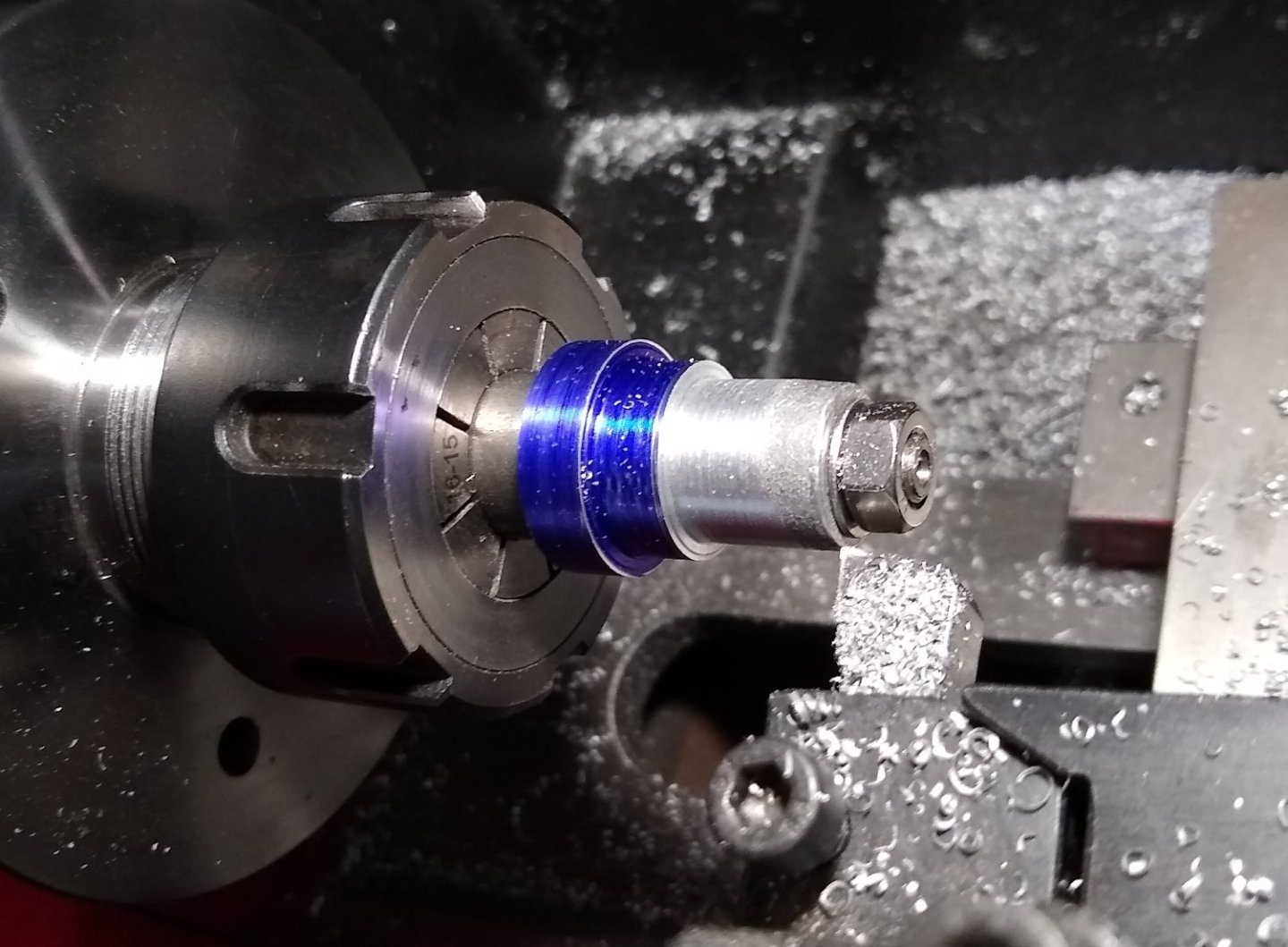
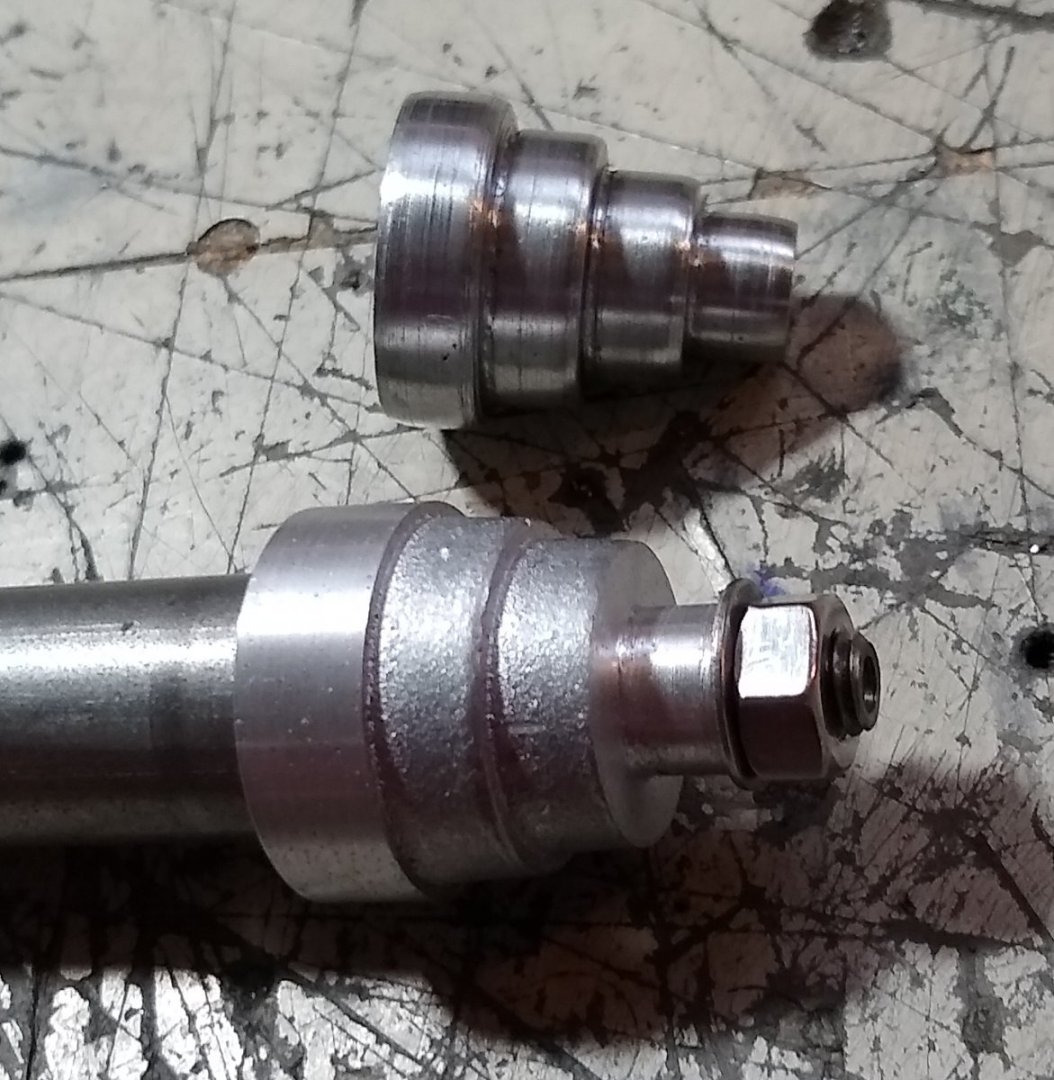
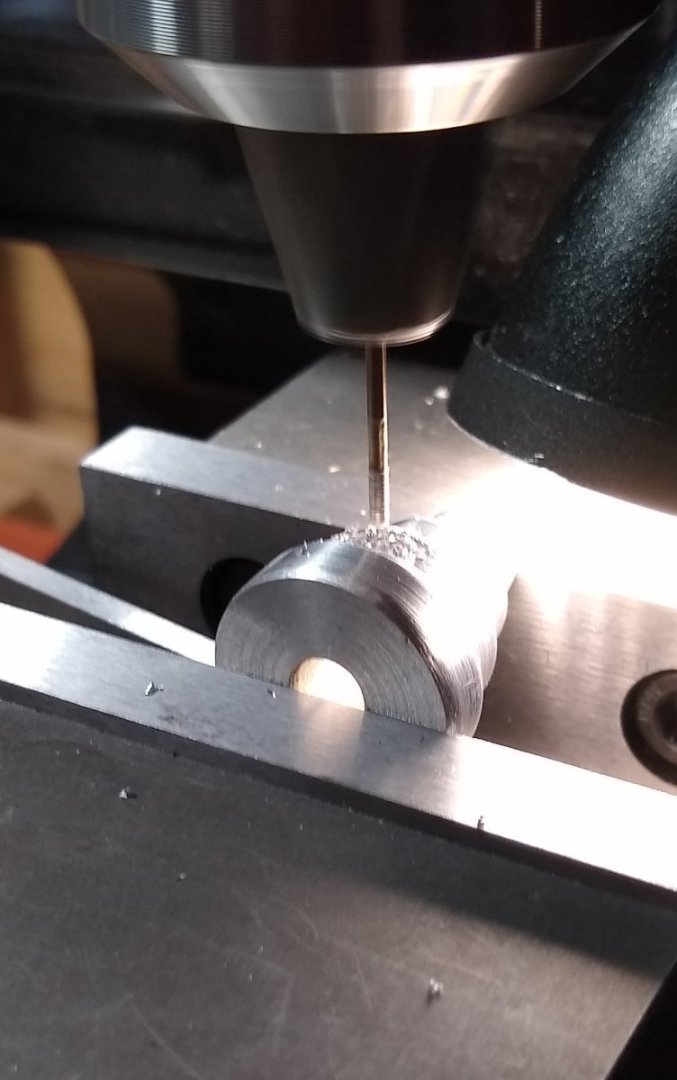
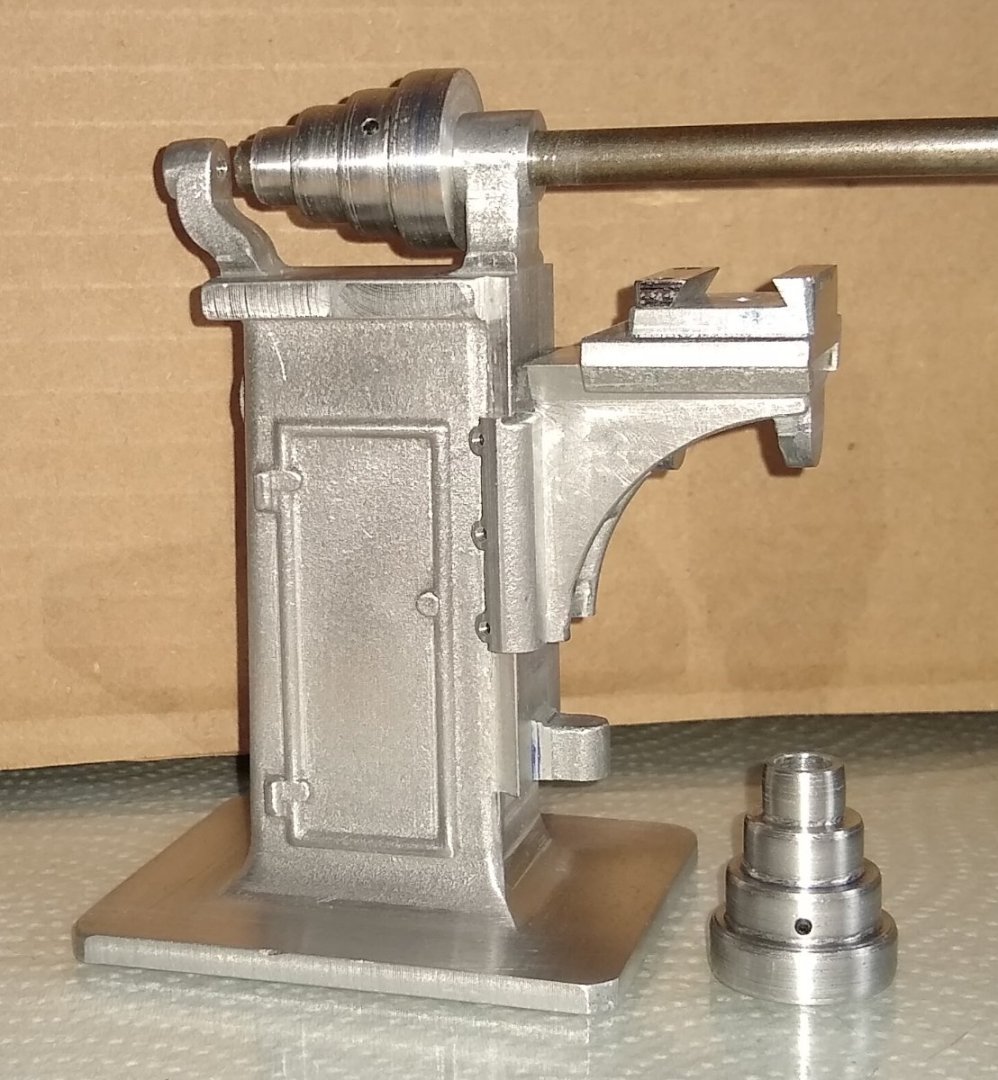
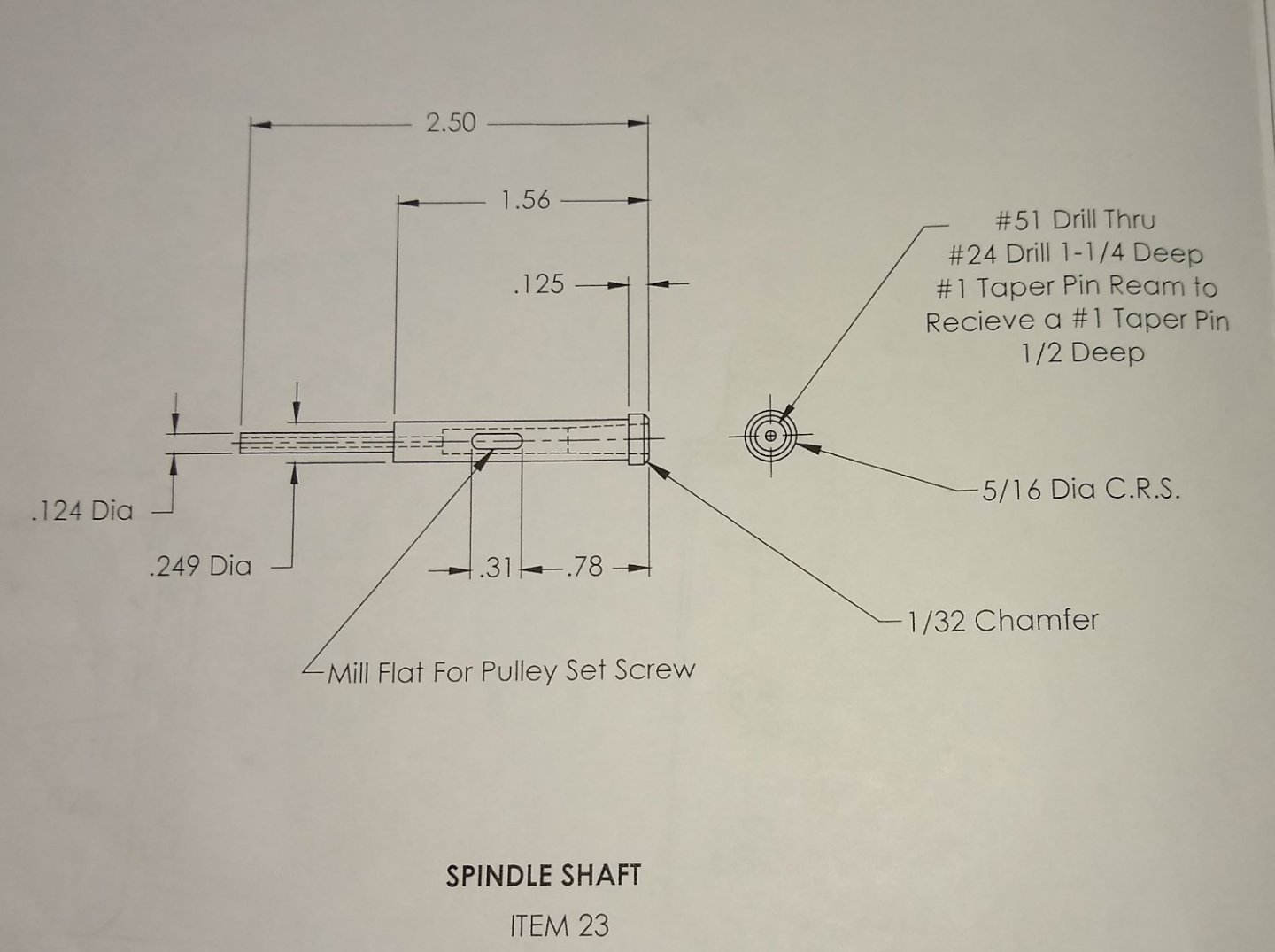
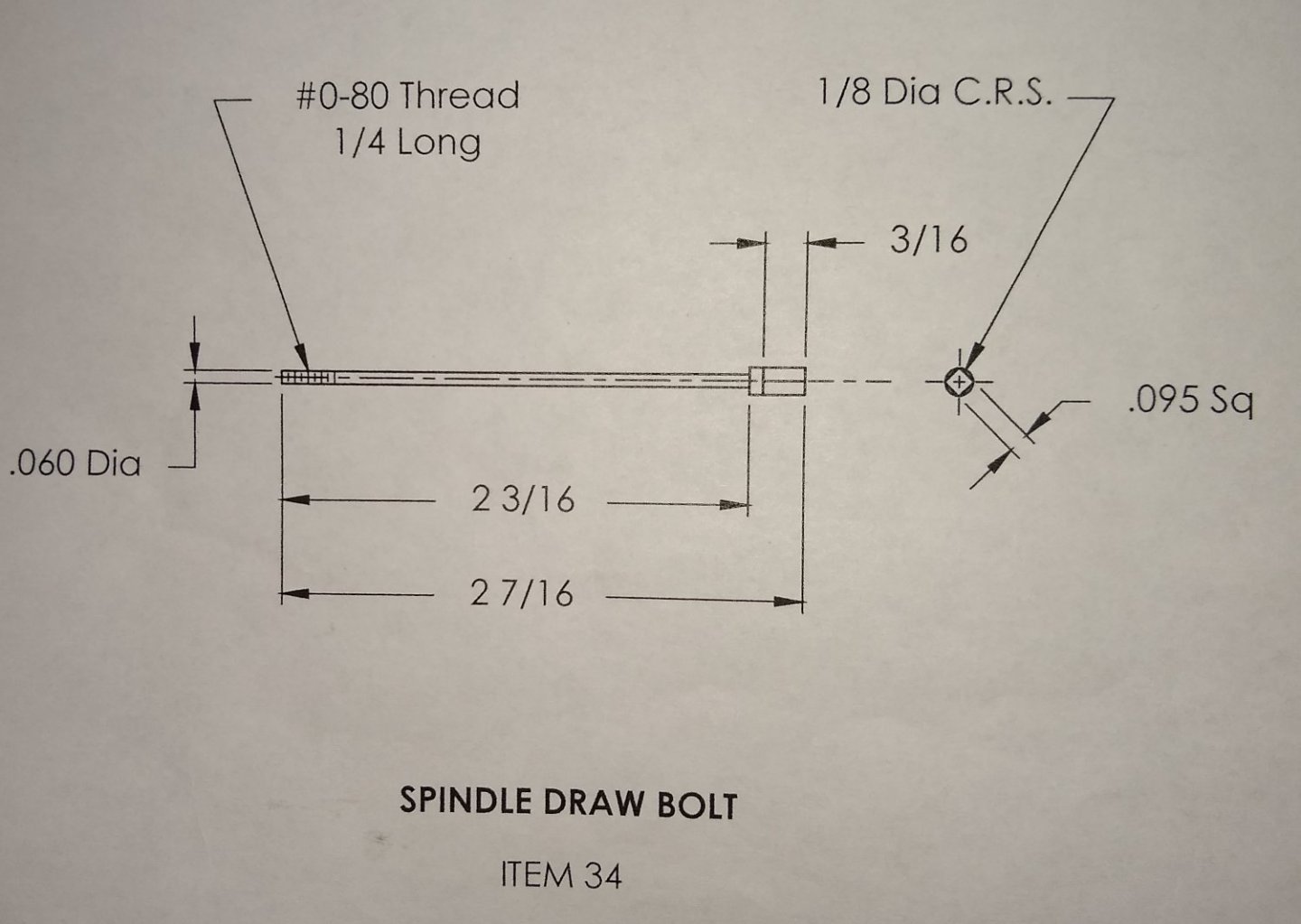
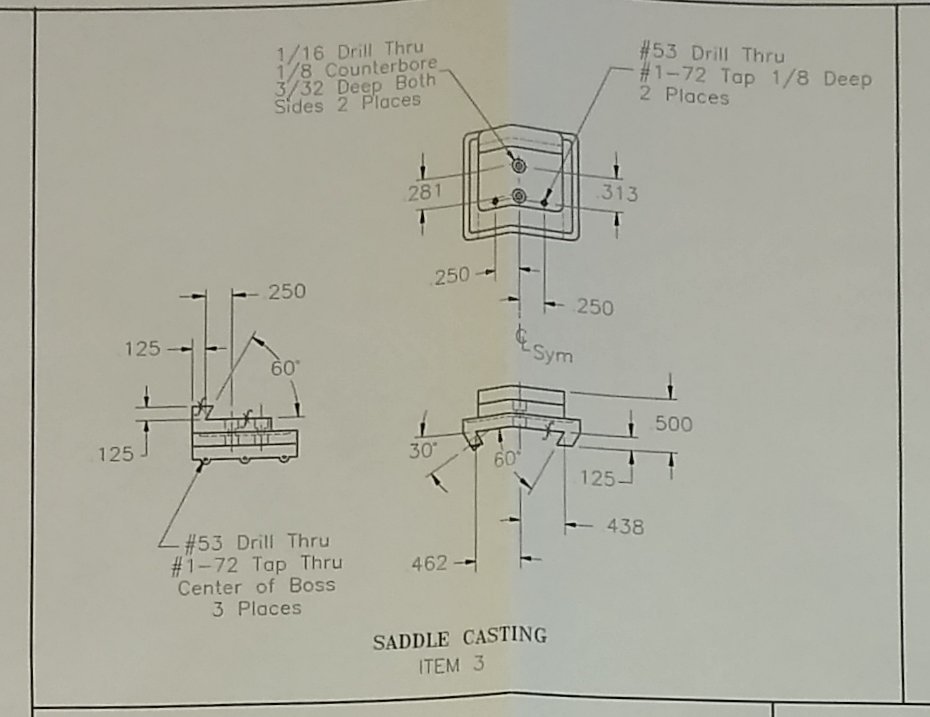

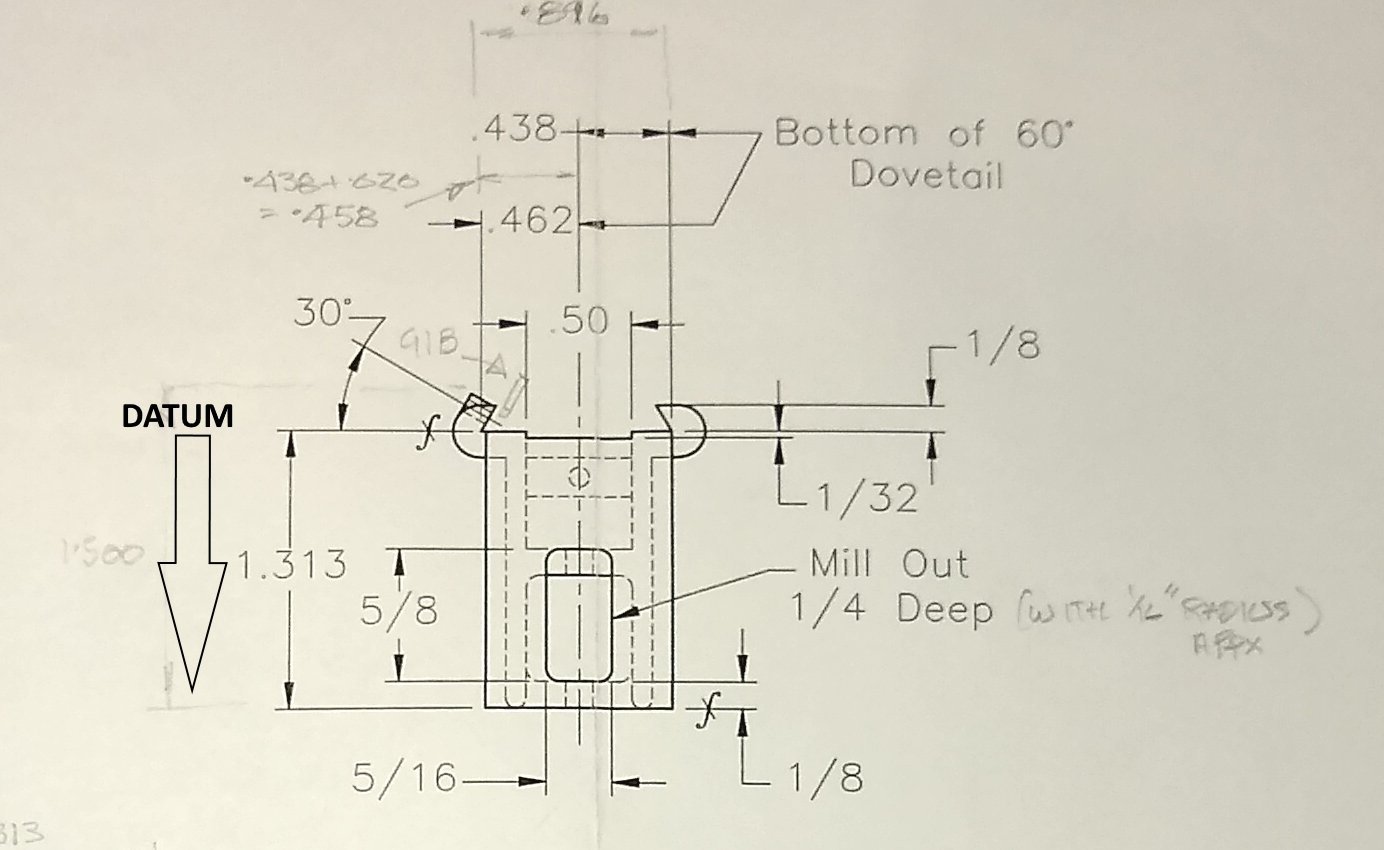
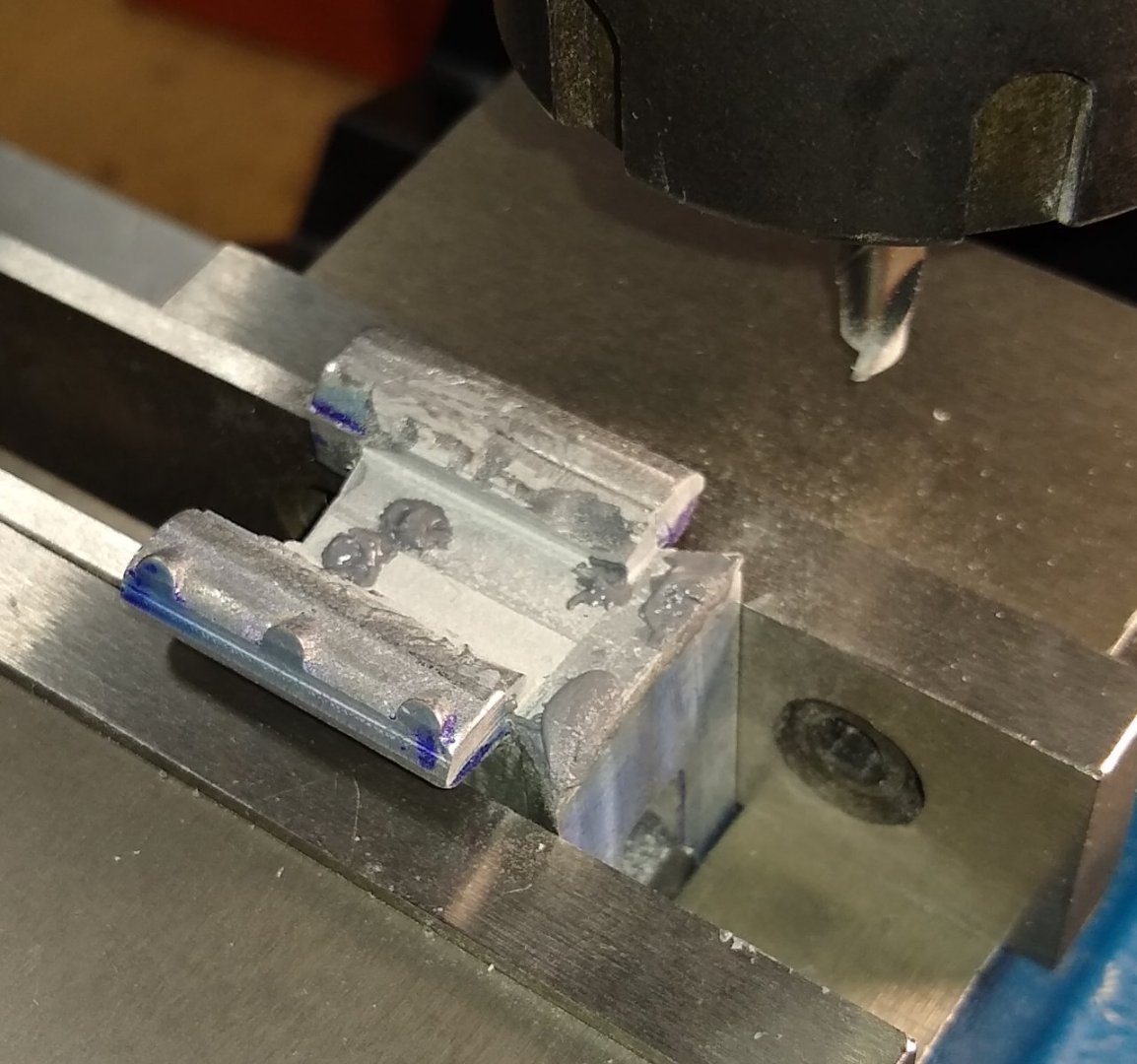
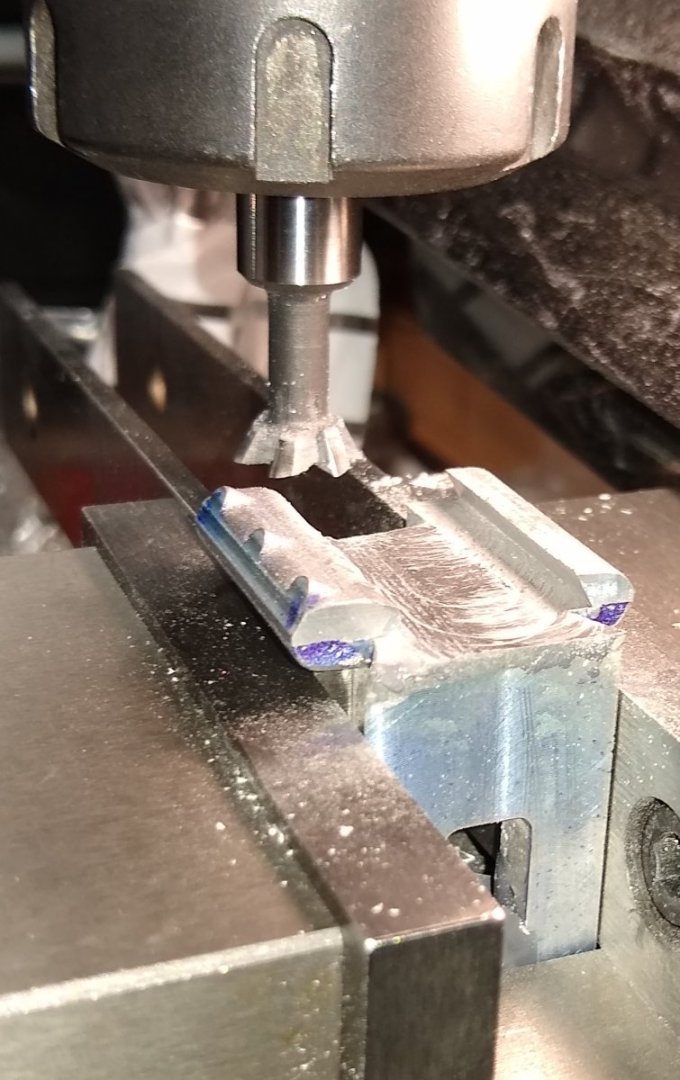
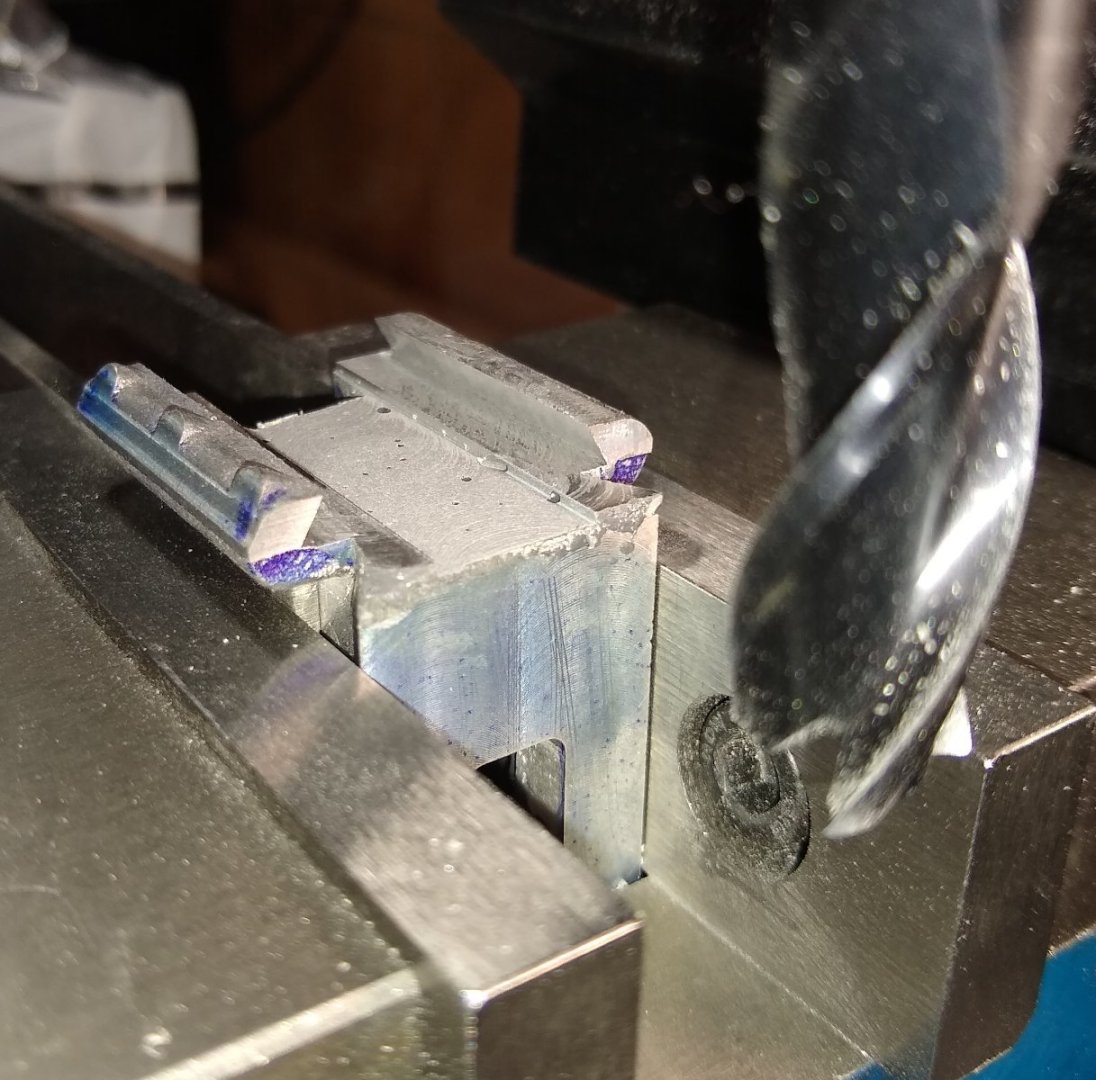
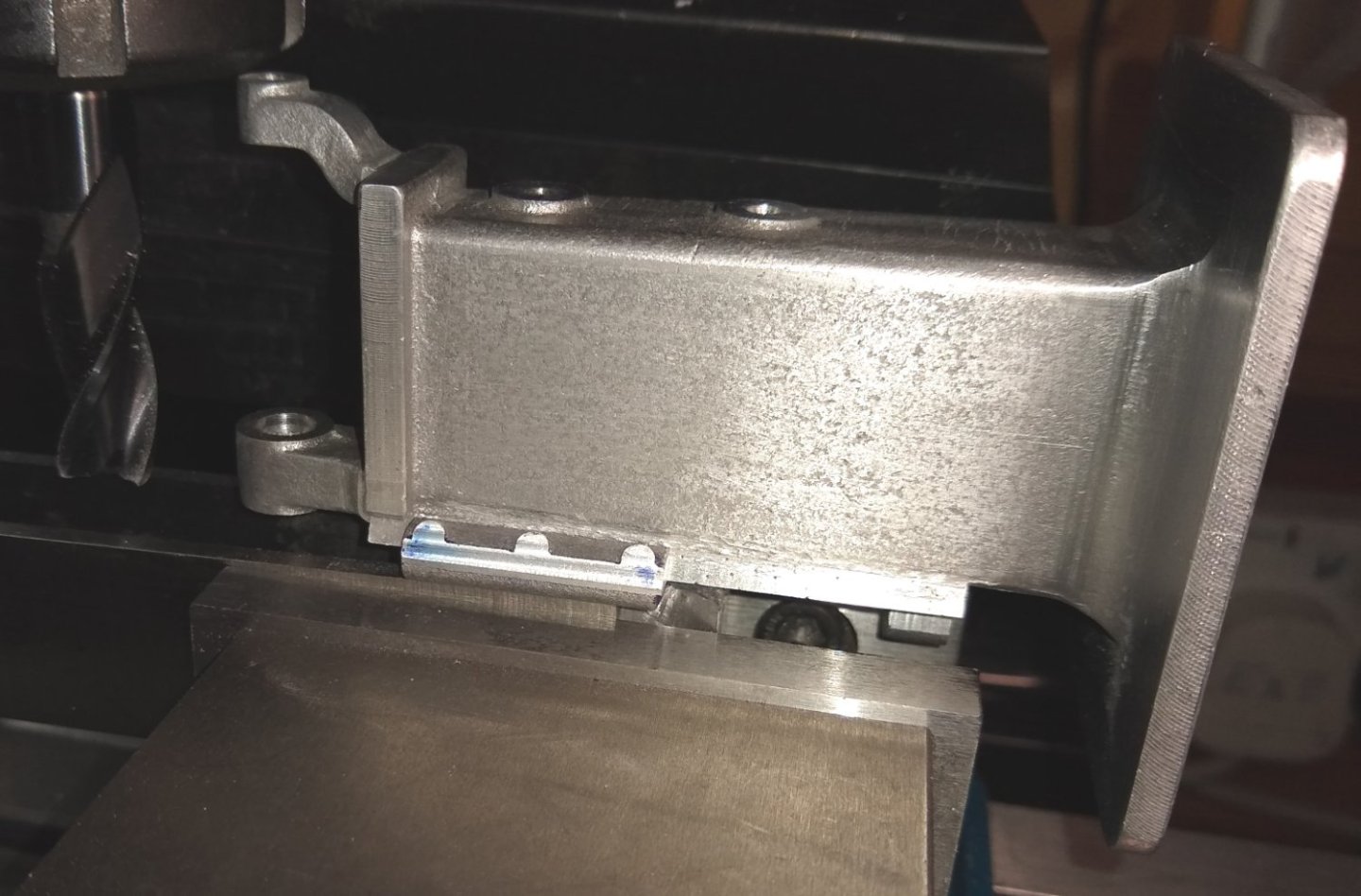
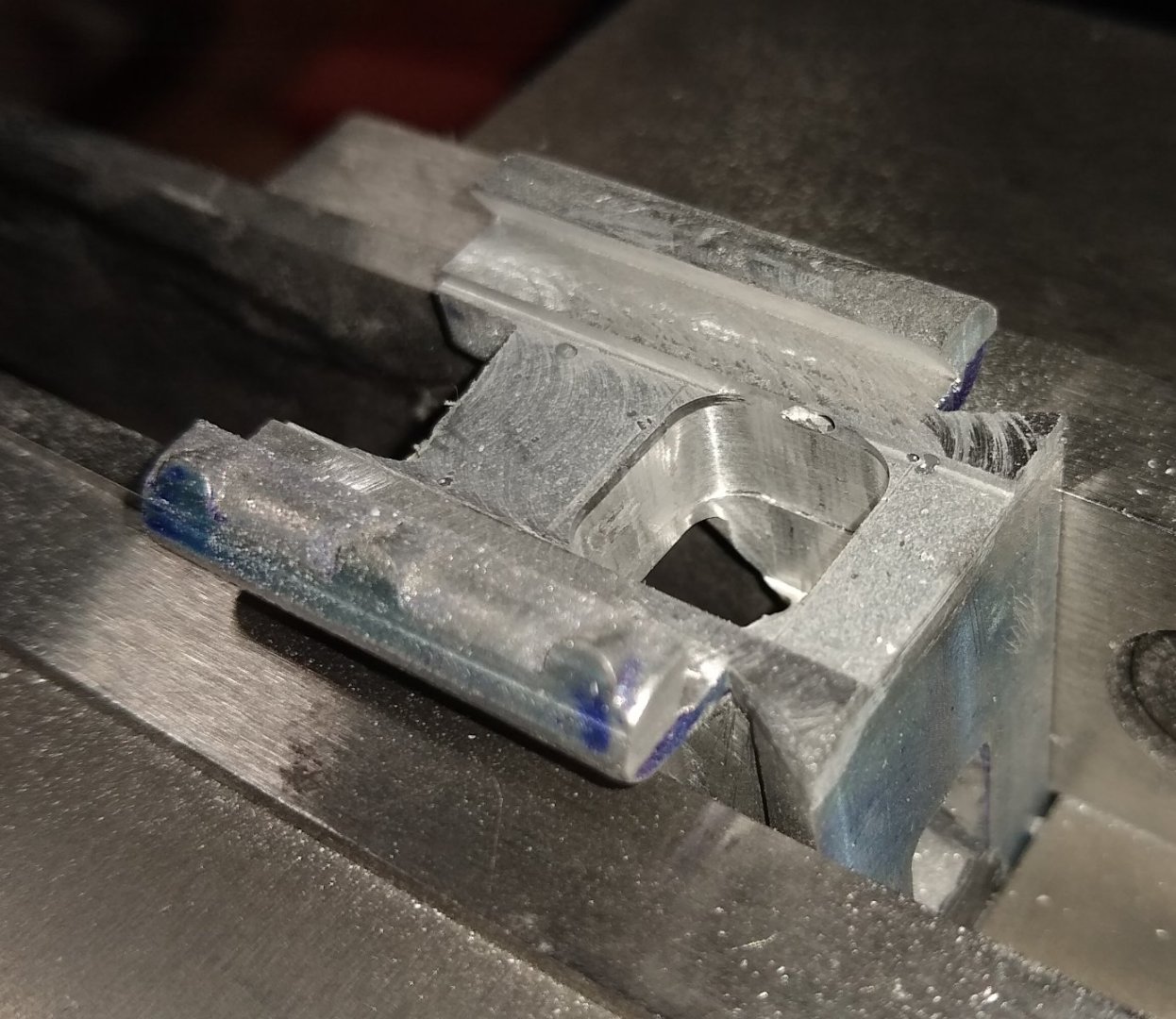
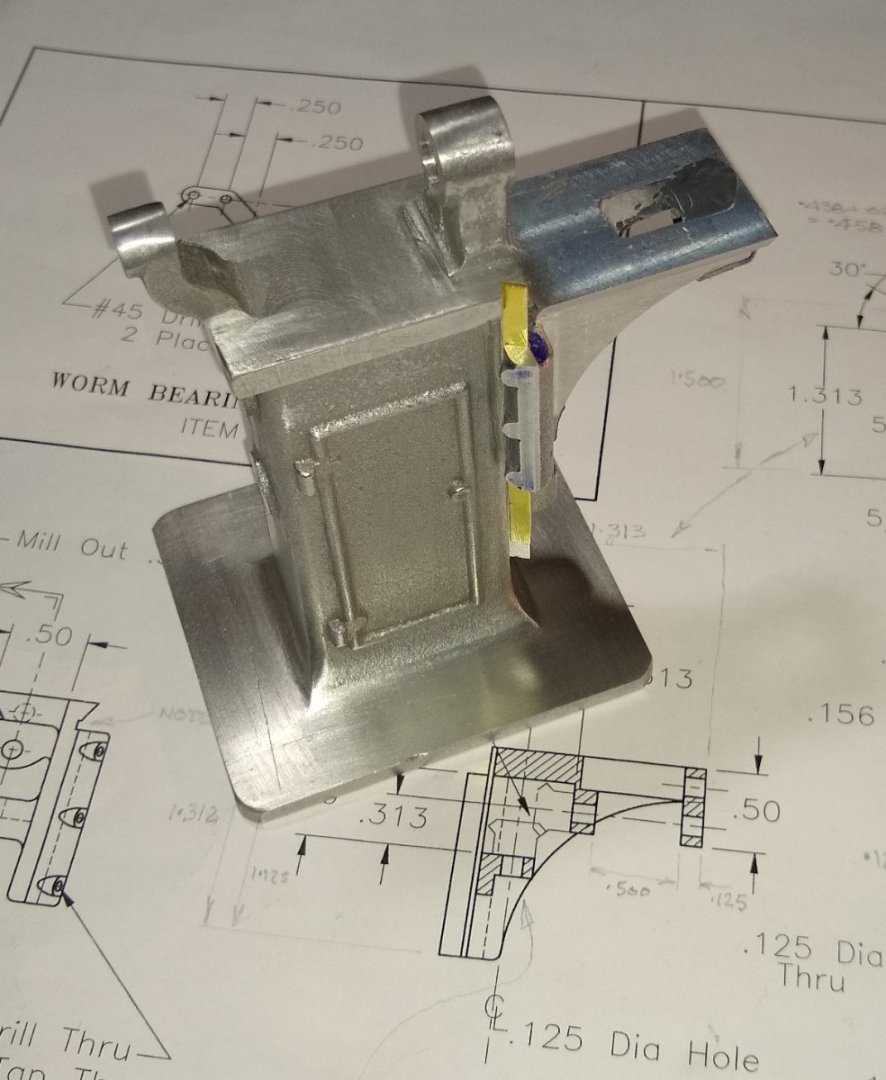
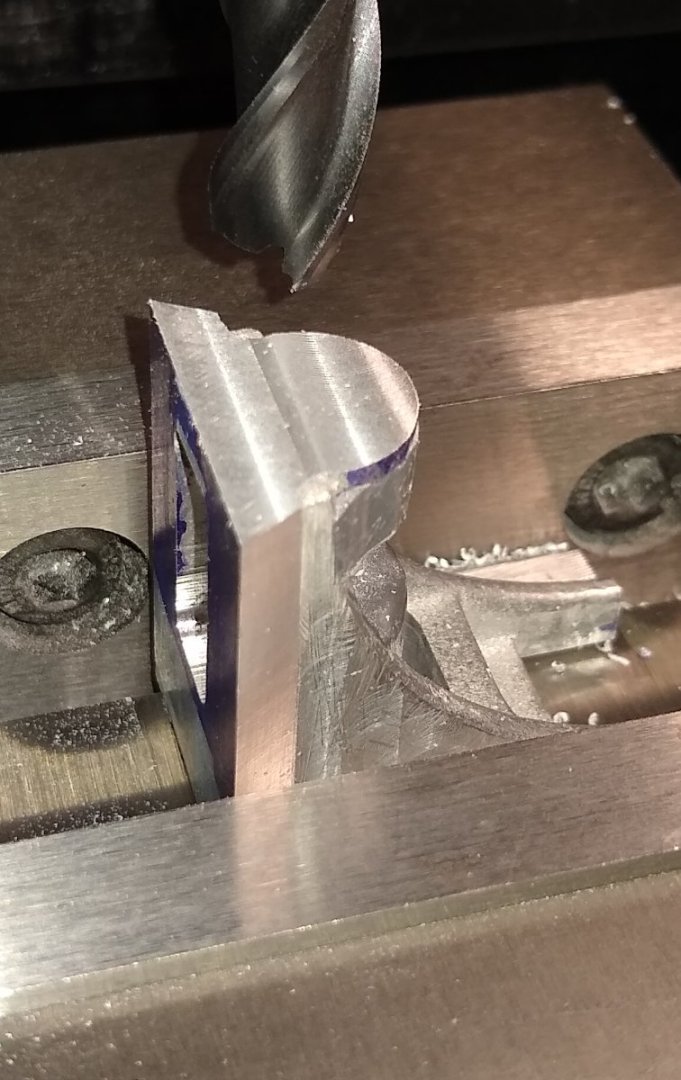
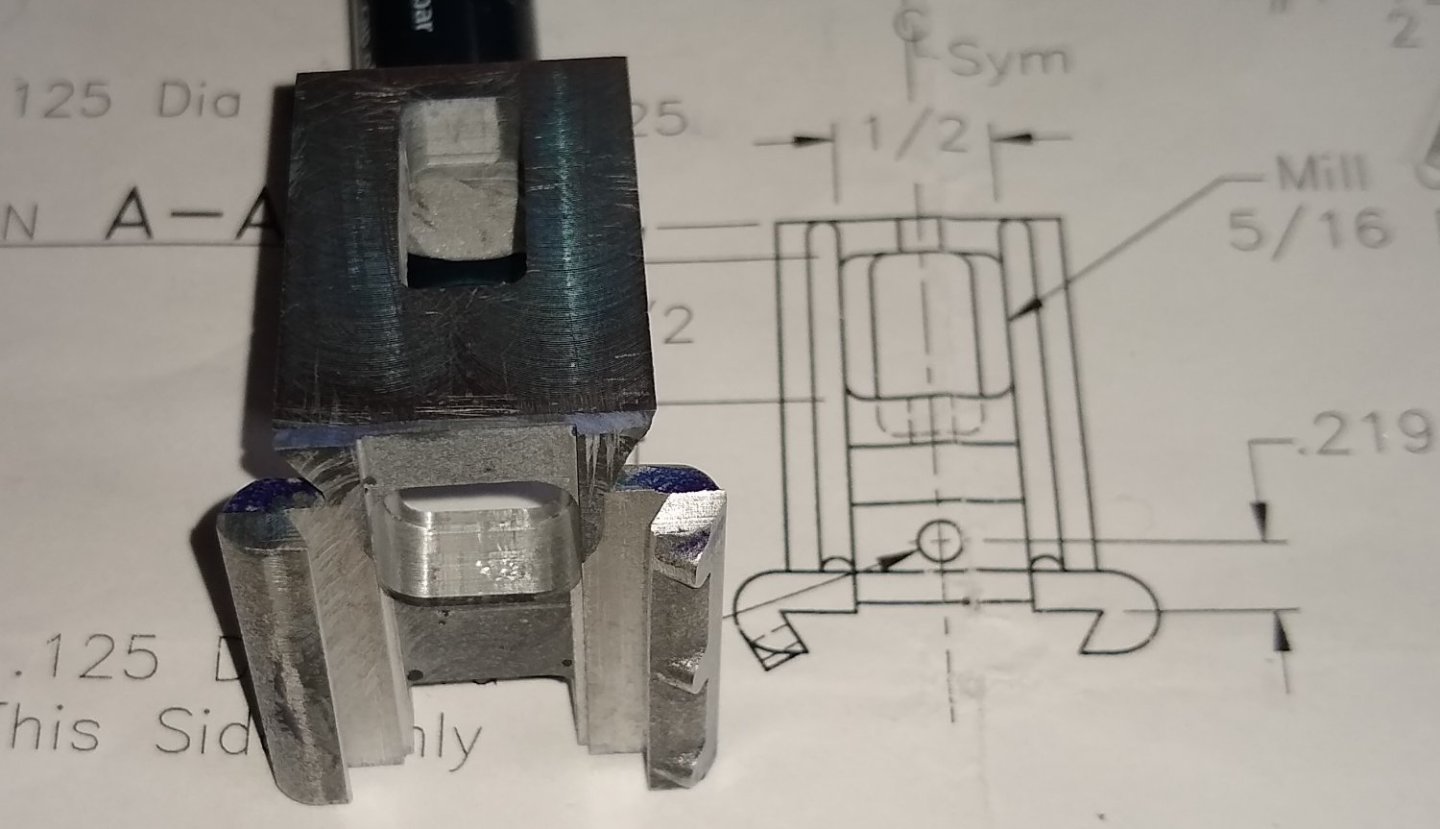

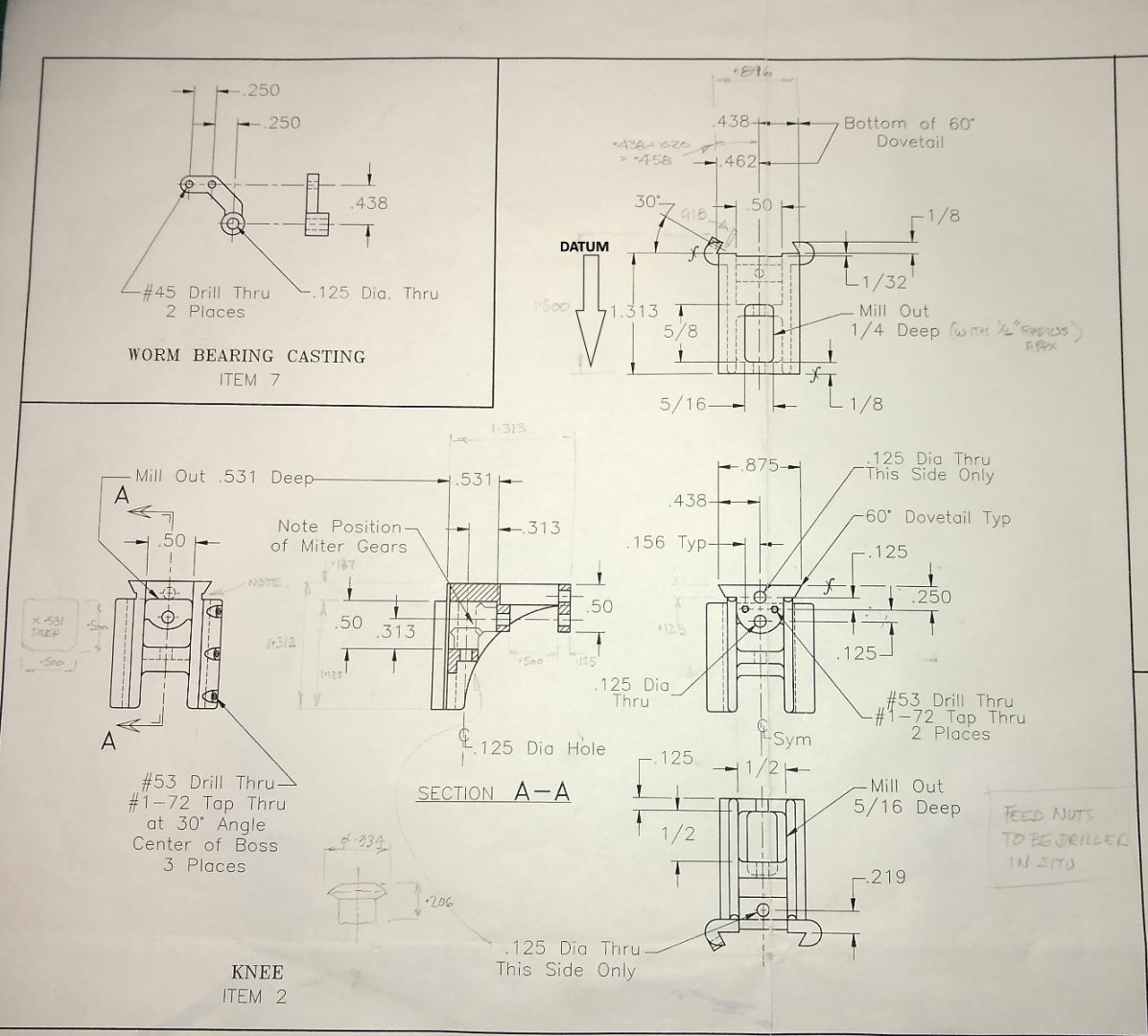
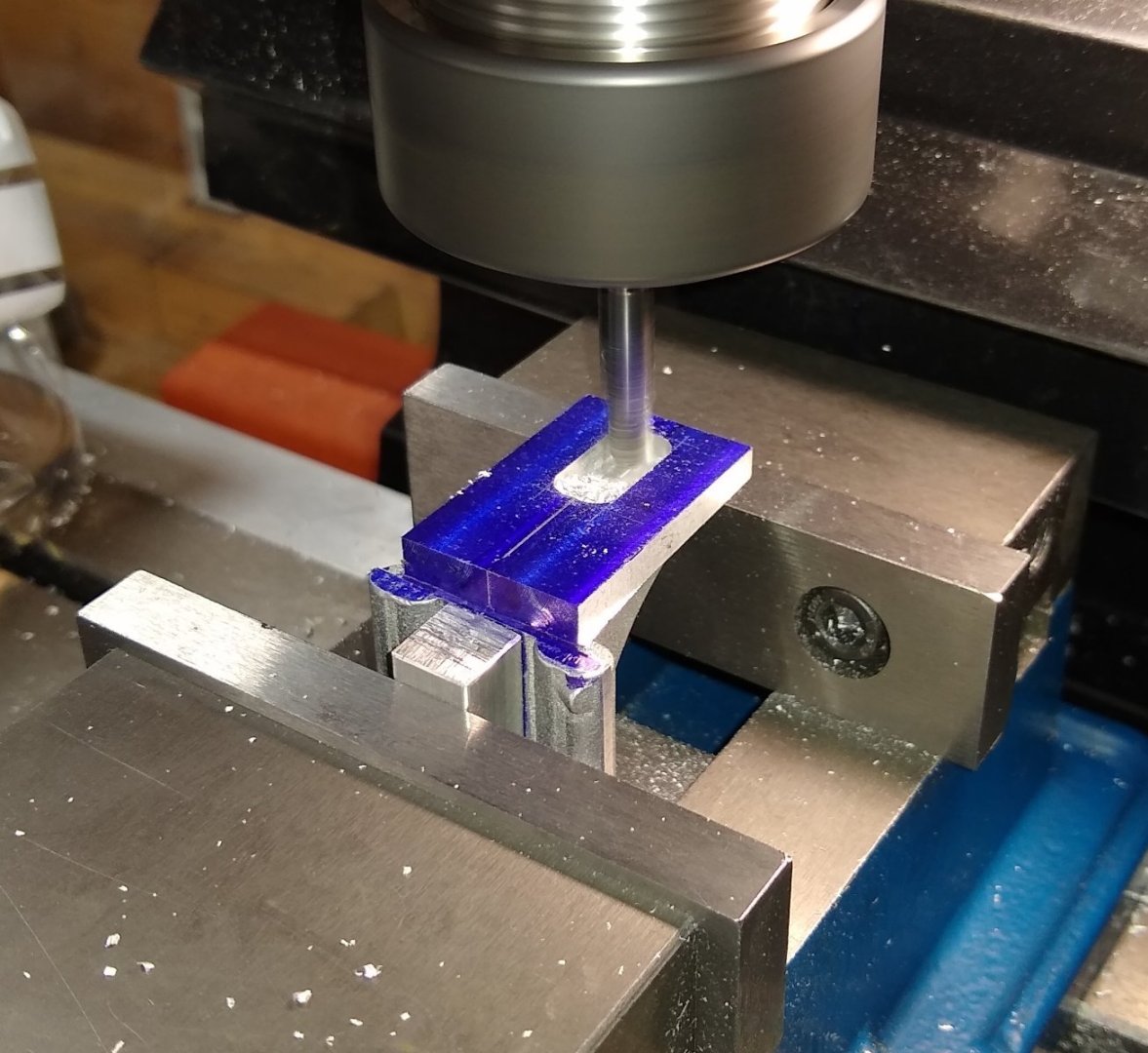
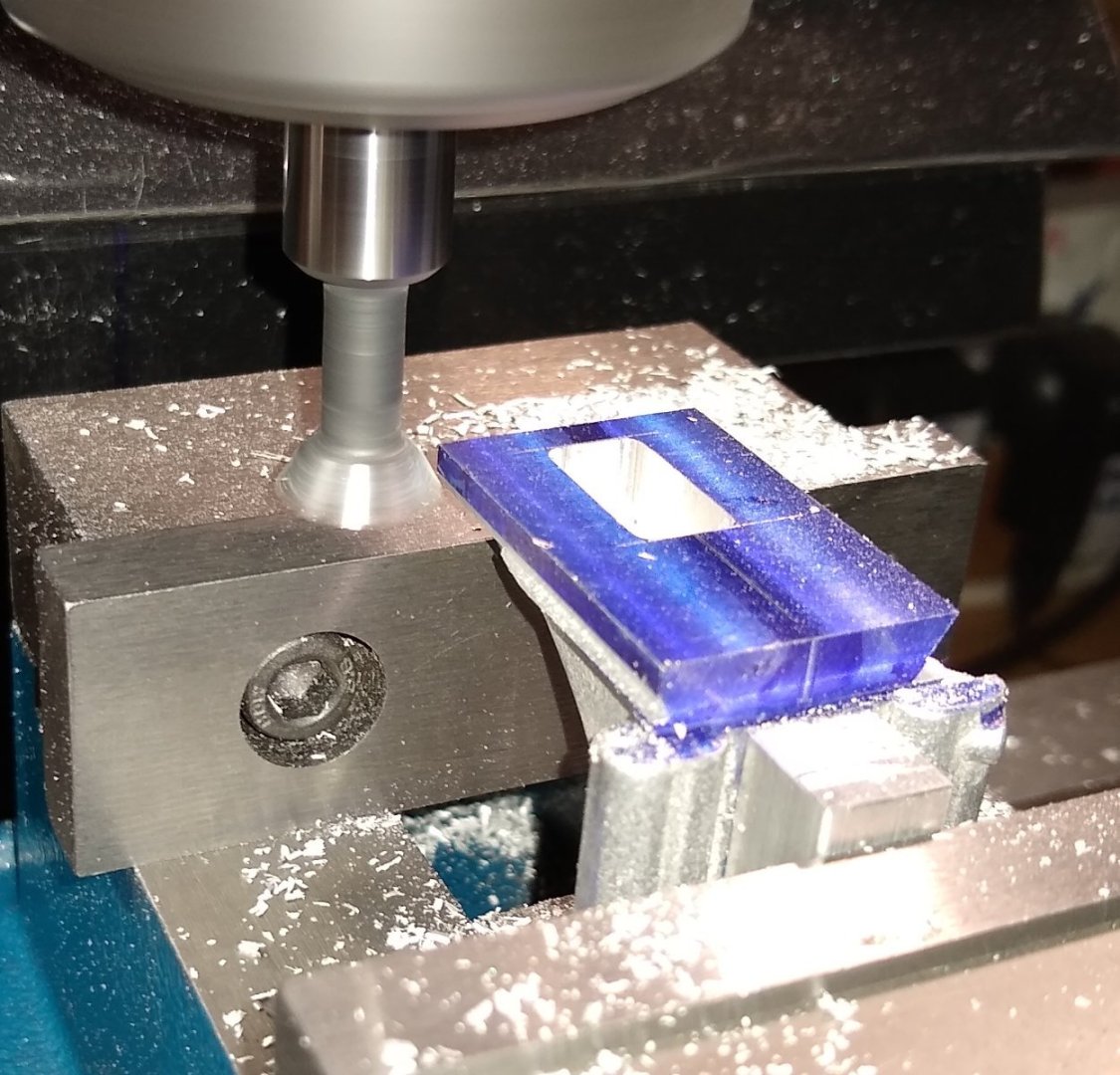
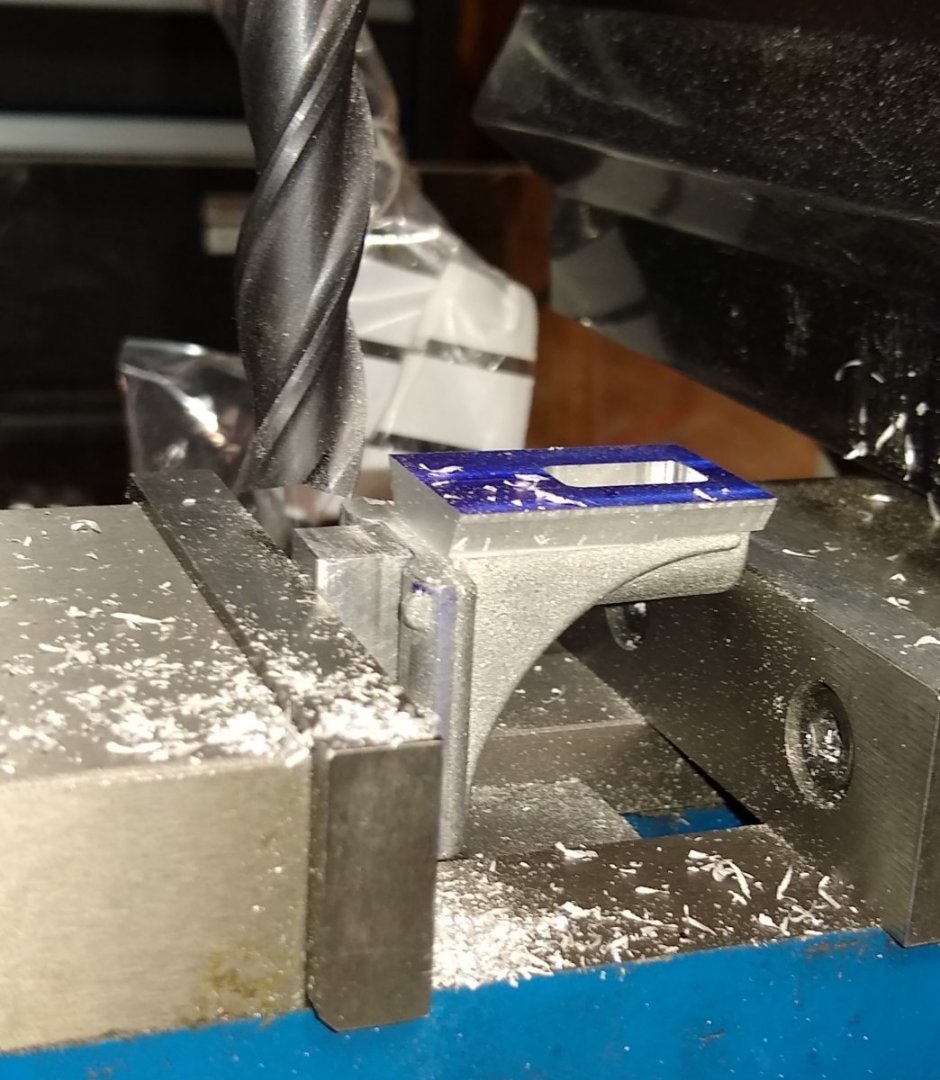
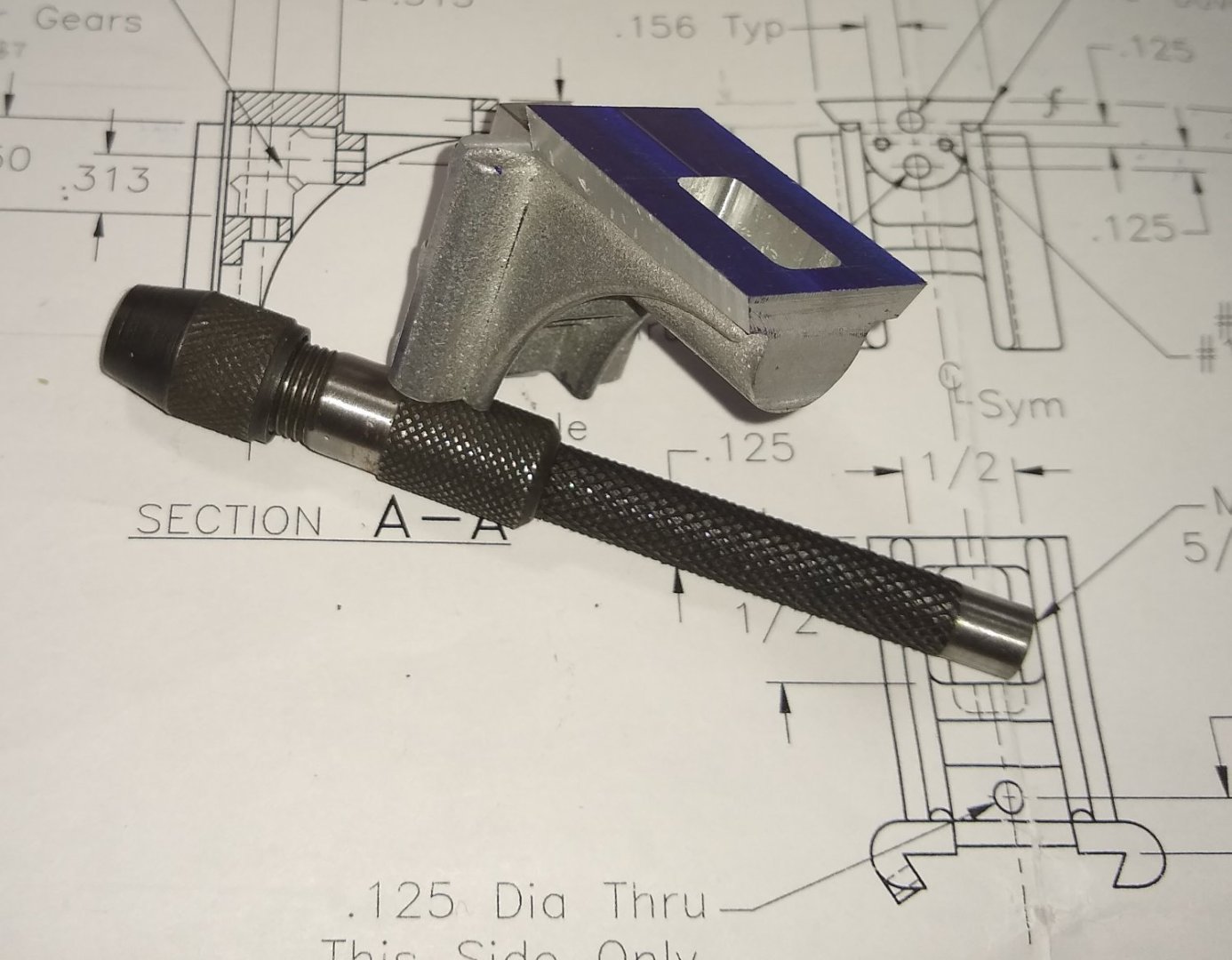
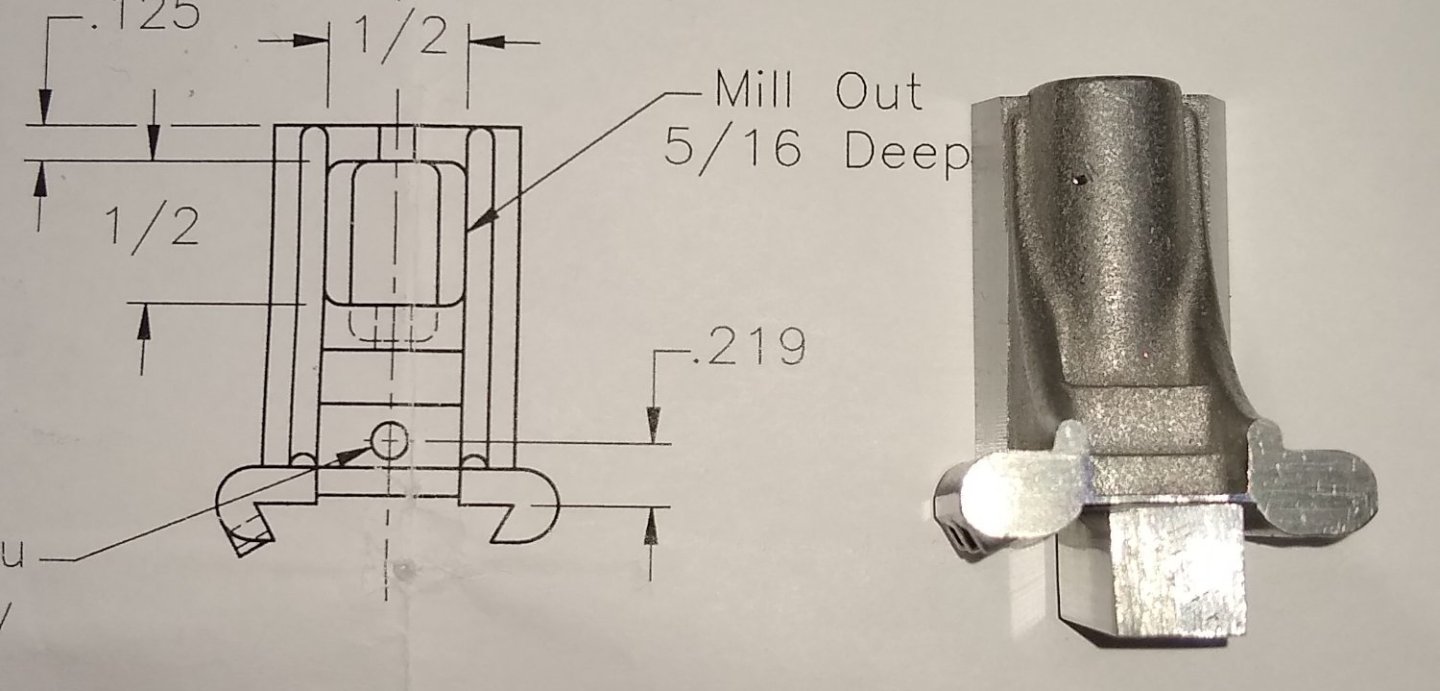

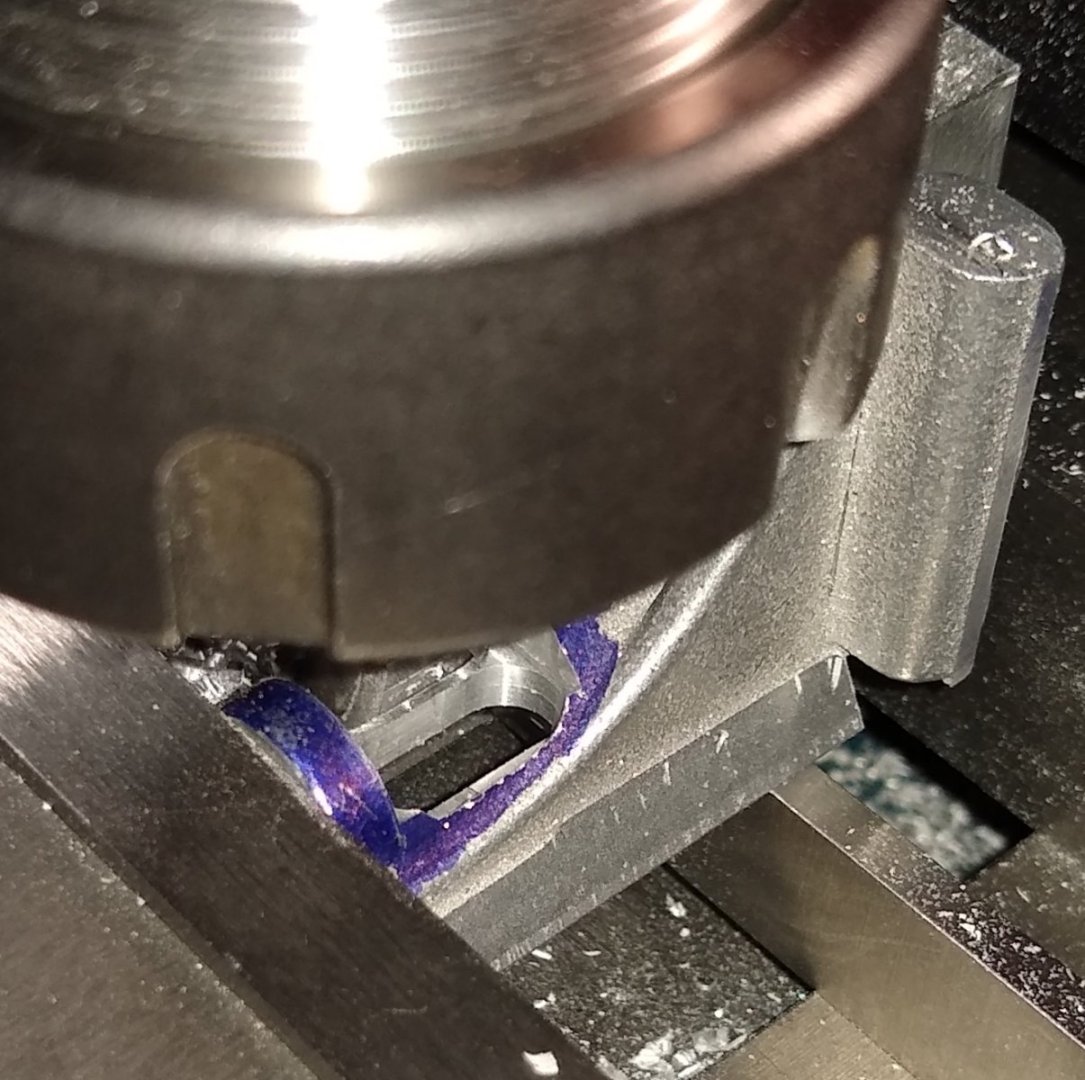
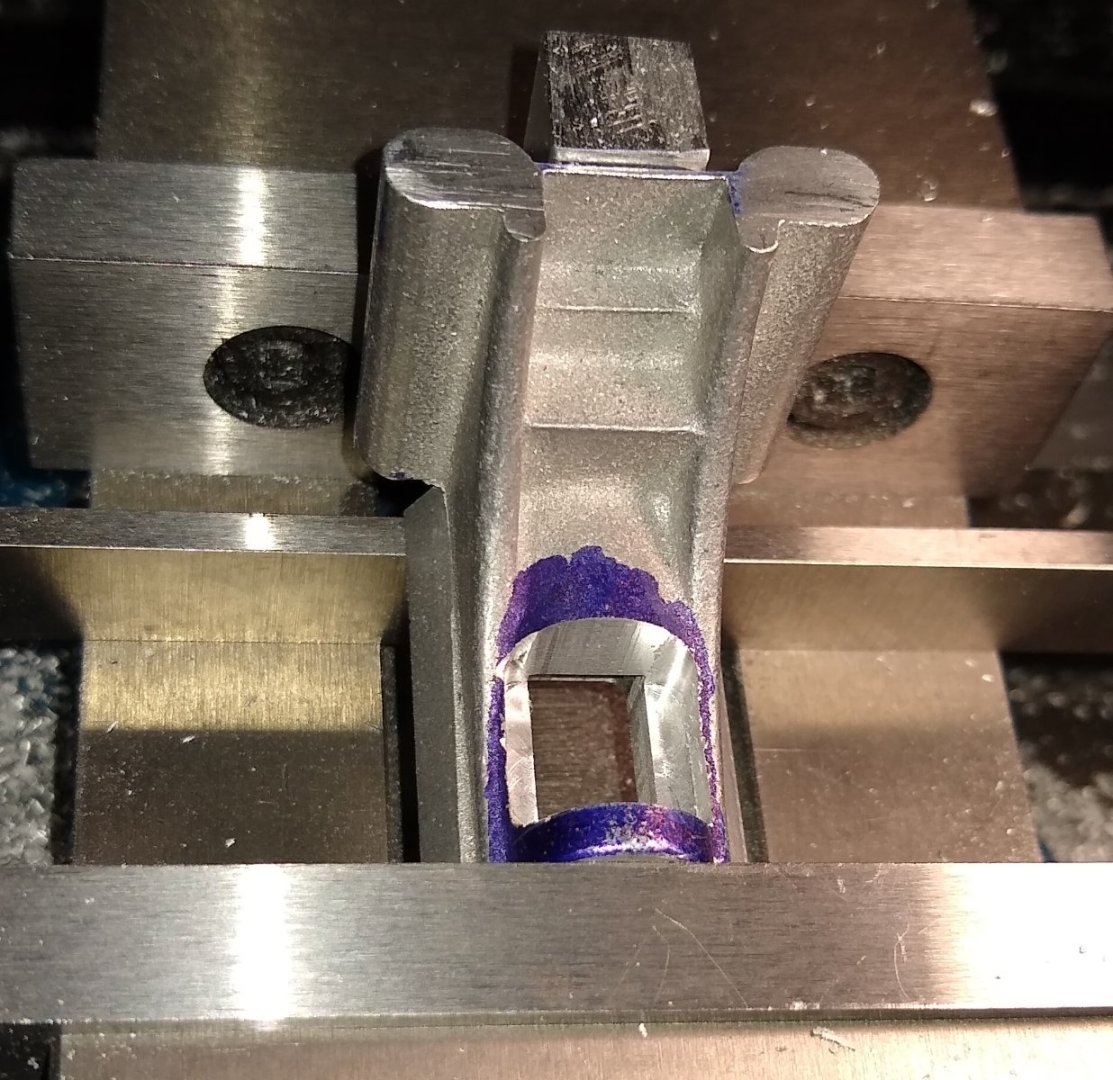
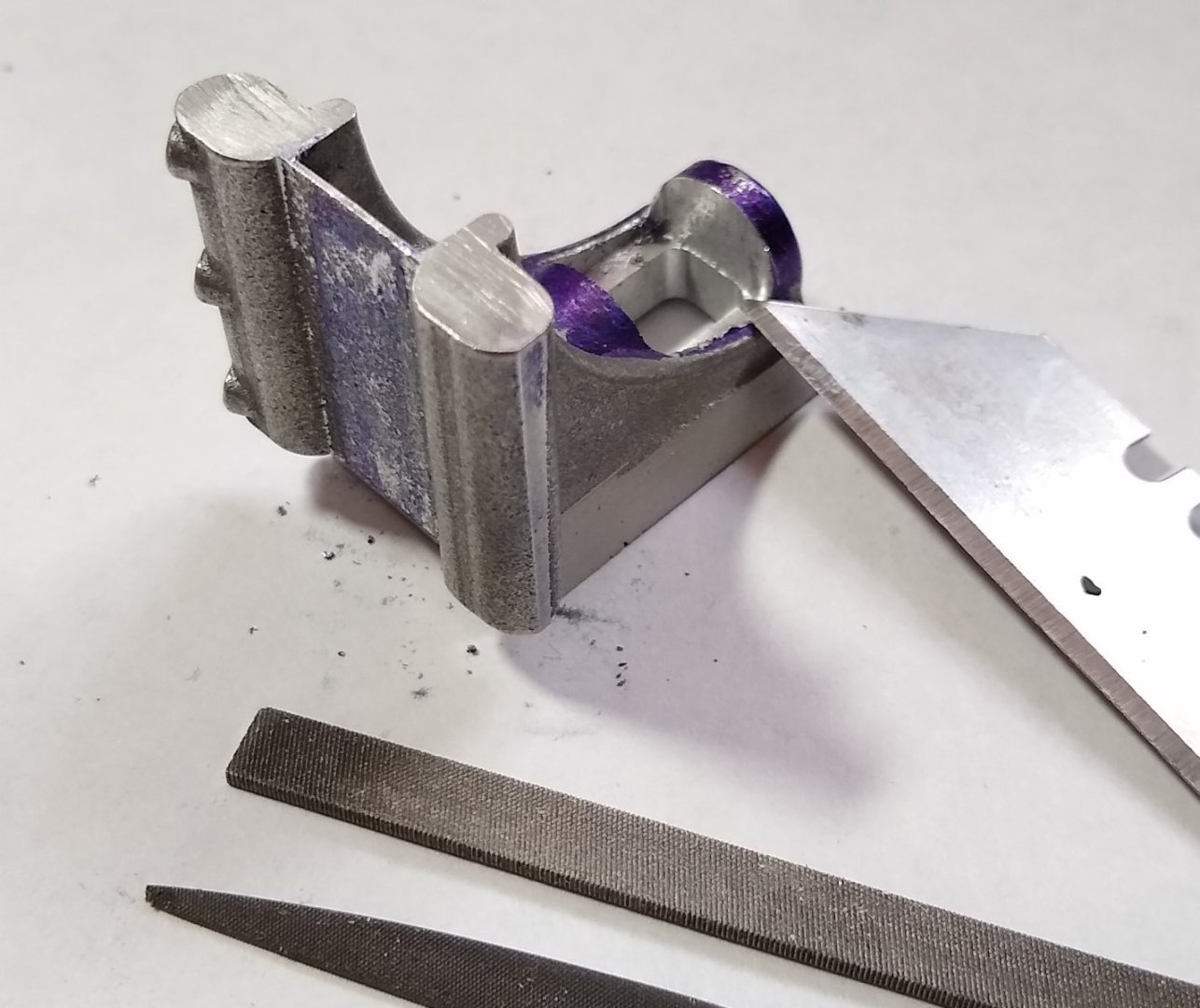
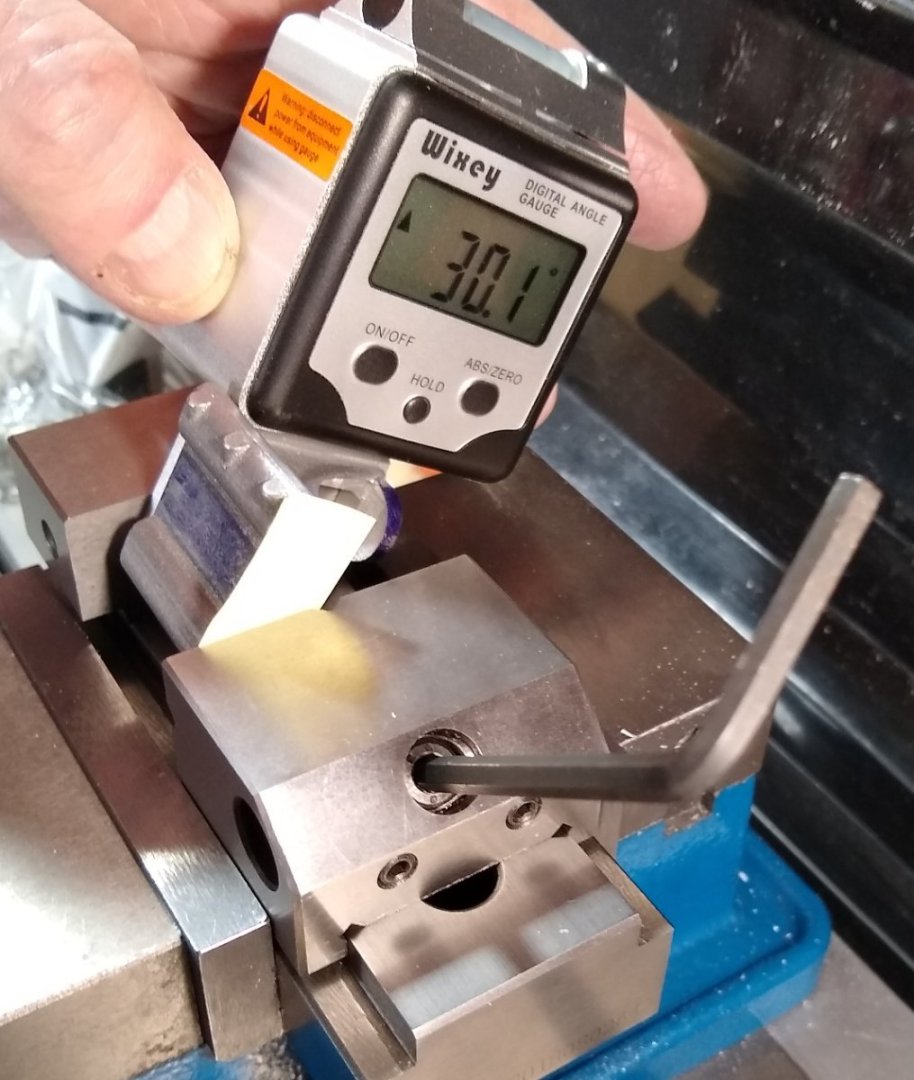
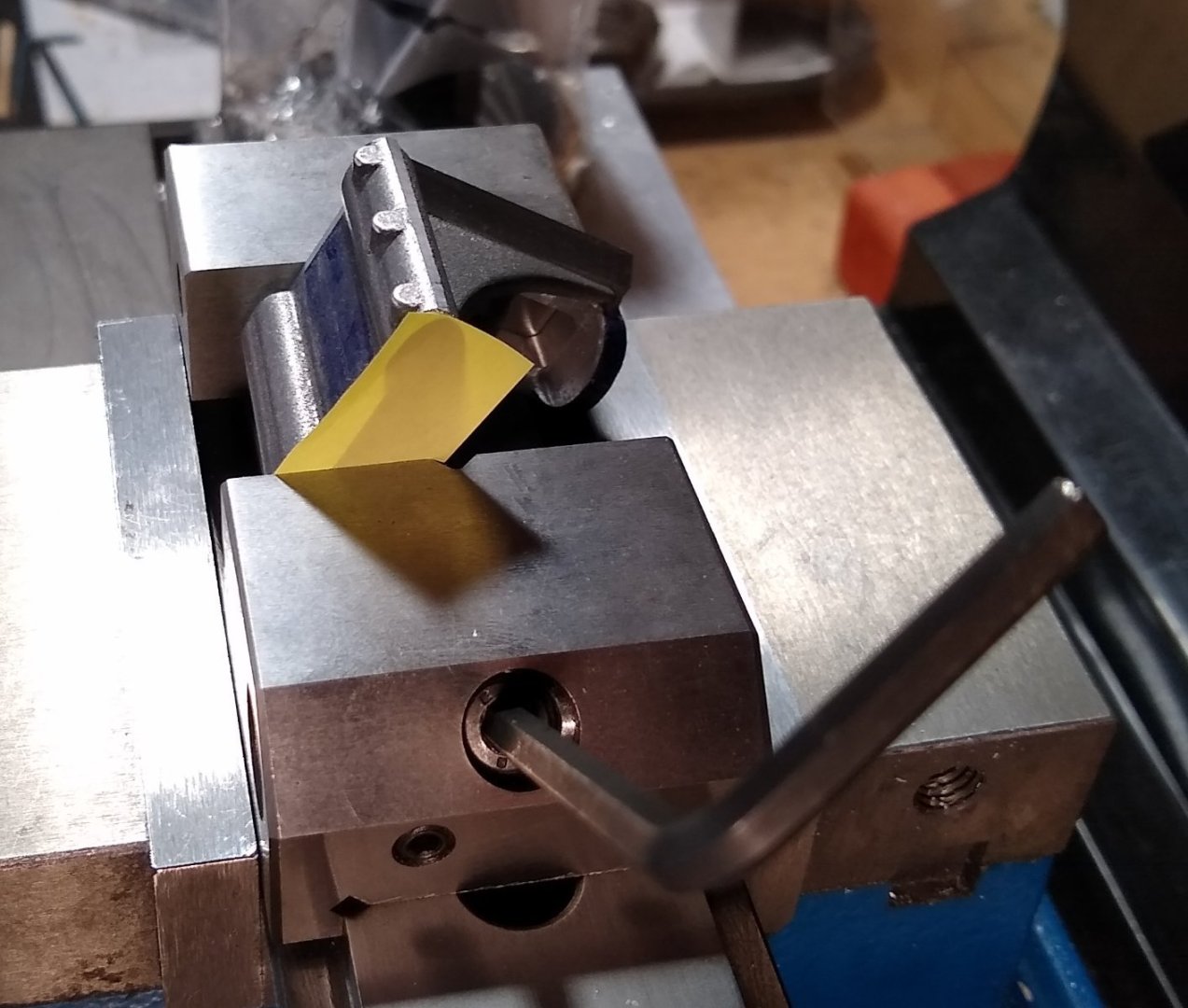
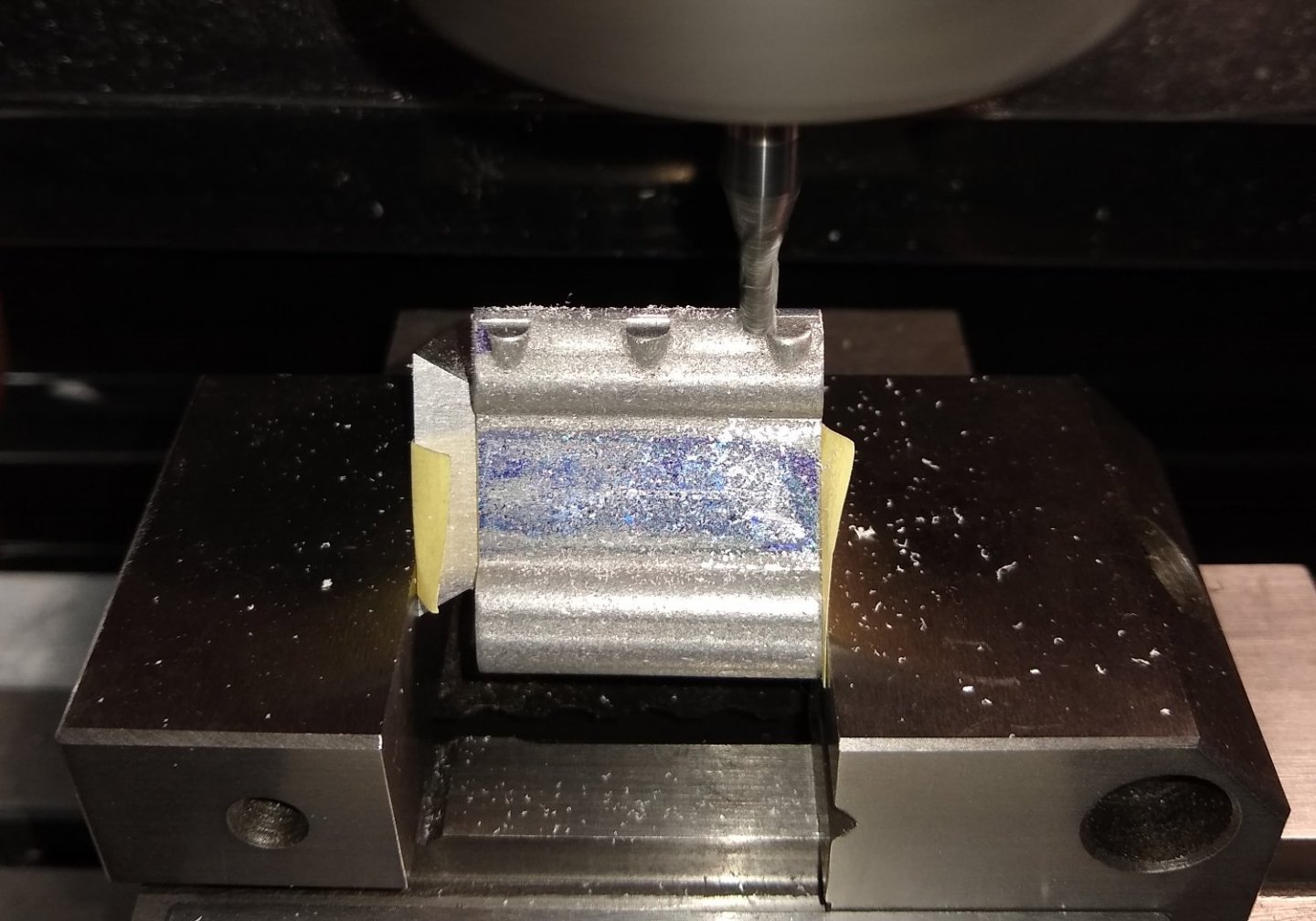
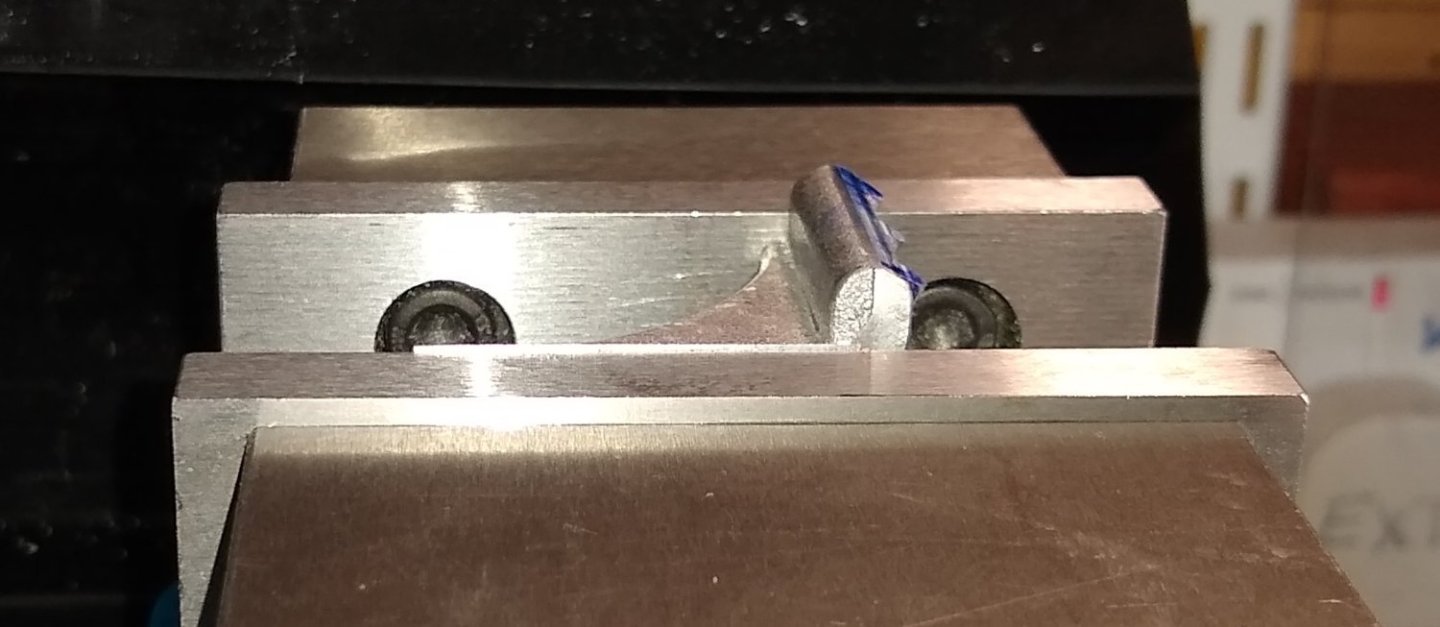
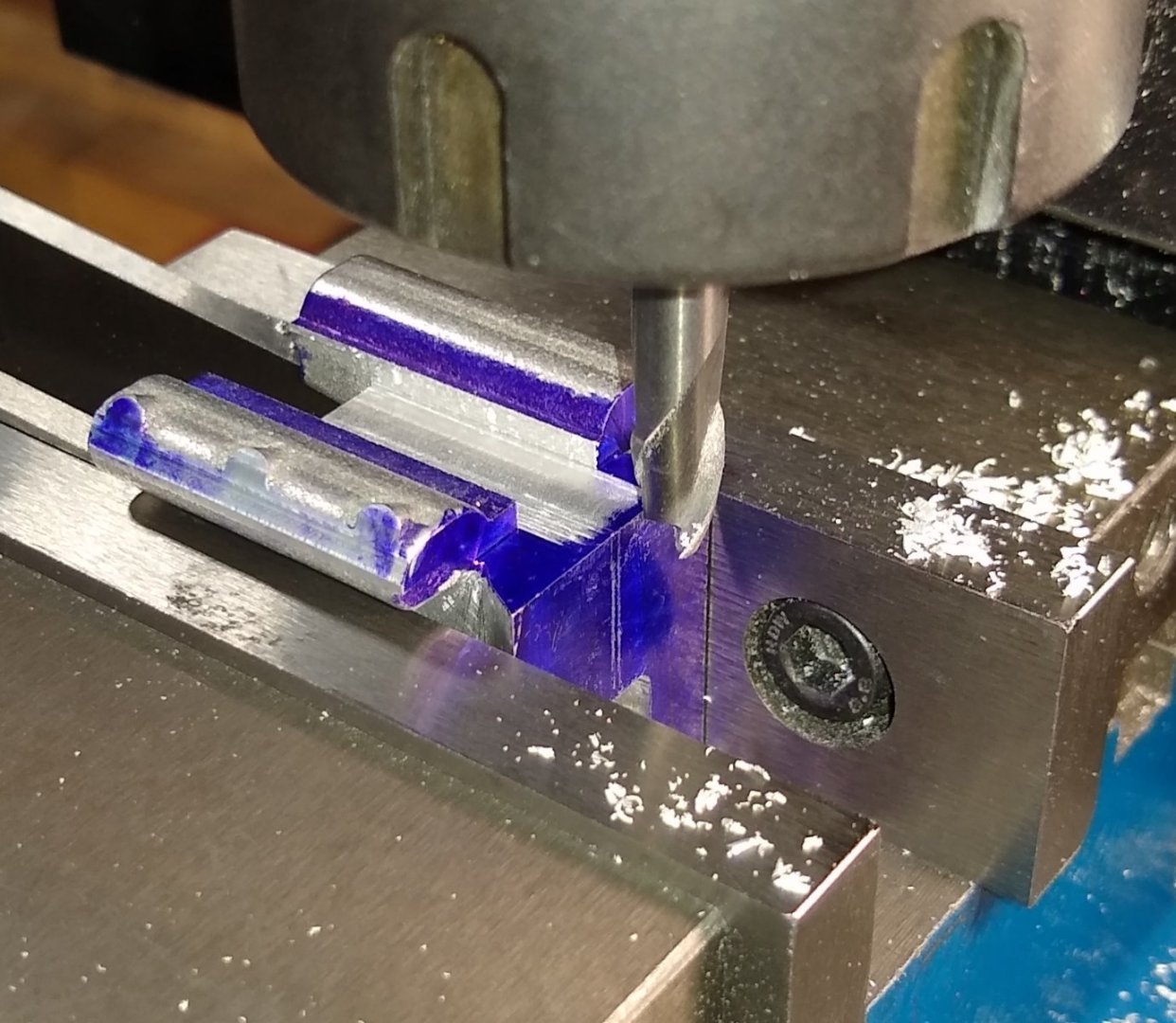
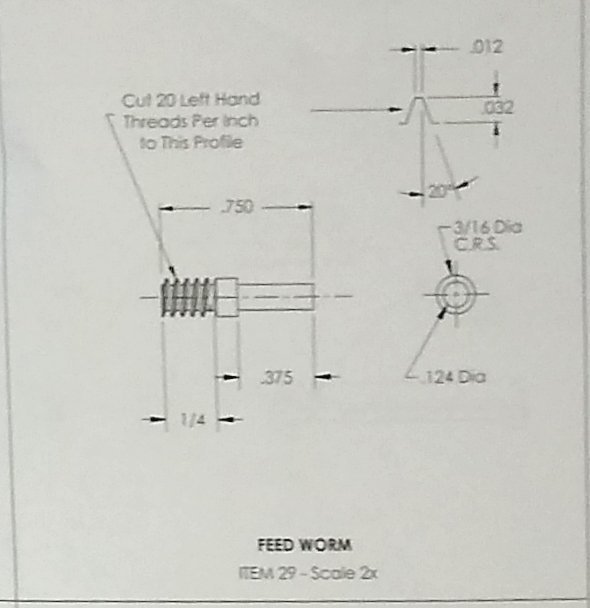
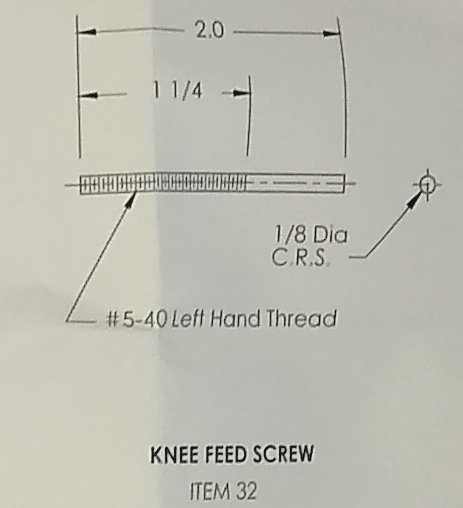
.thumb.jpg.c5266201a952dd0797de397a2916a49b.jpg)
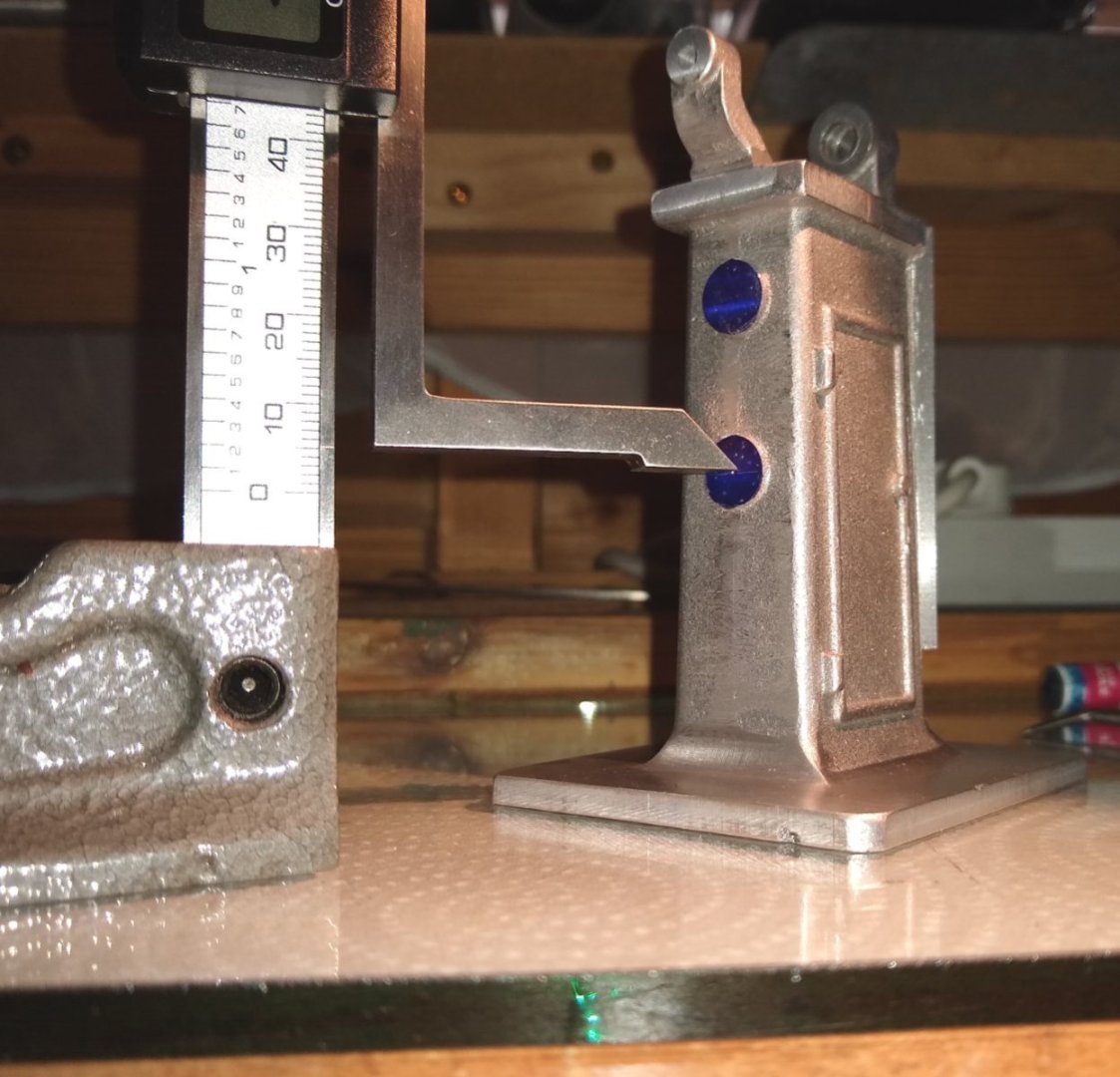
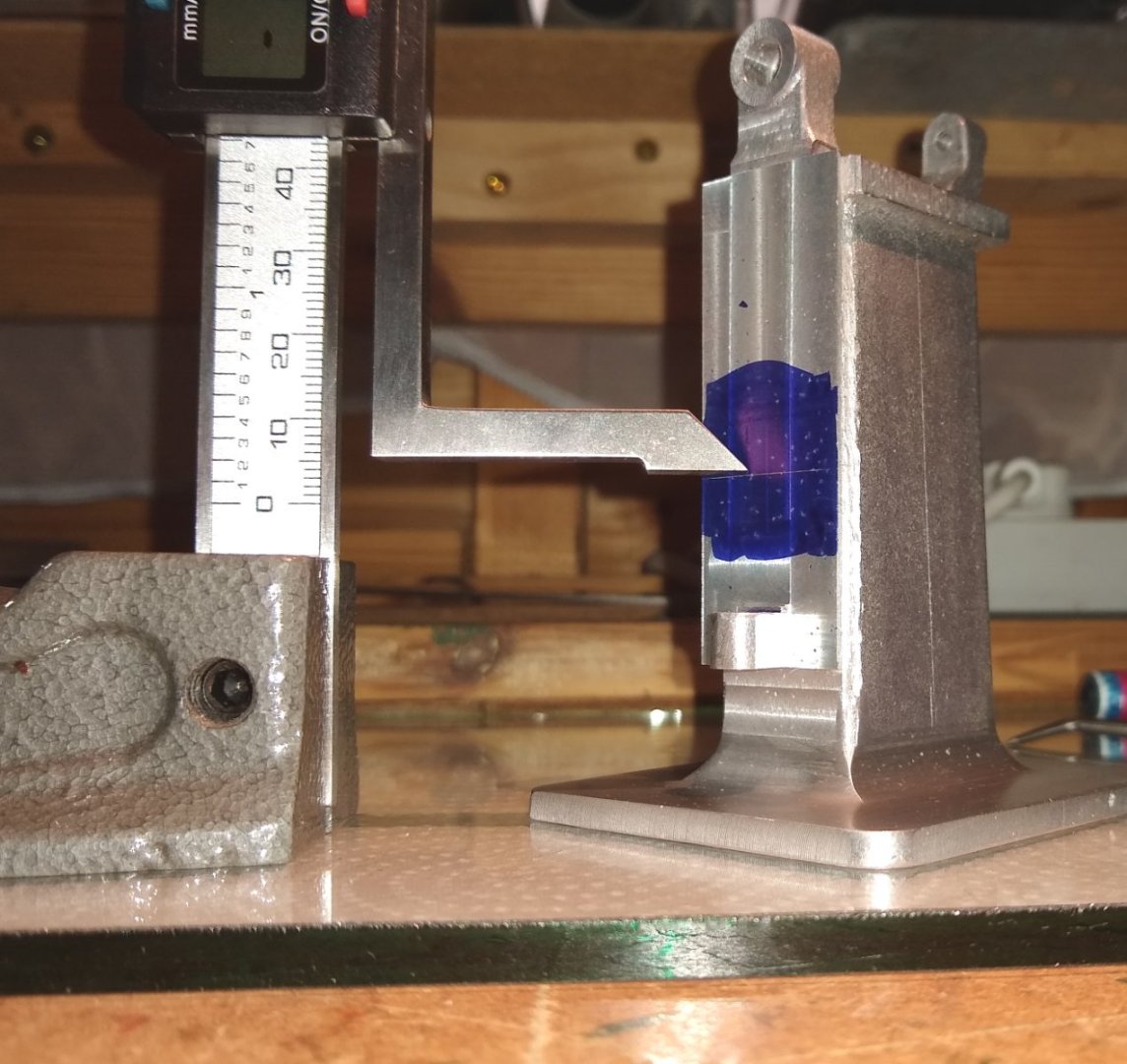
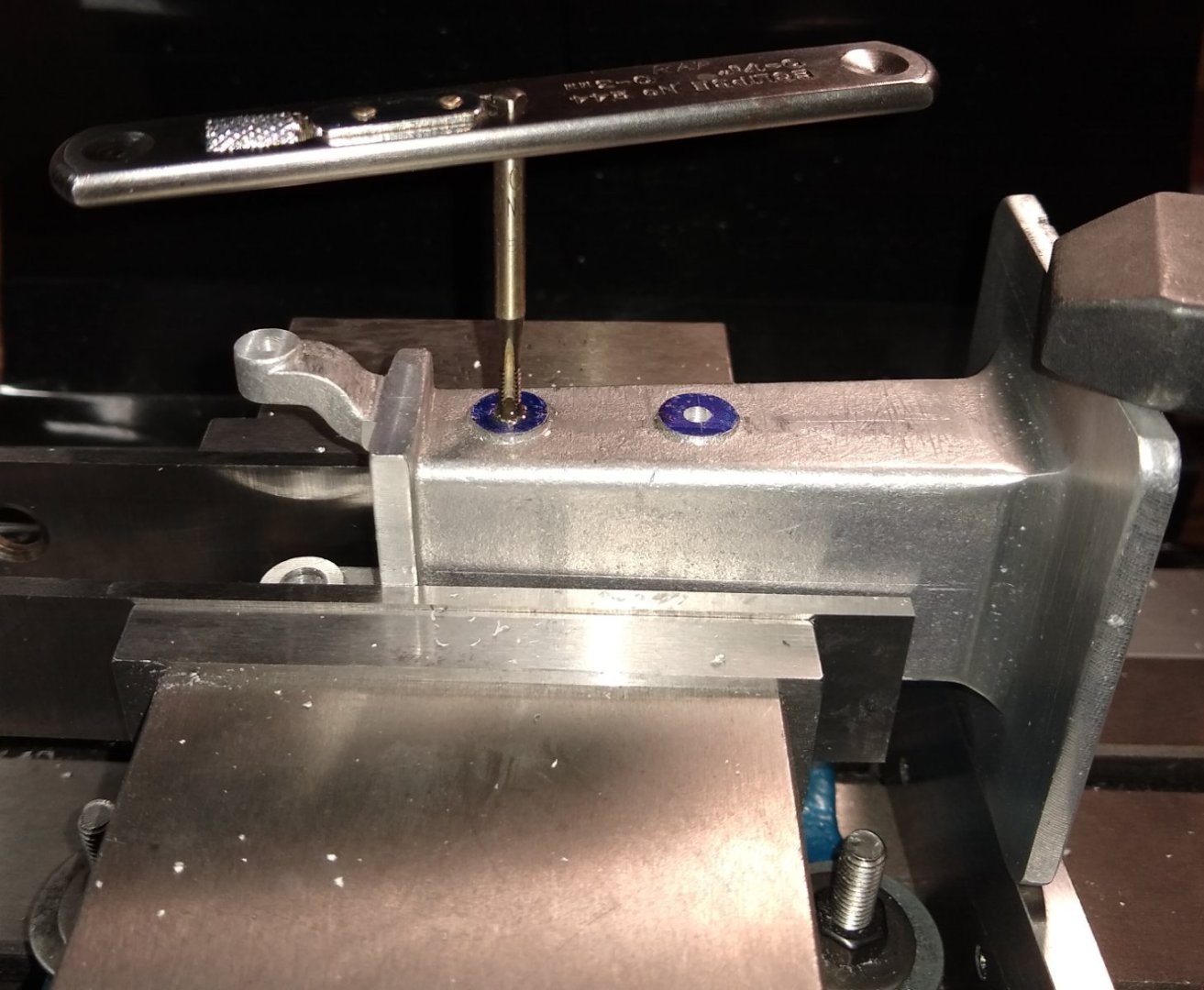
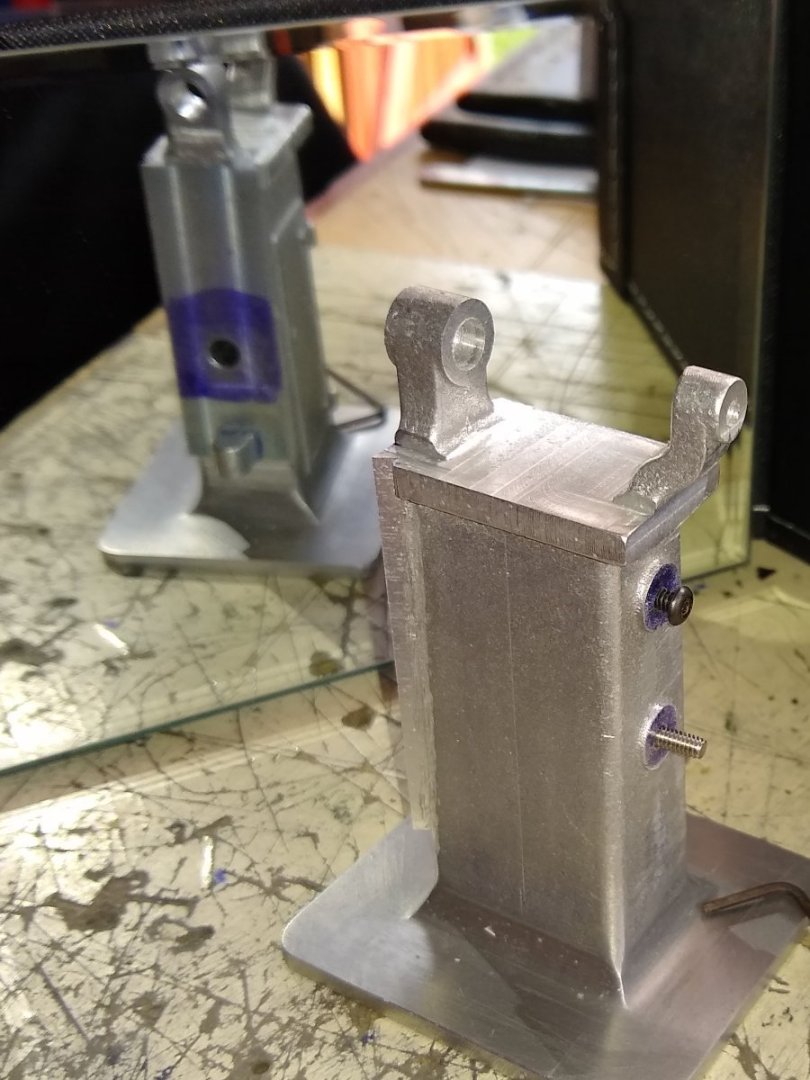
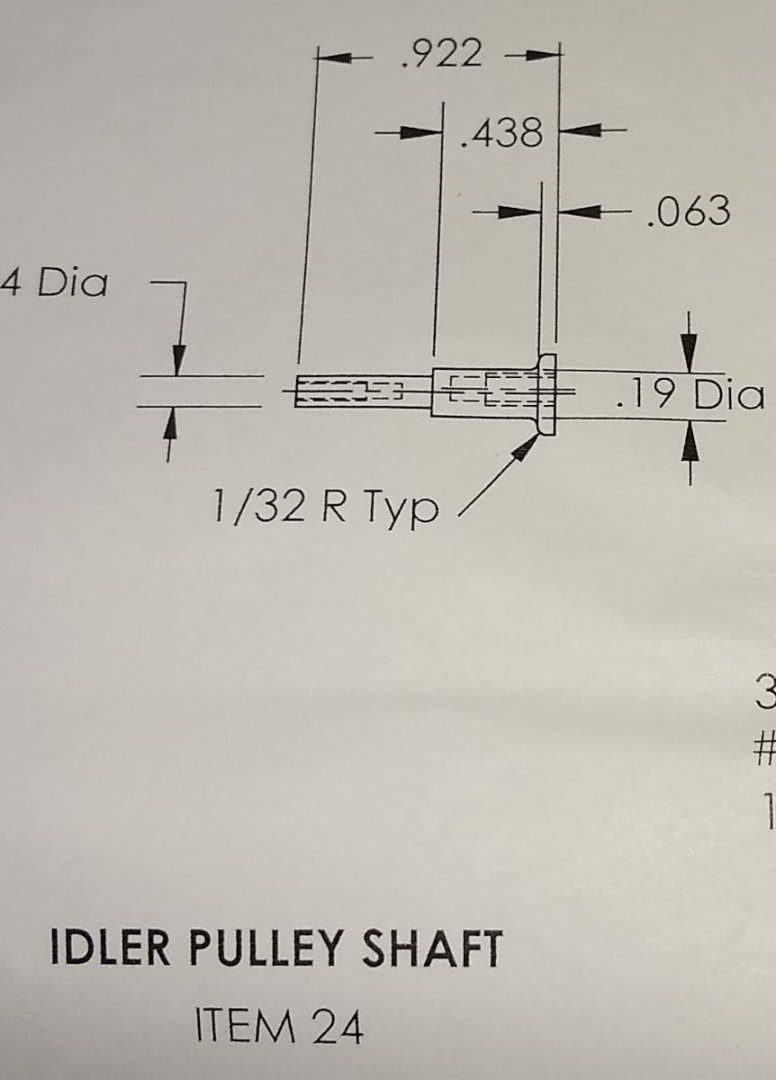
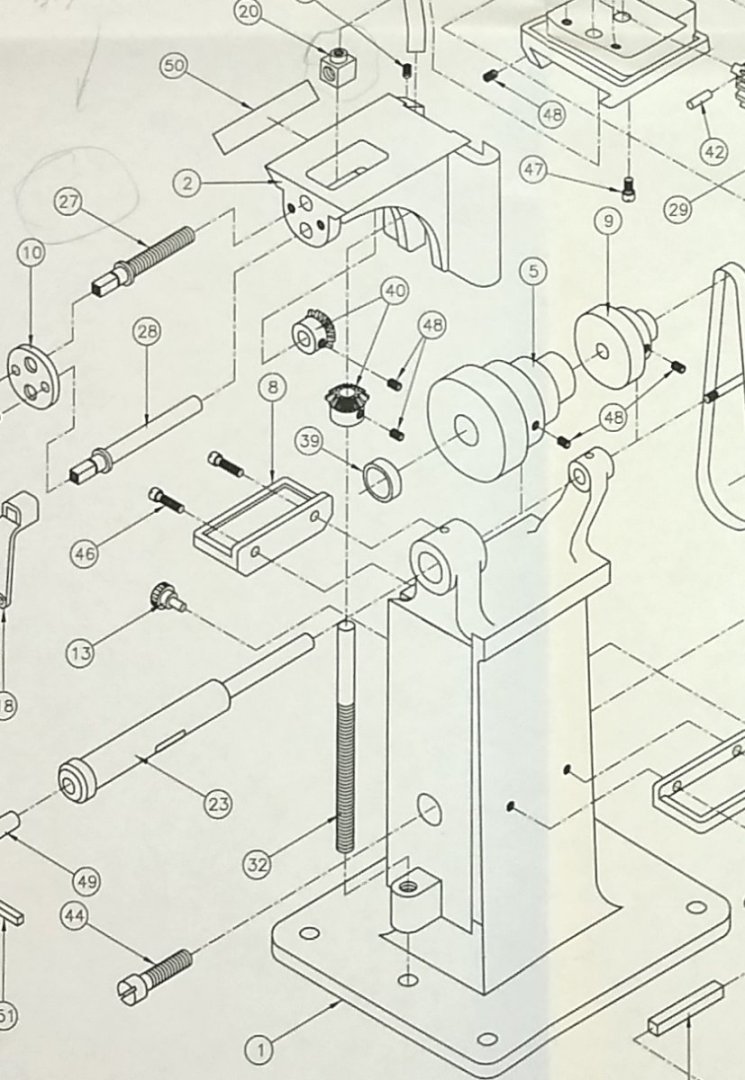
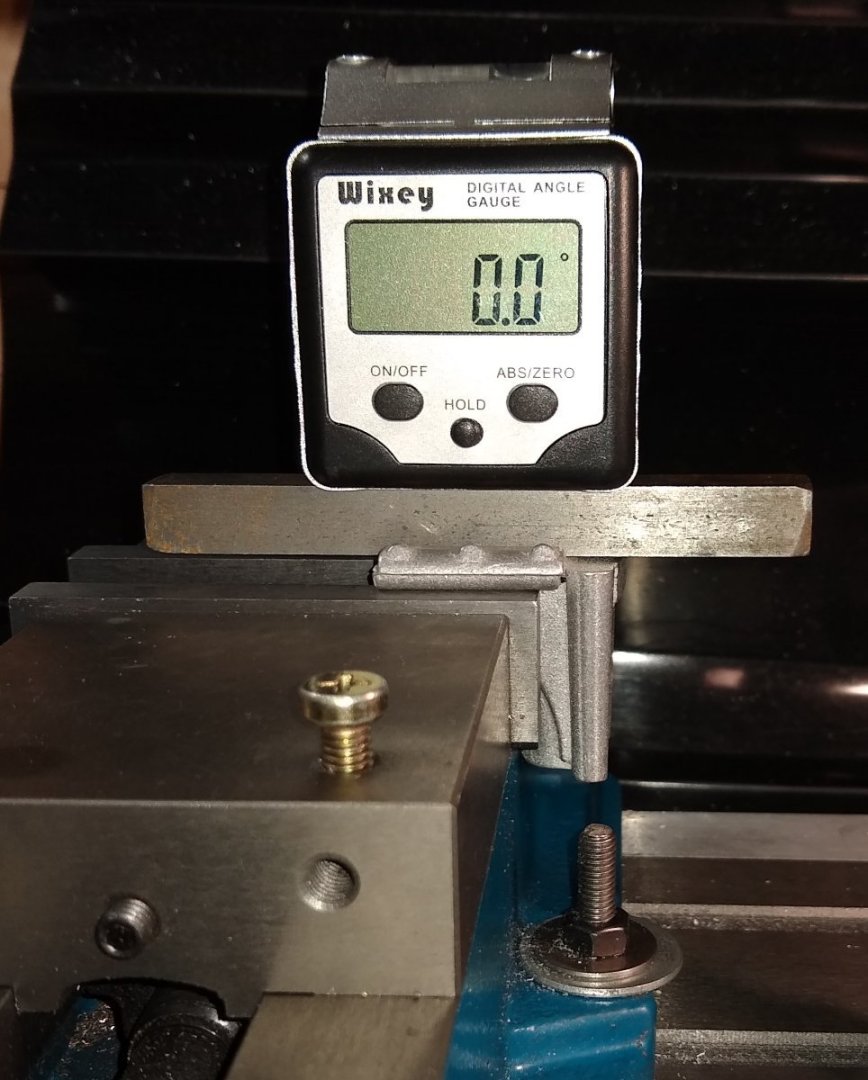
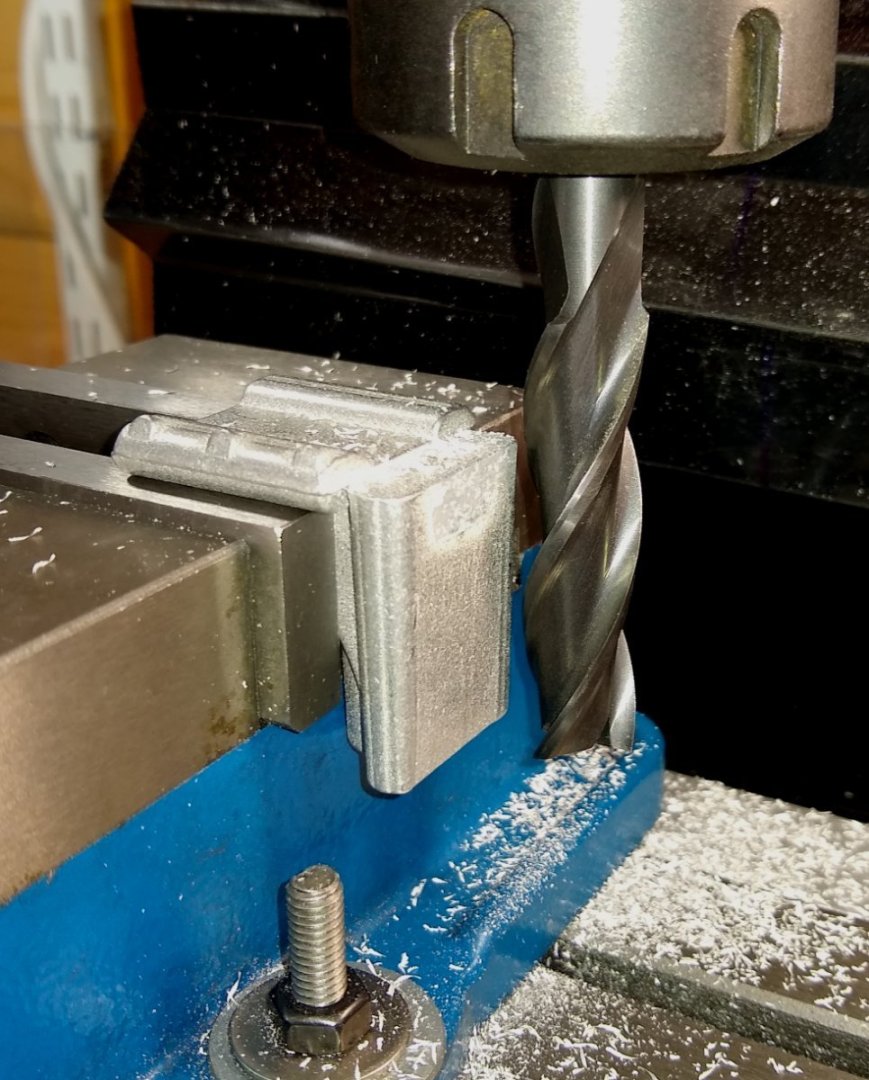
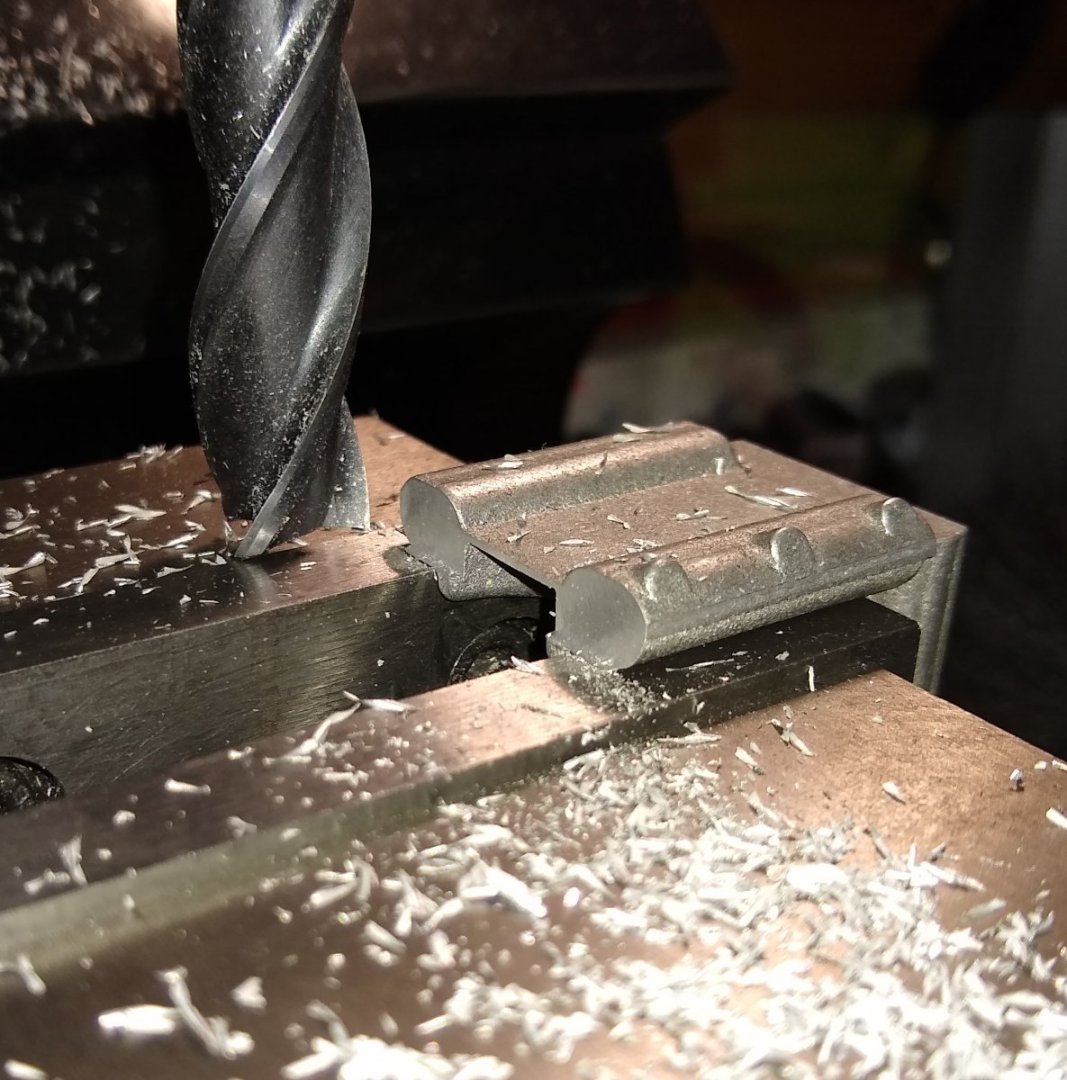
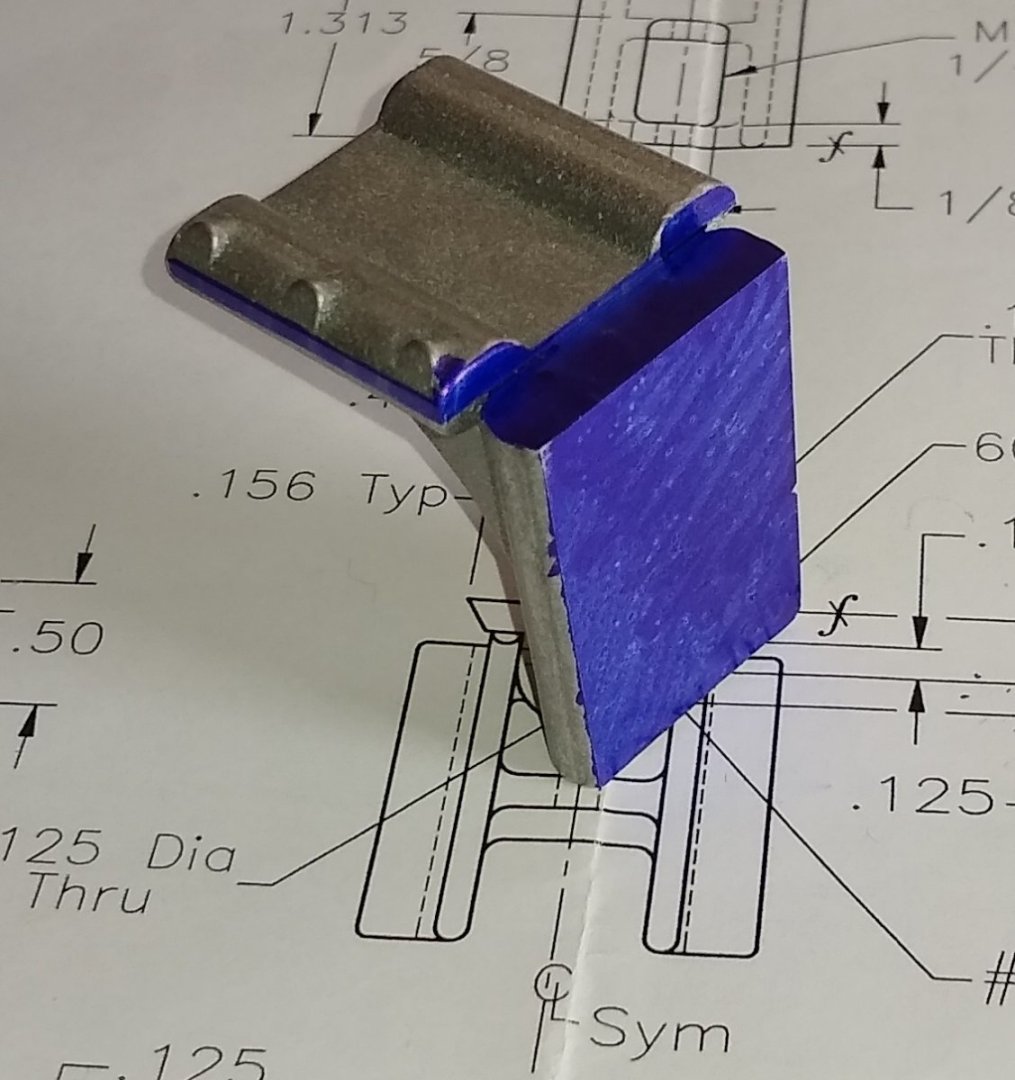
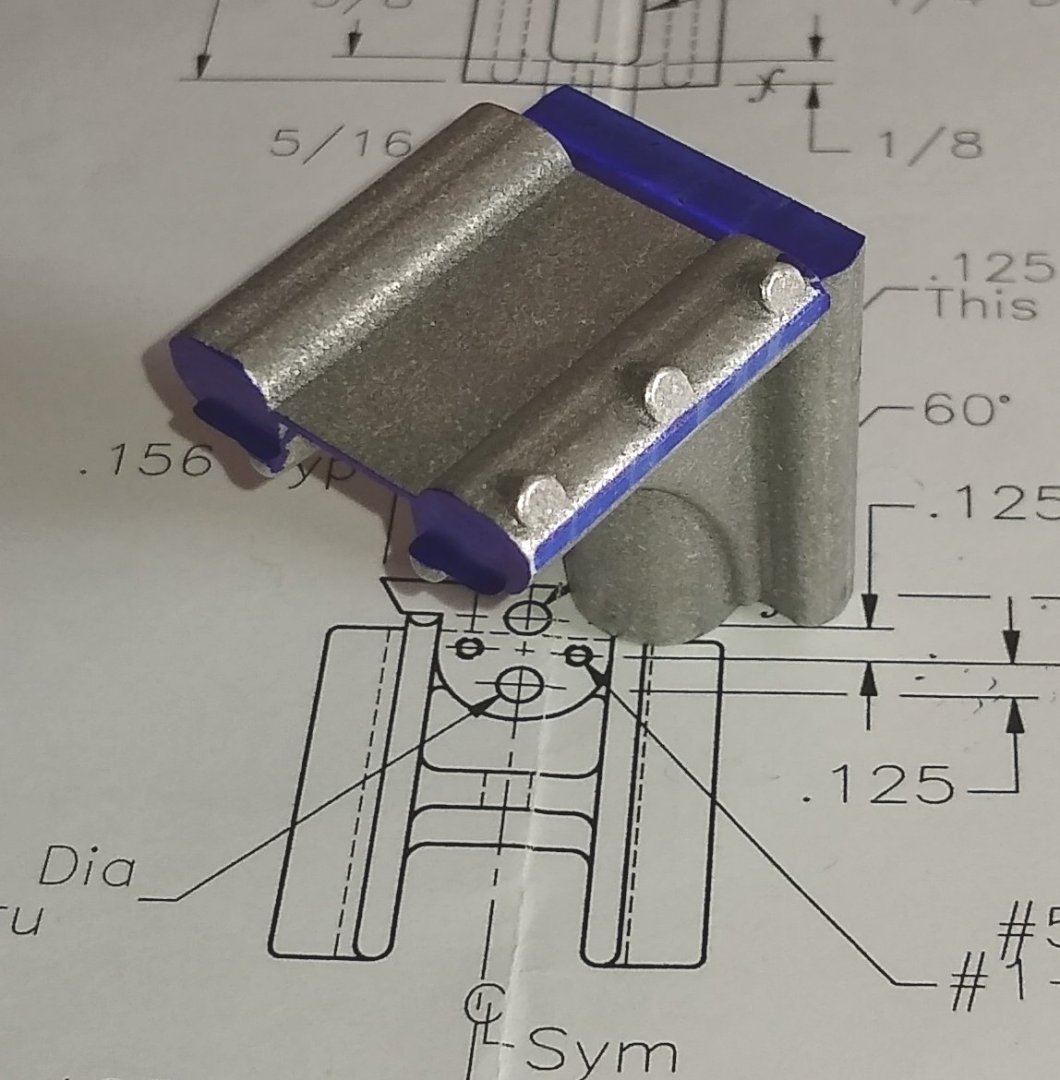
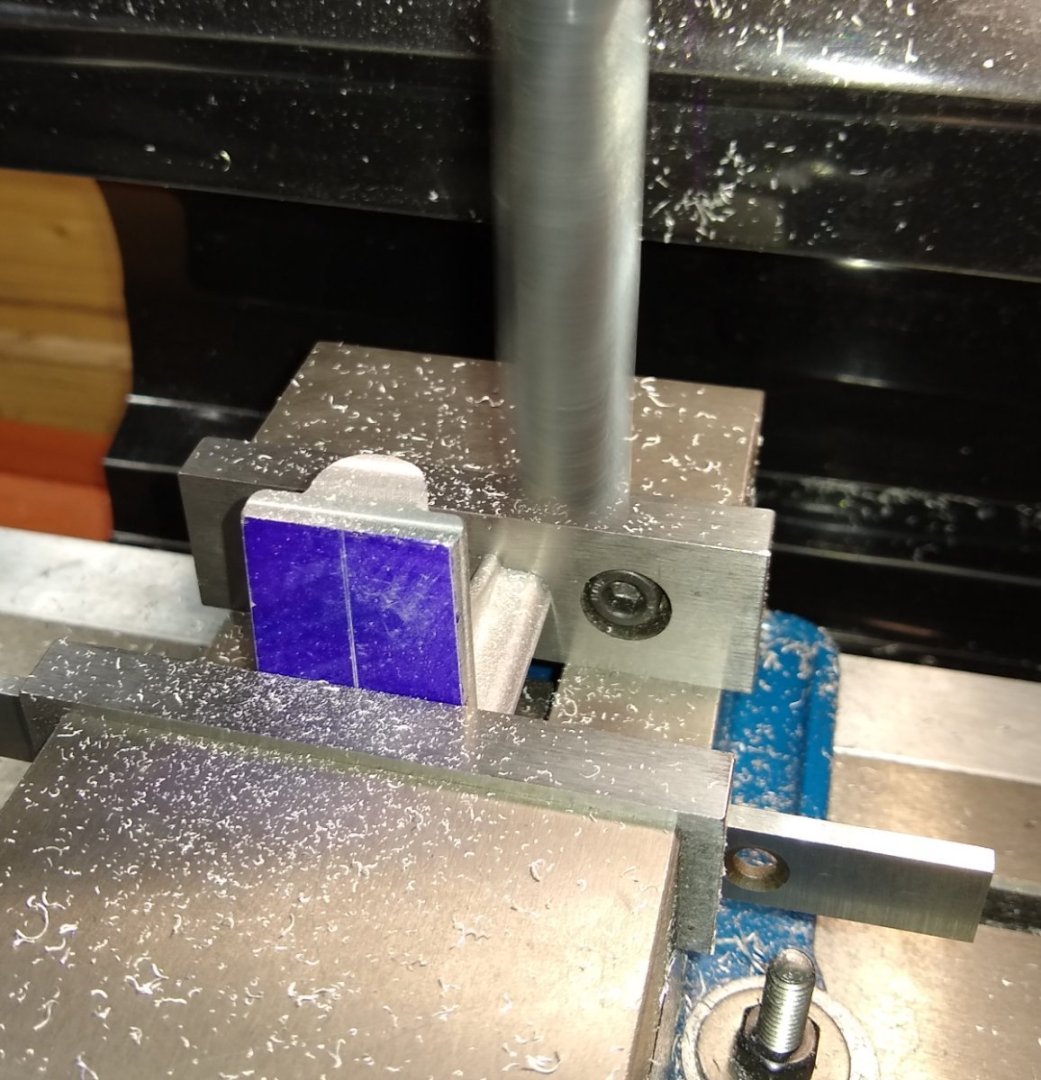
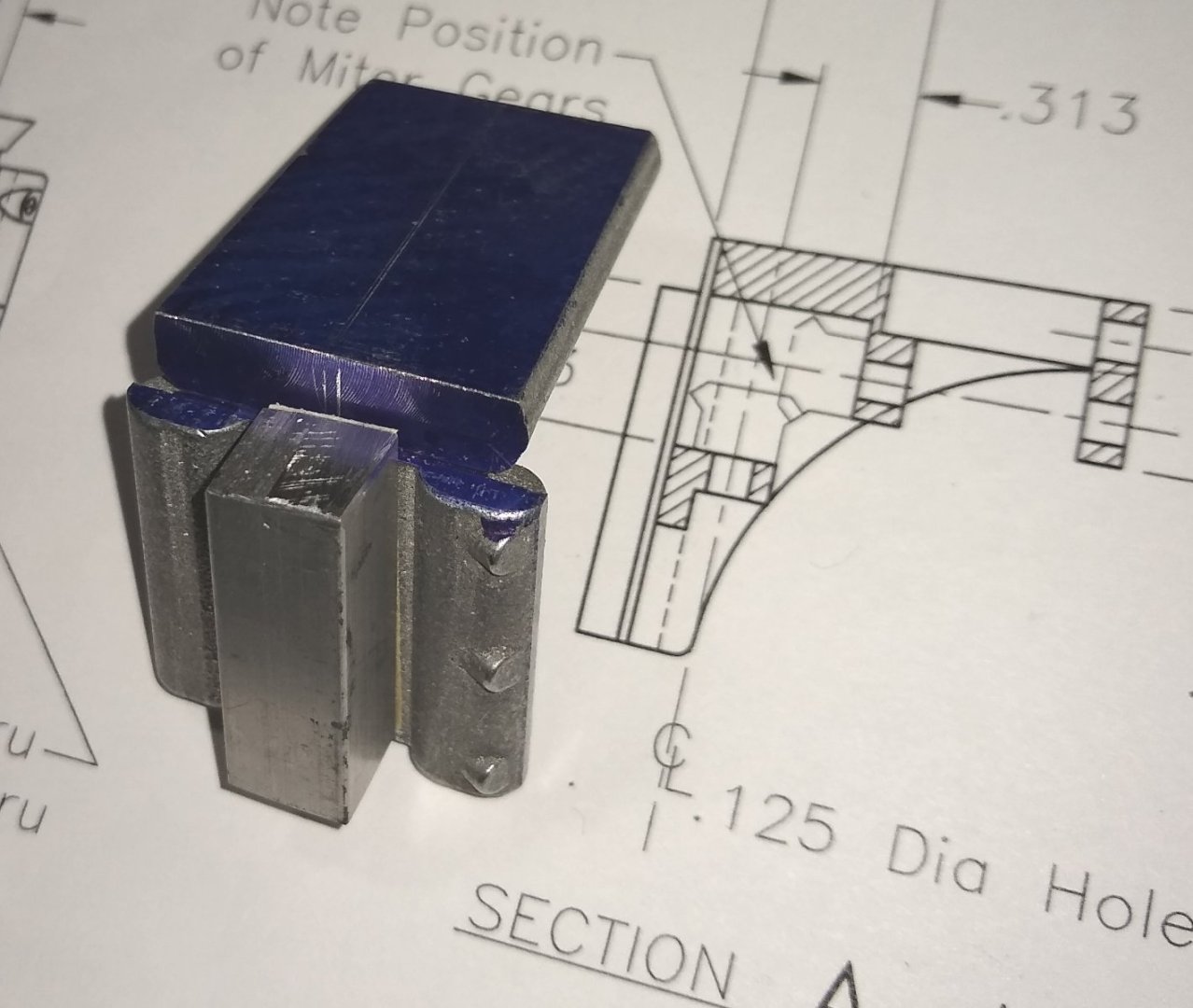
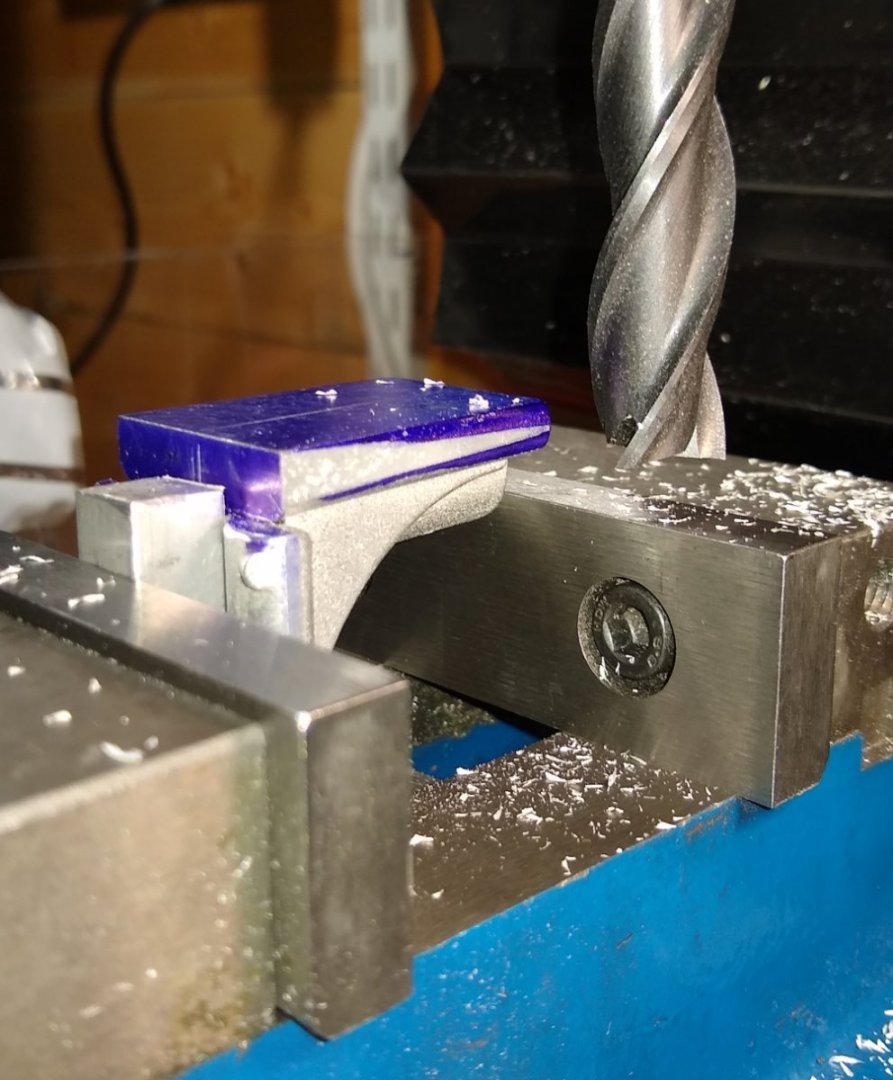
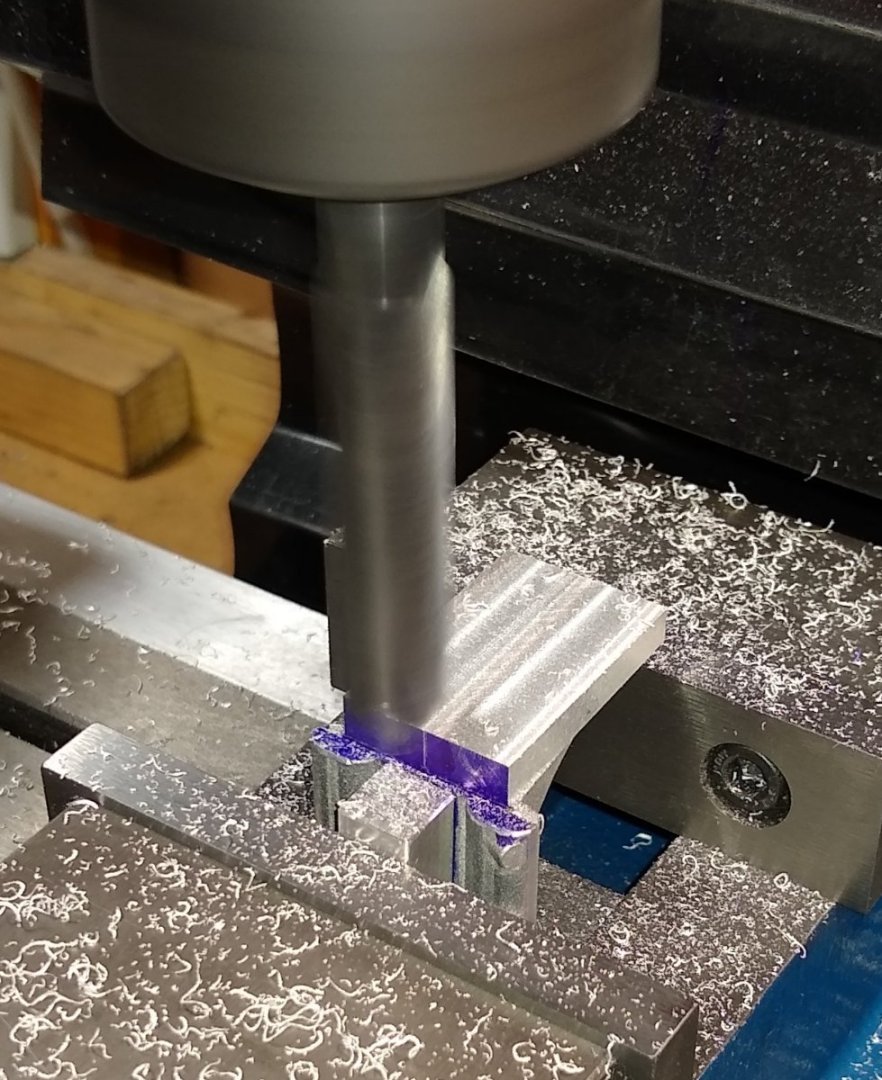
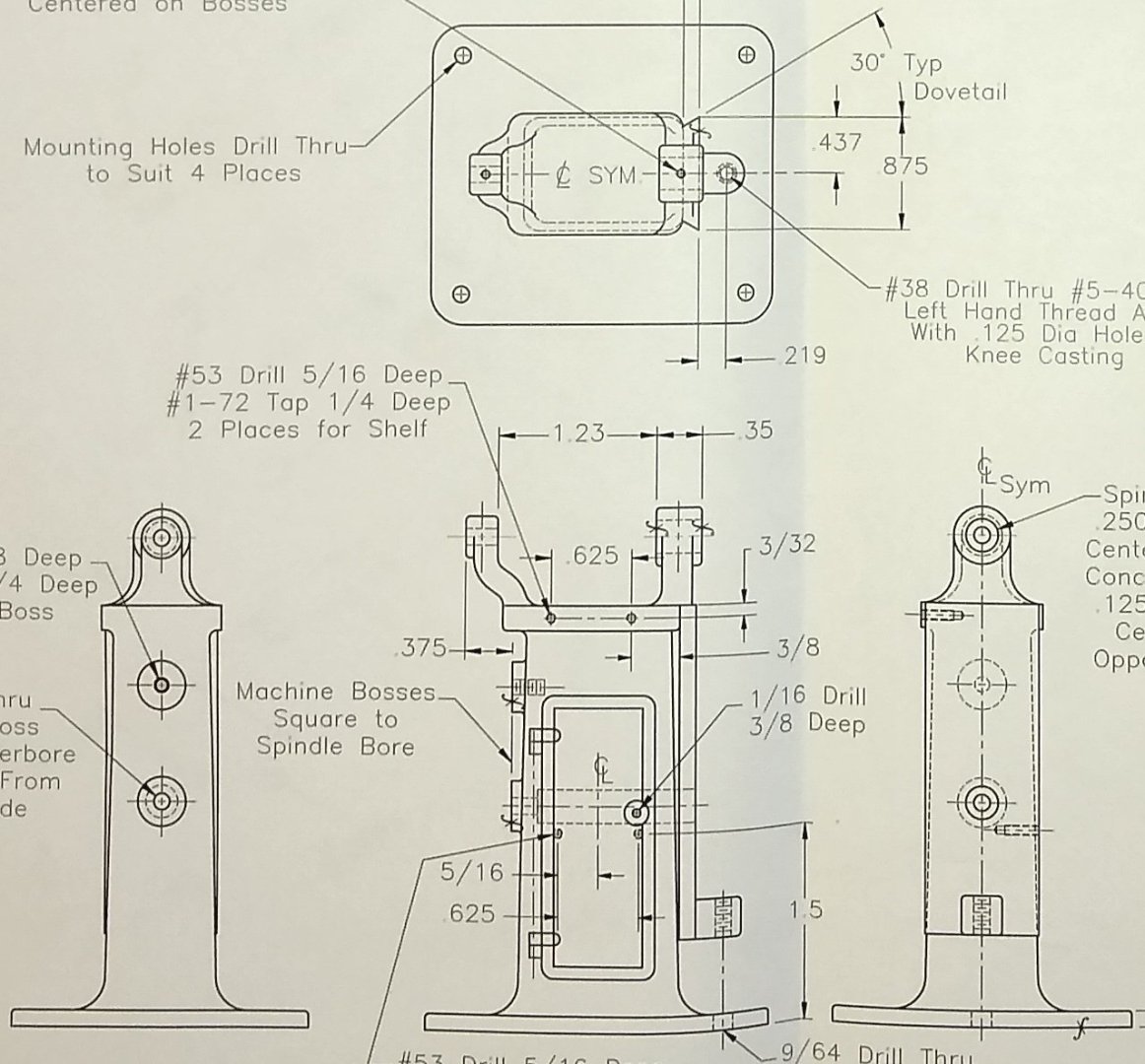
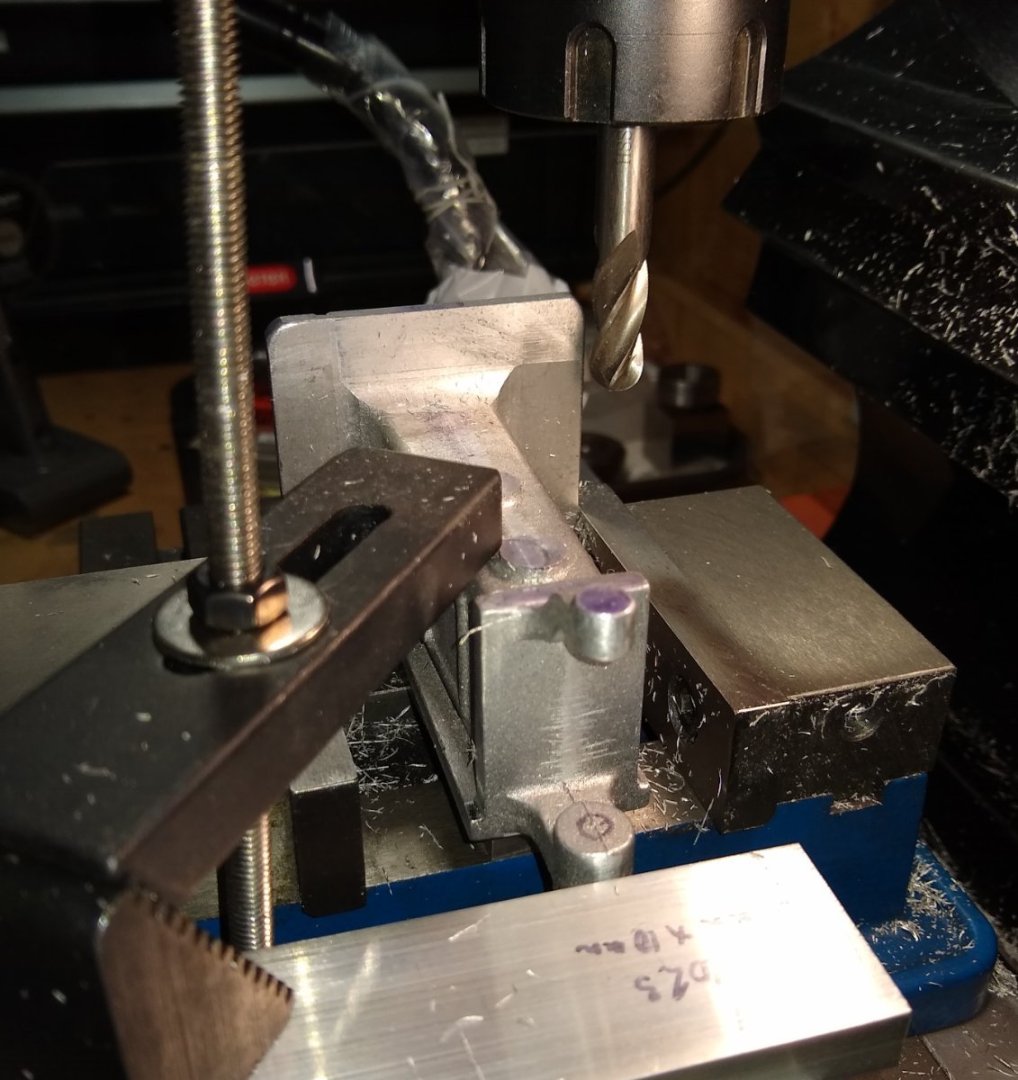
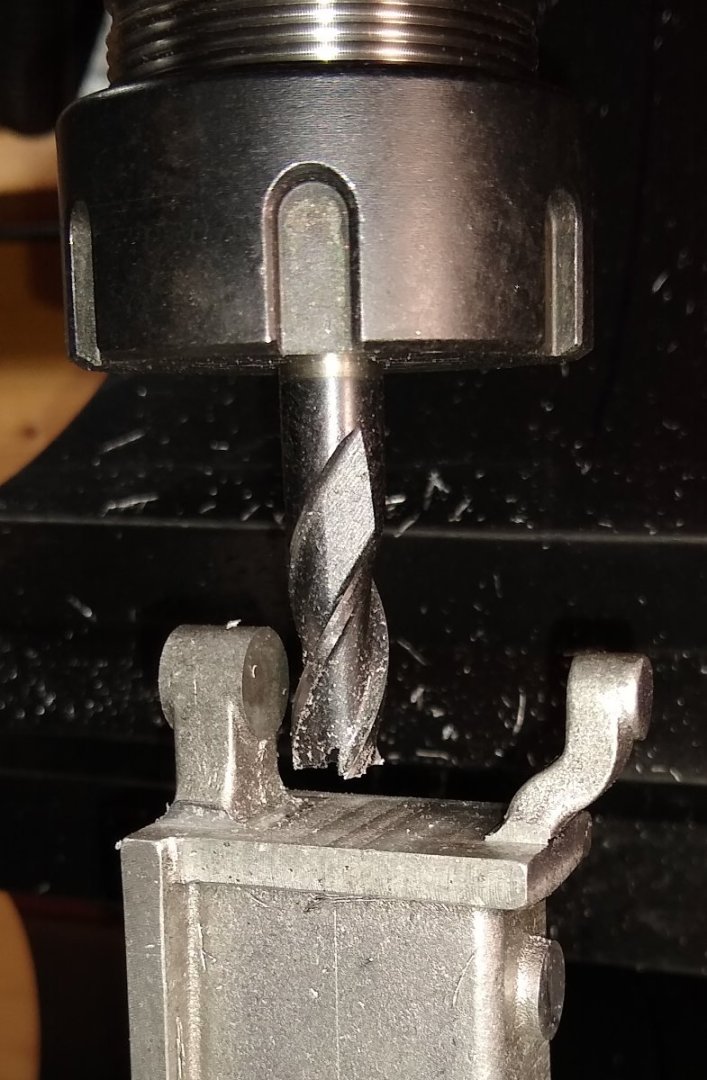
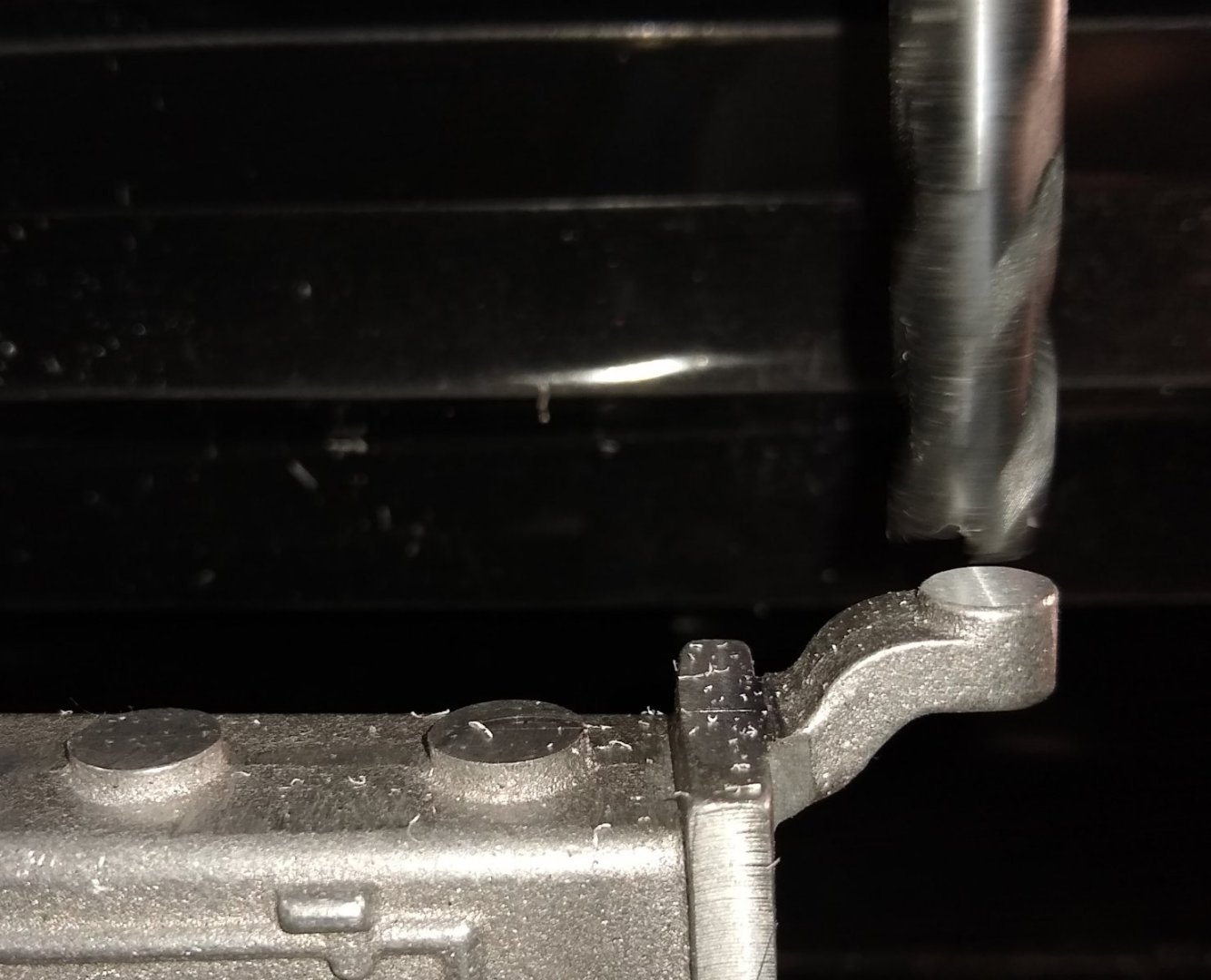
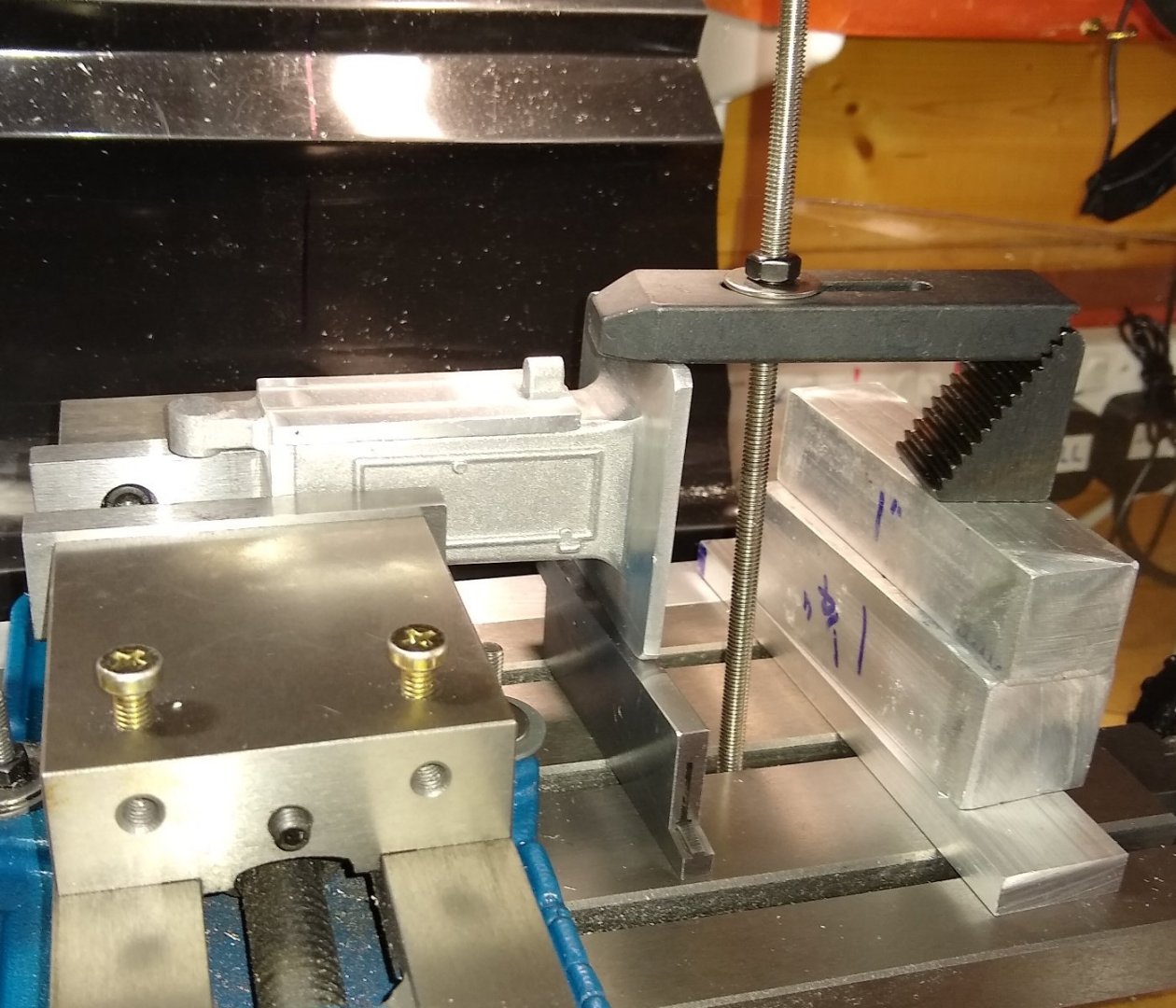
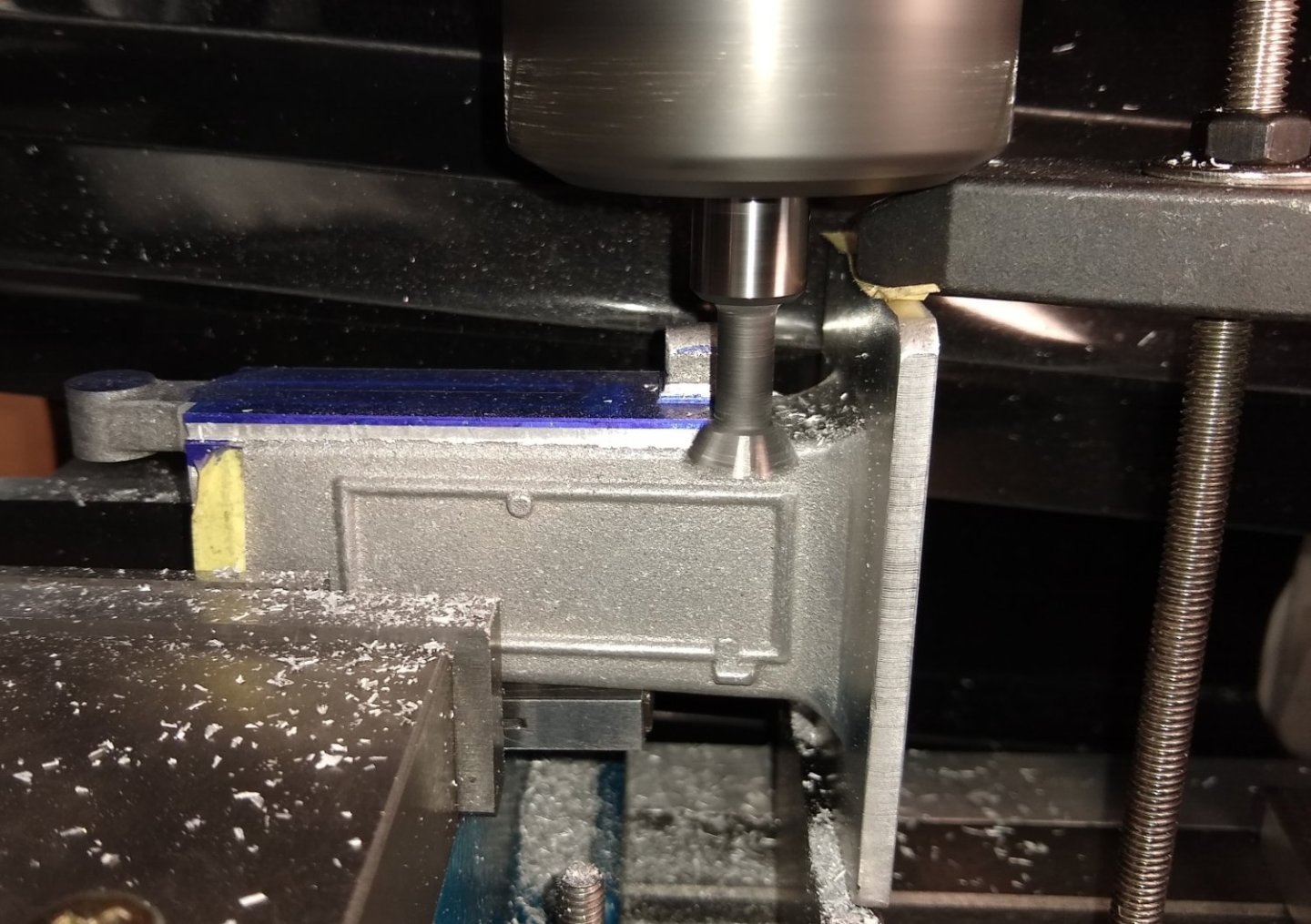
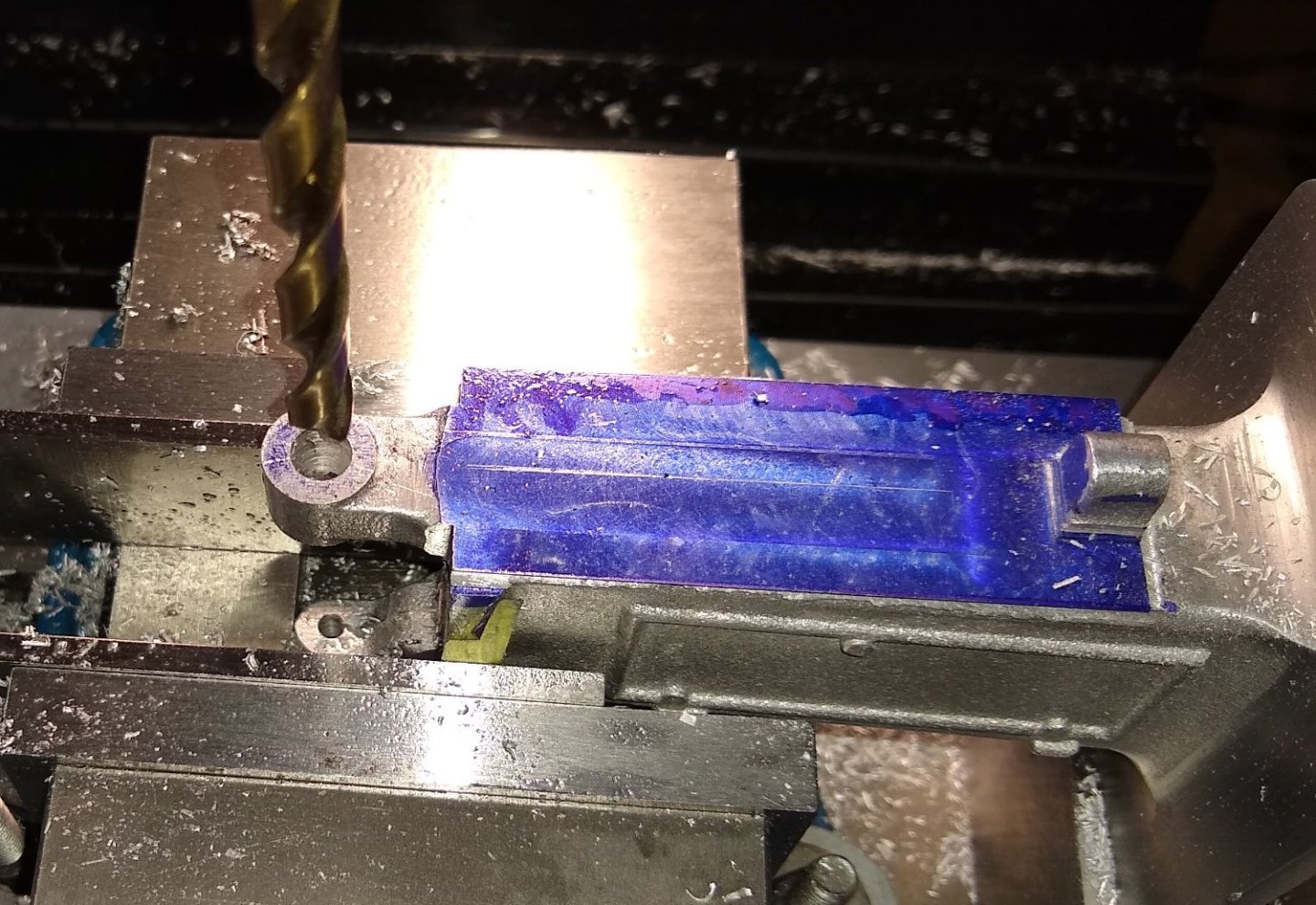
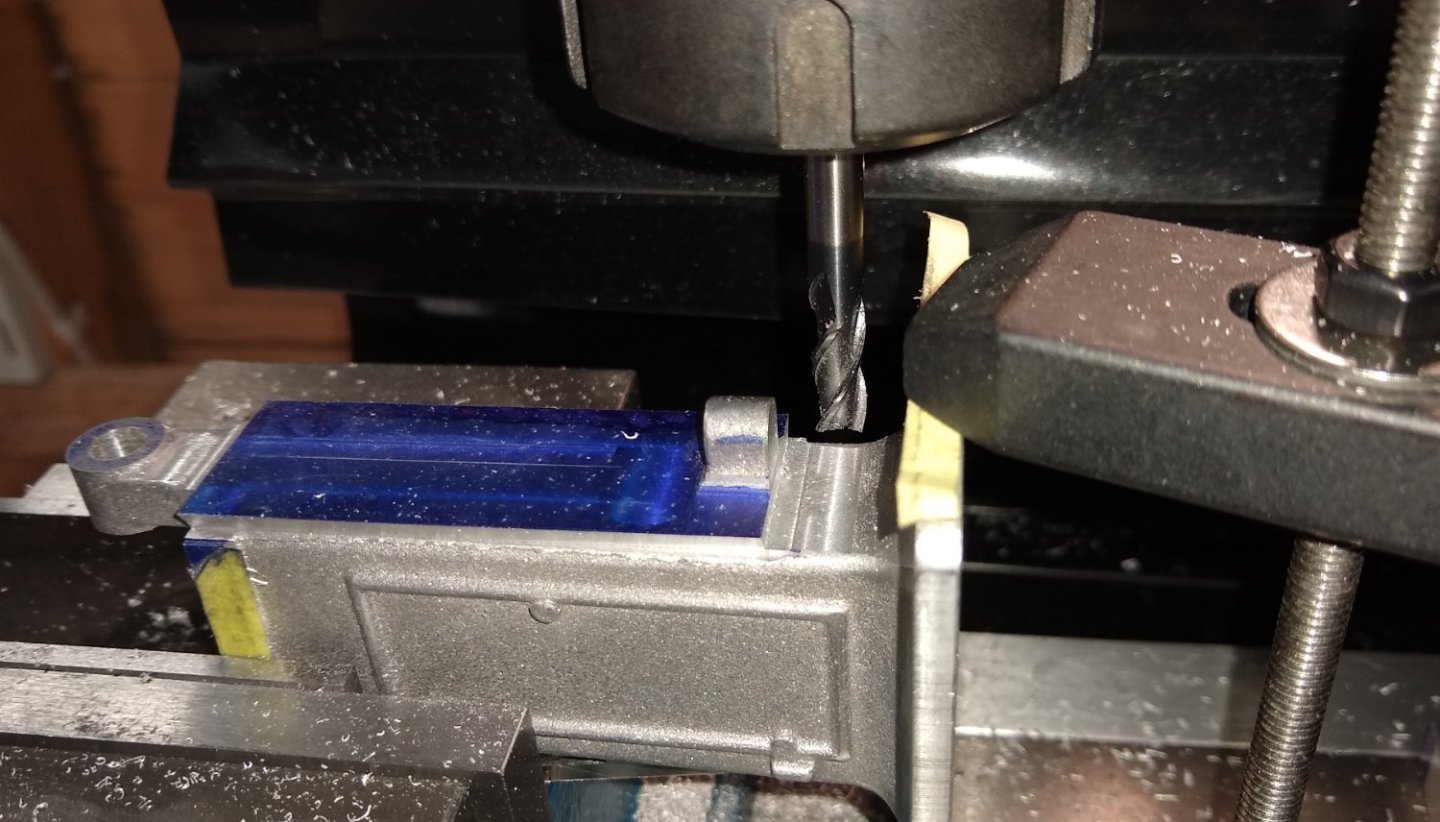


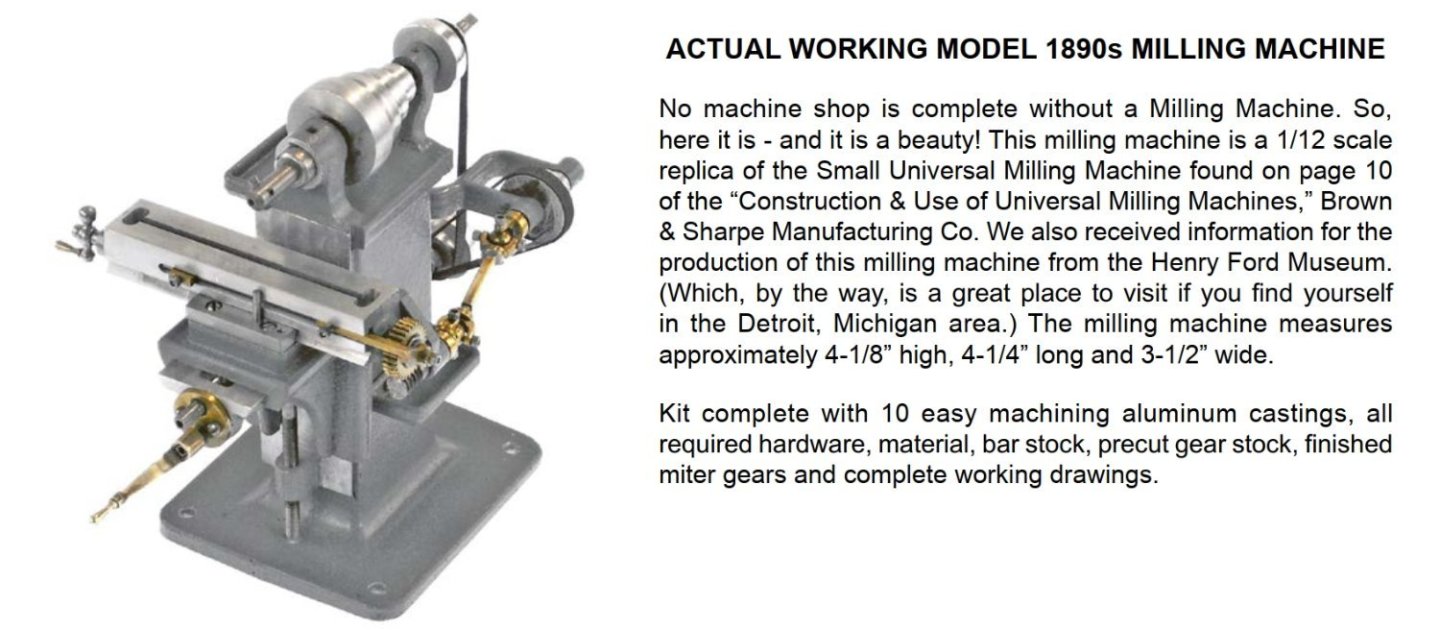
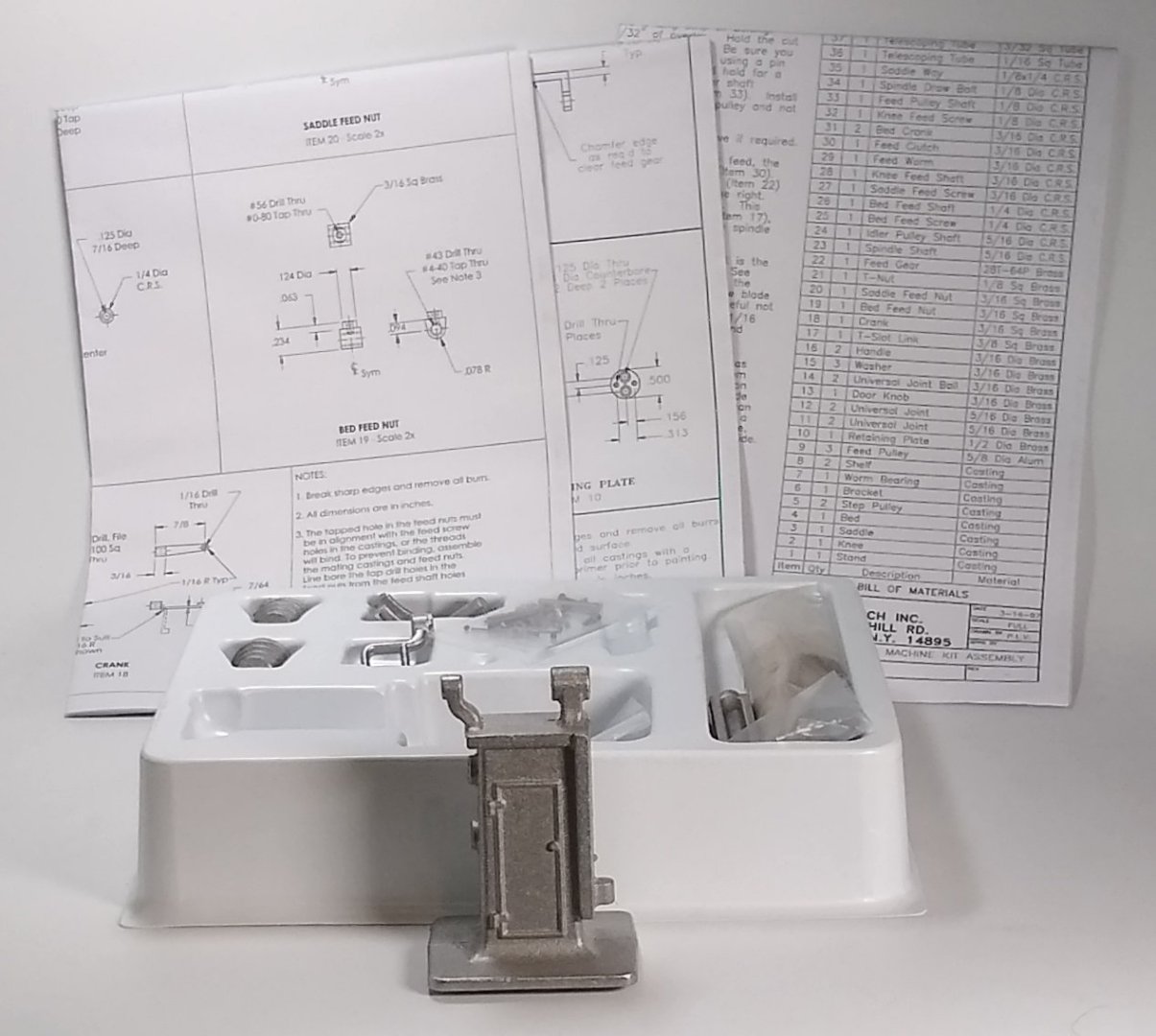
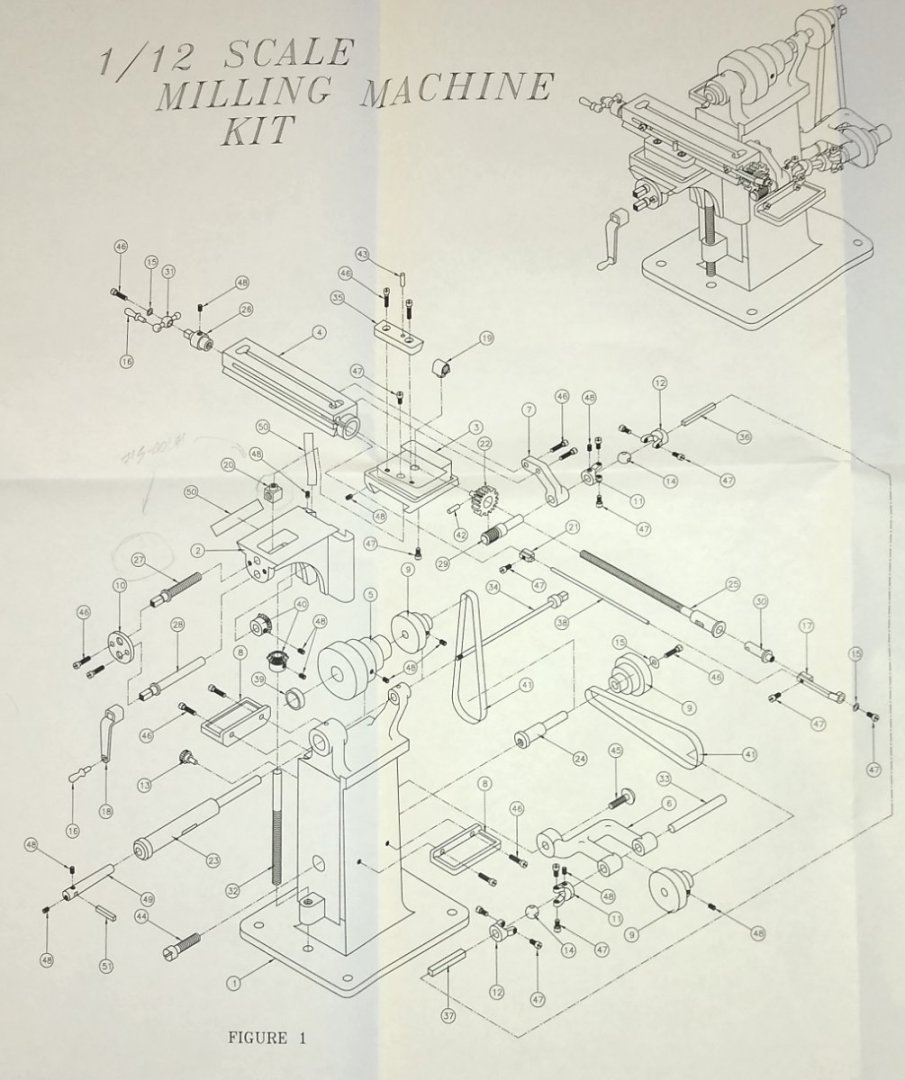
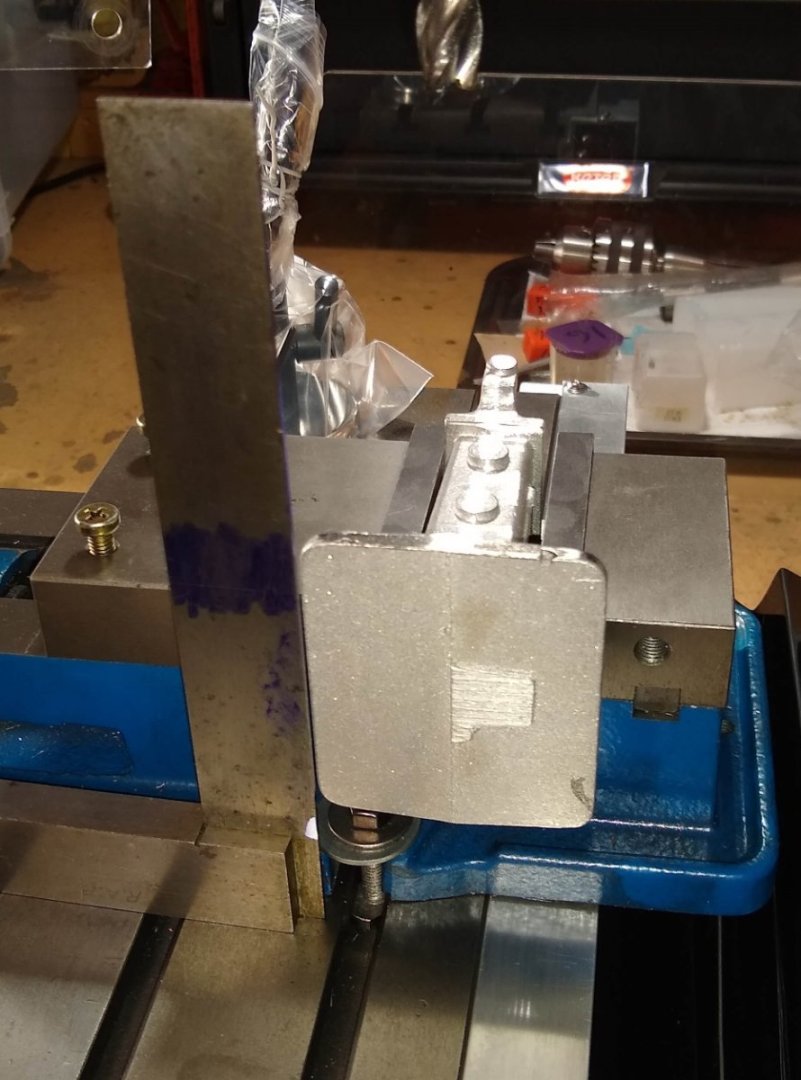
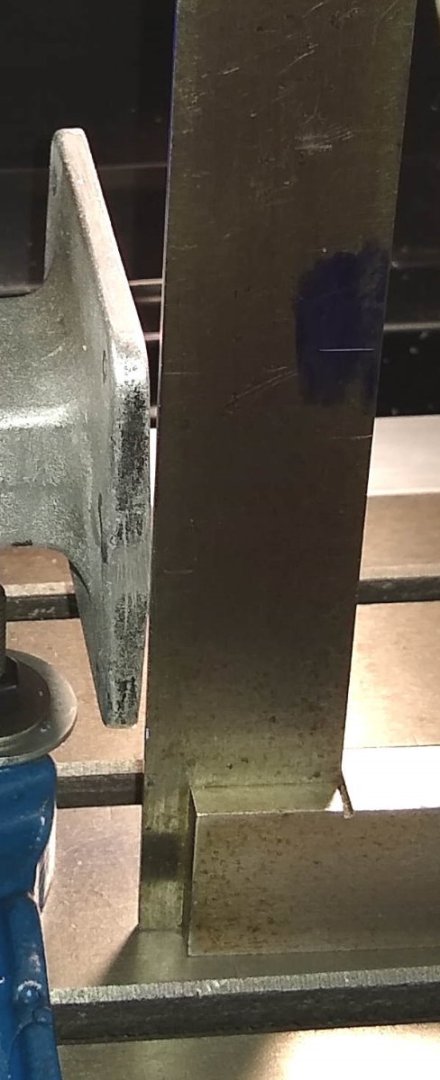
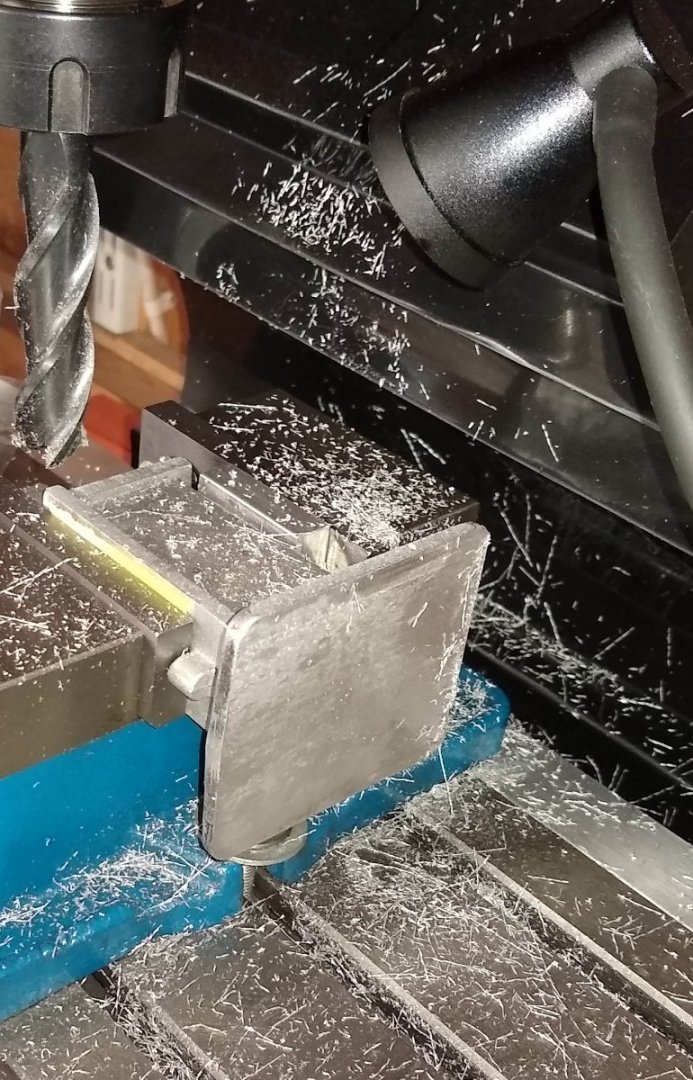

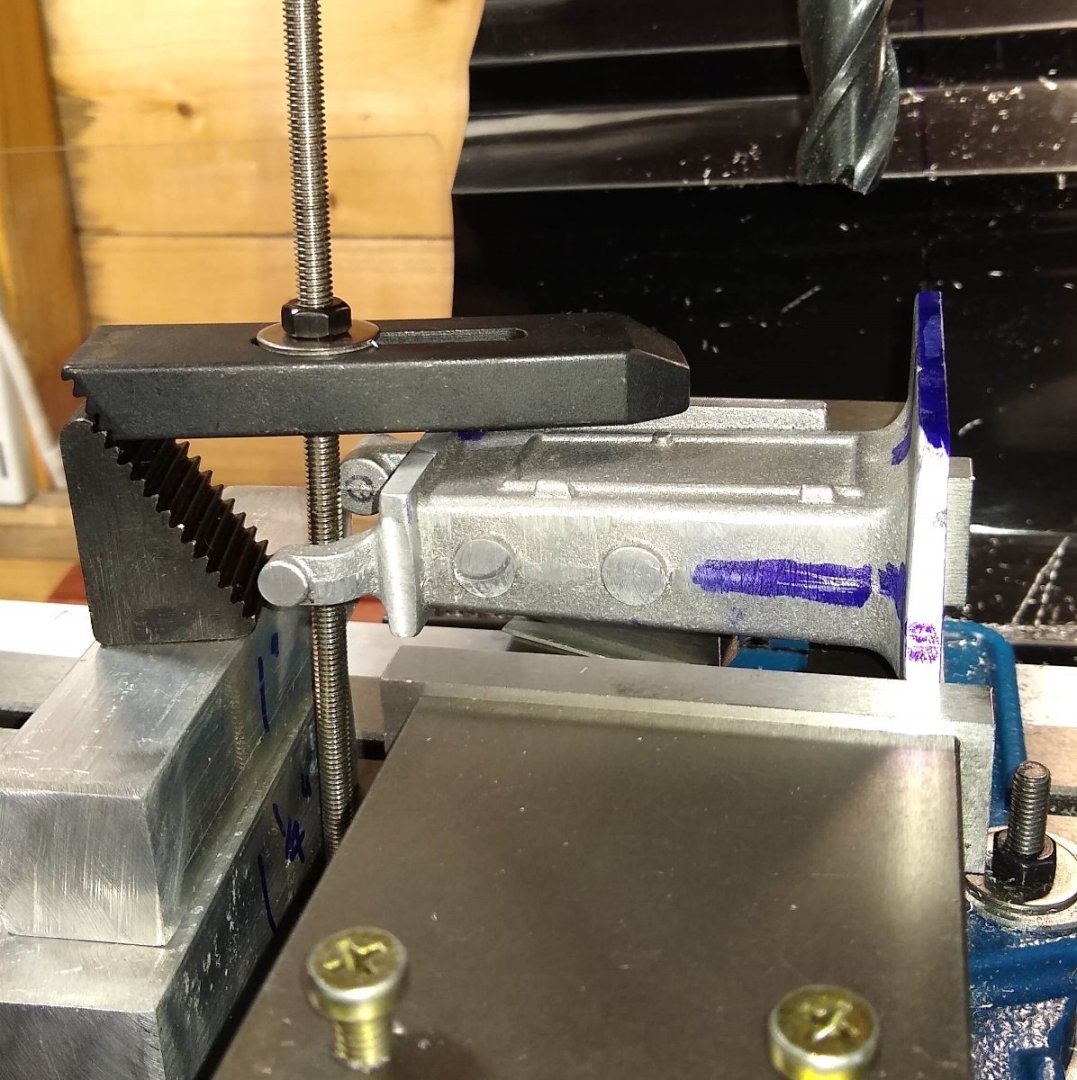
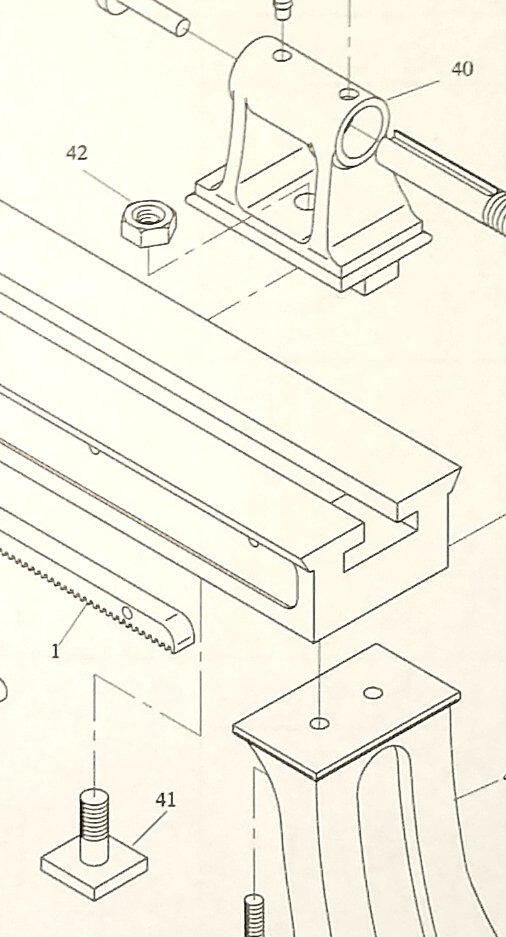
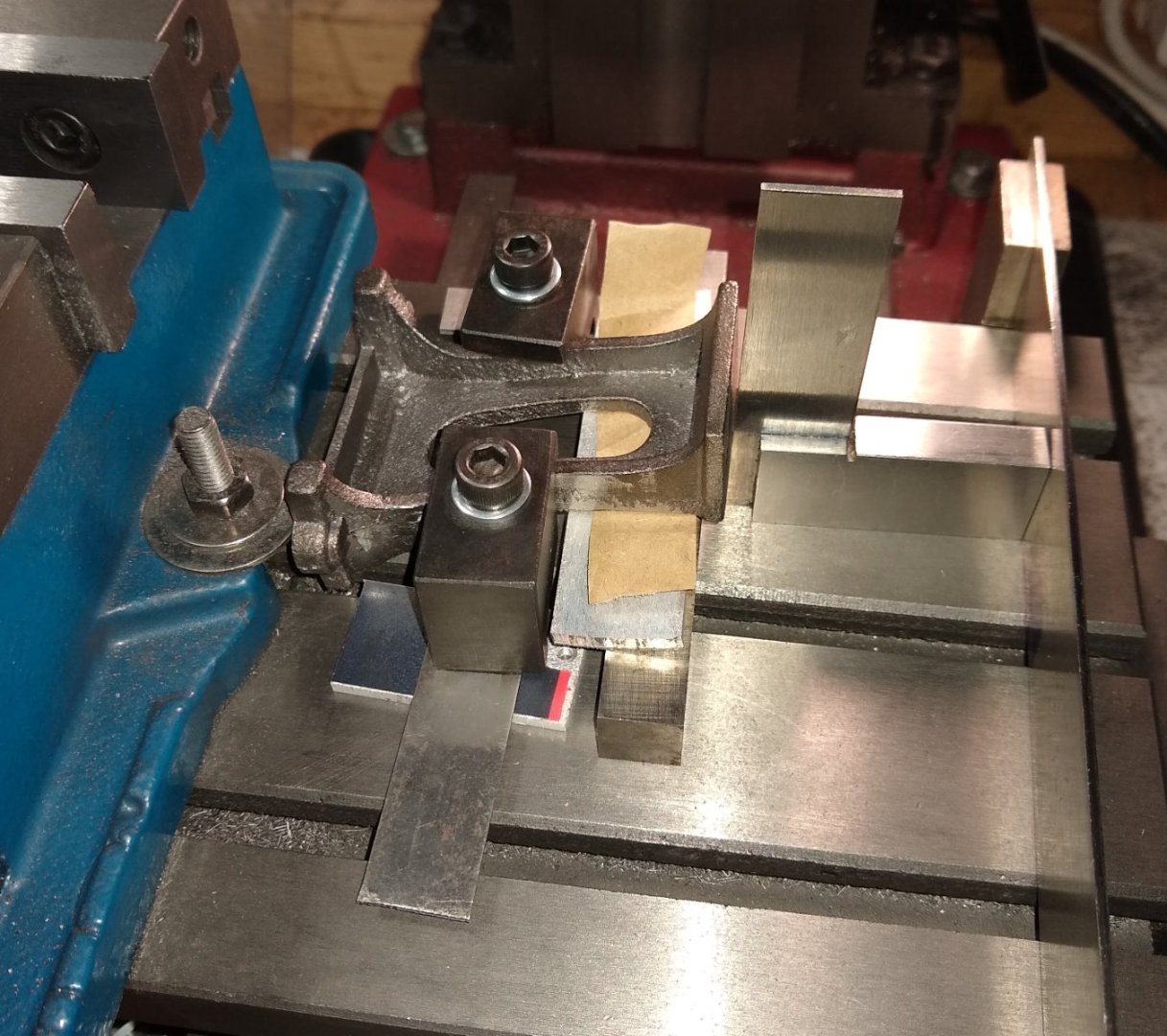
.thumb.jpg.c67233dec4dc540d4e95bae5ca45edad.jpg)